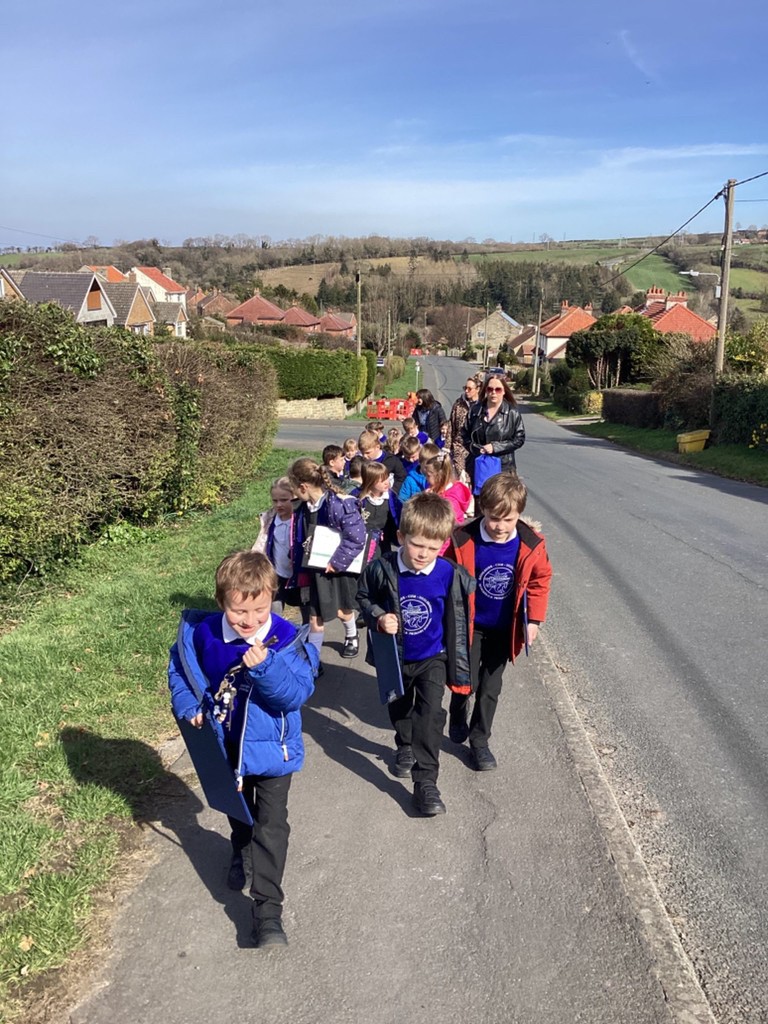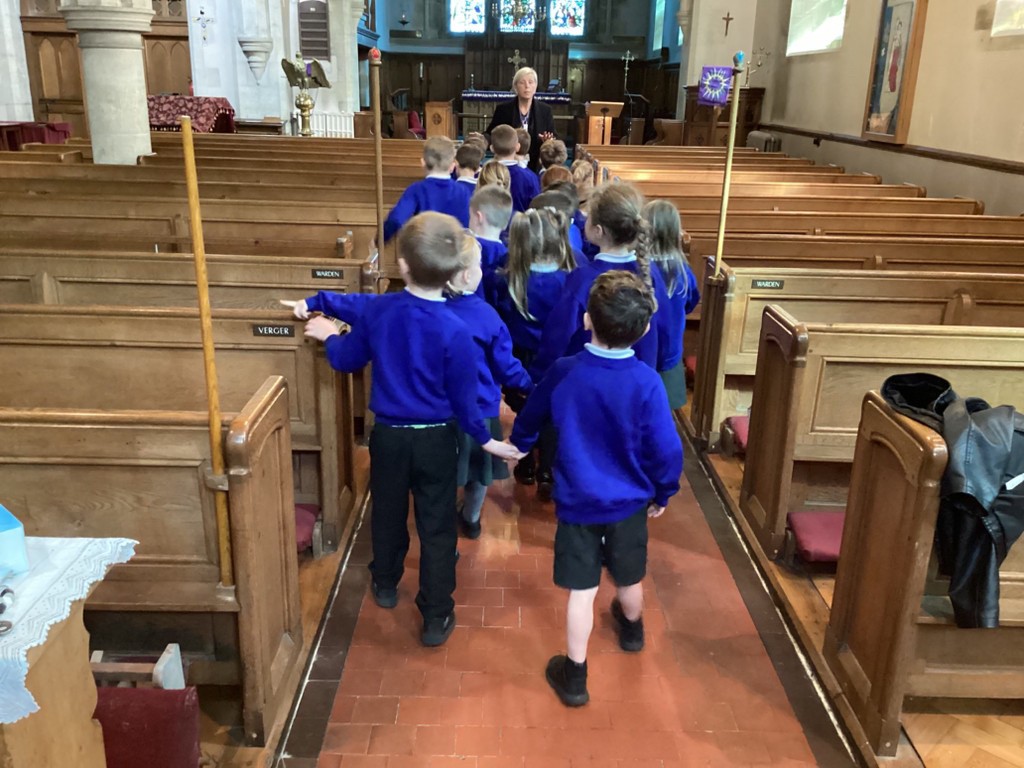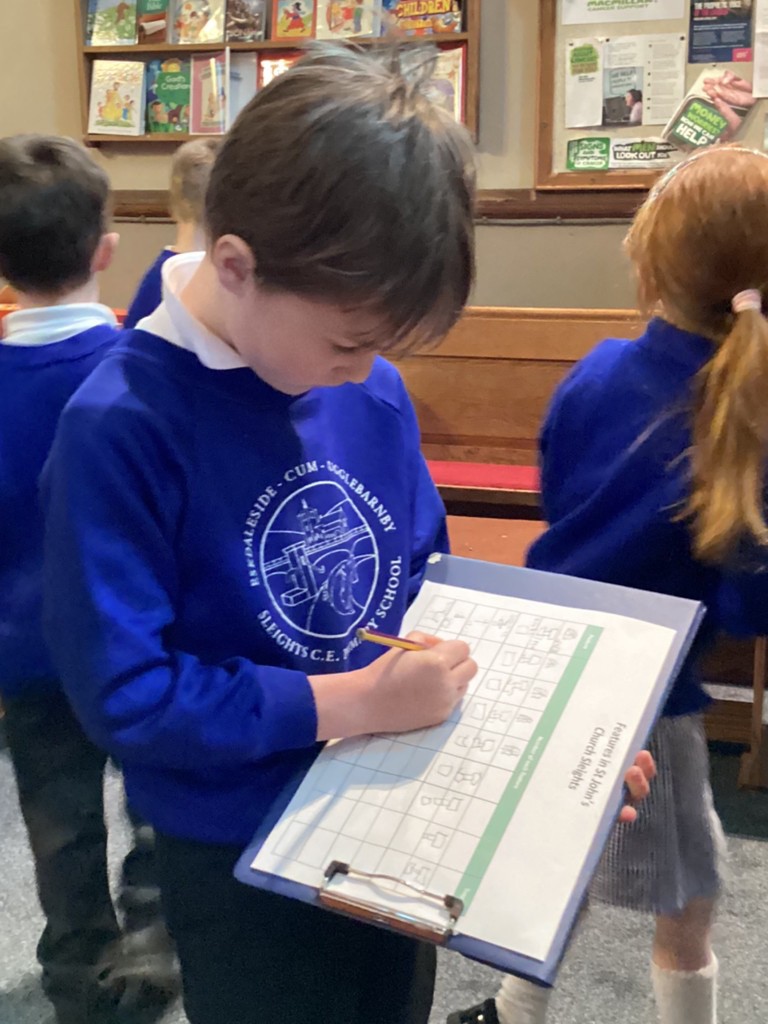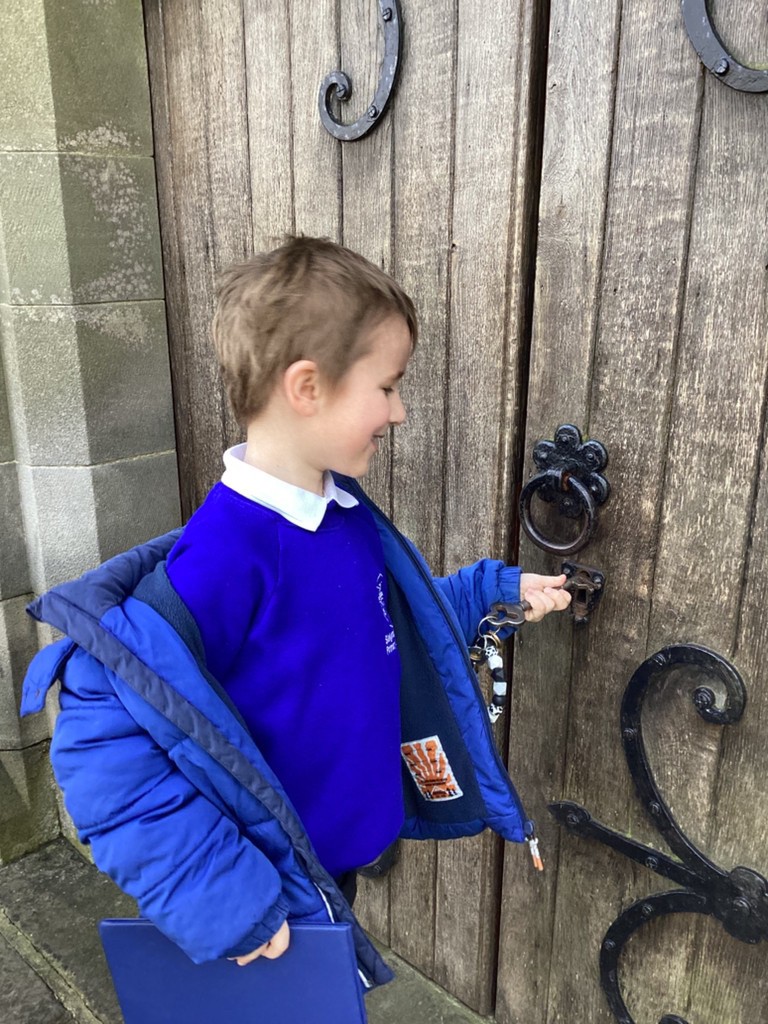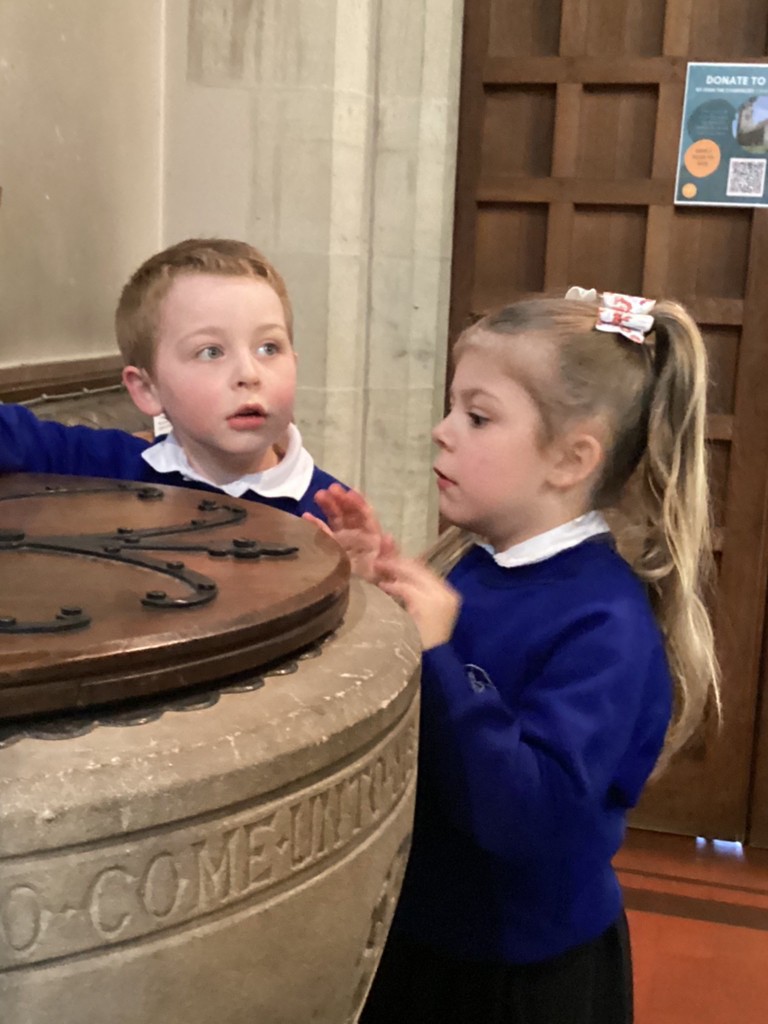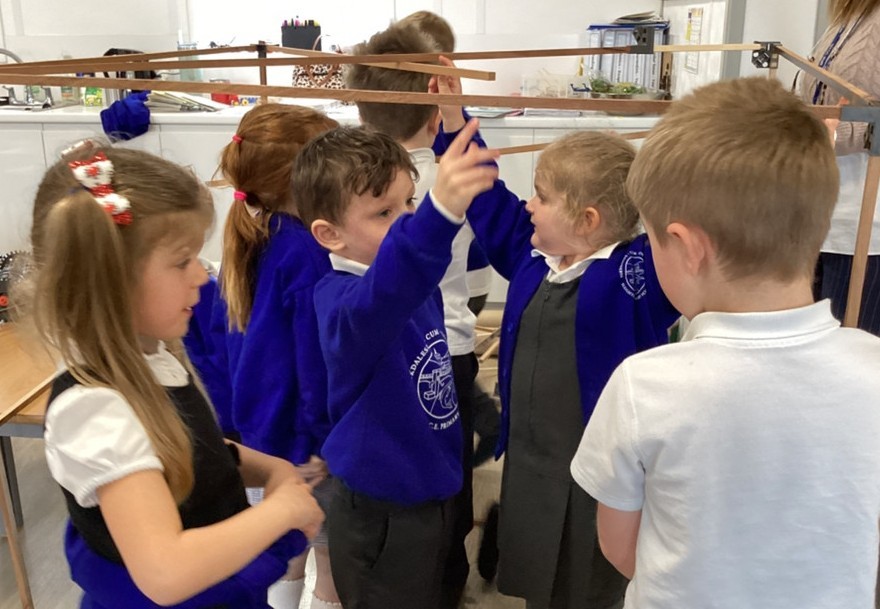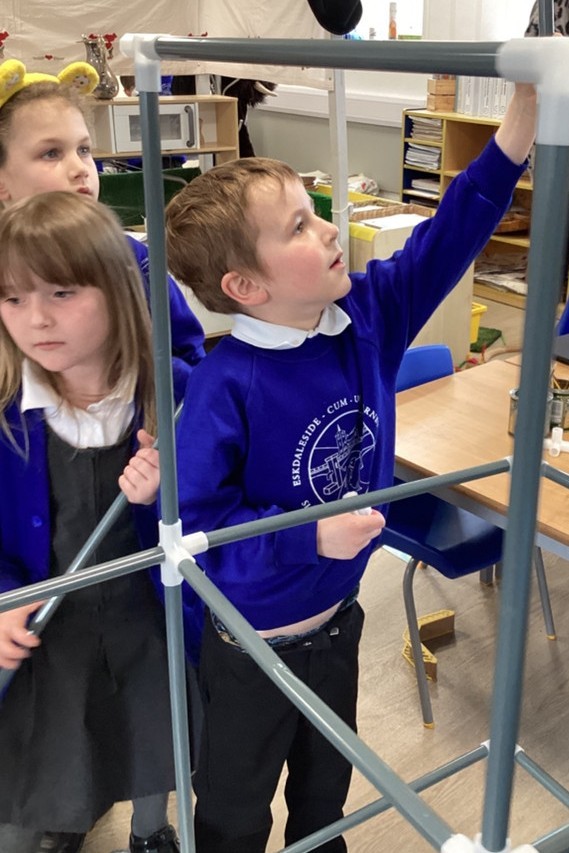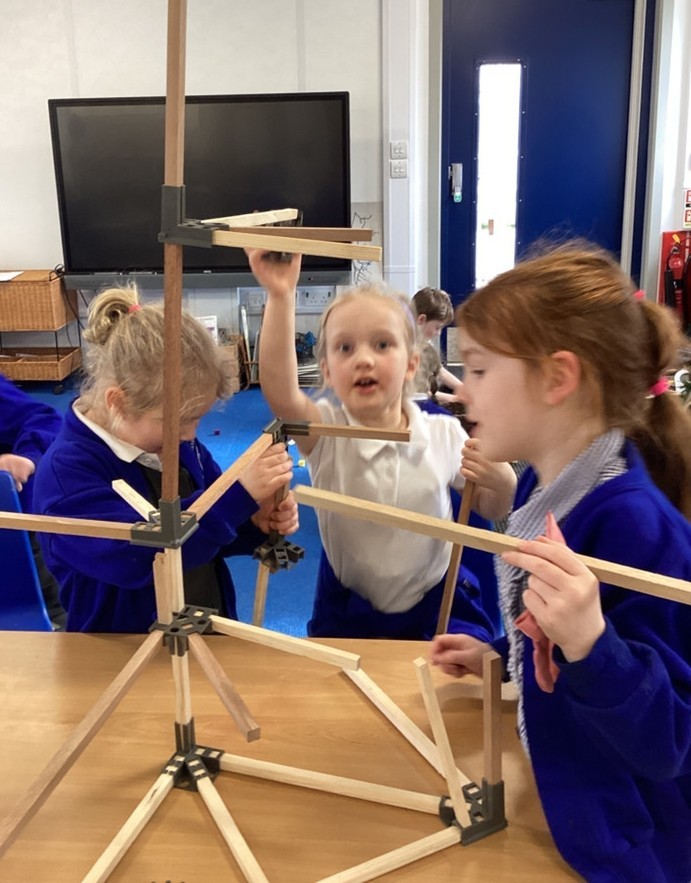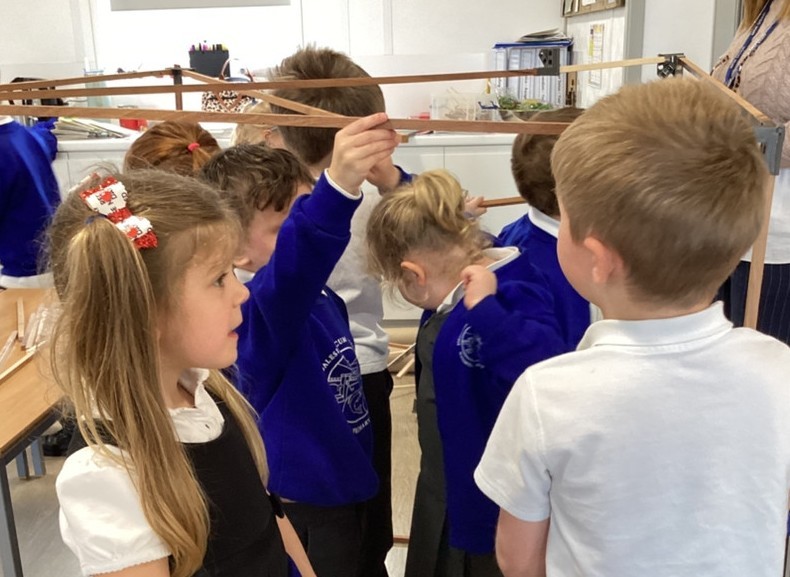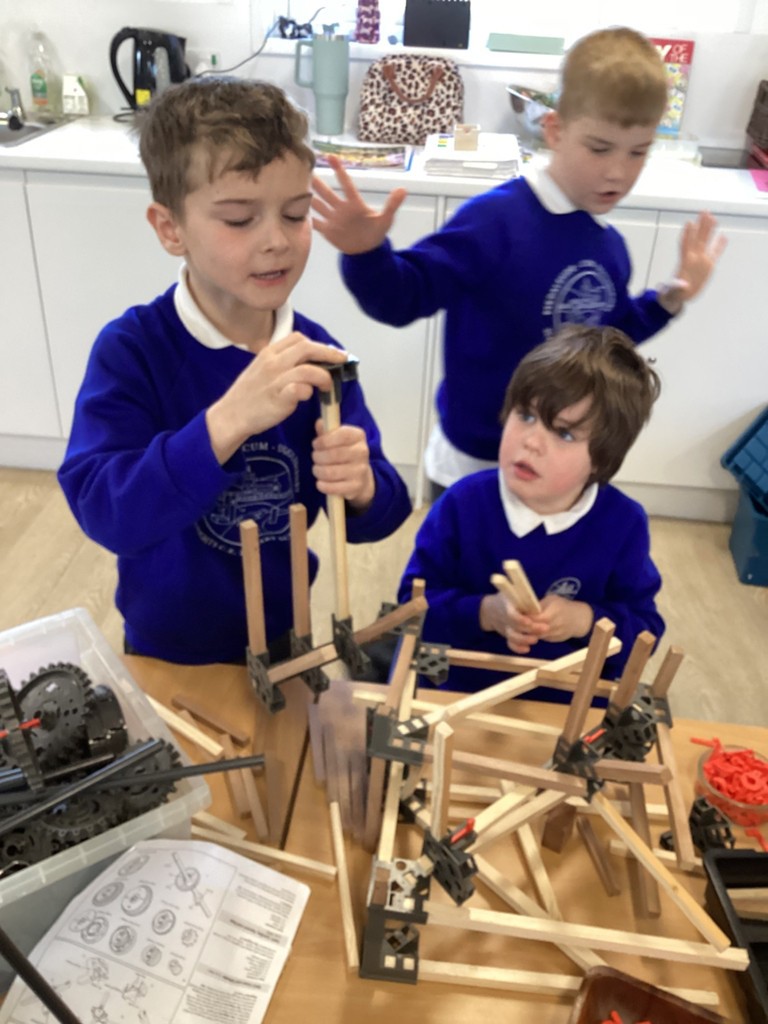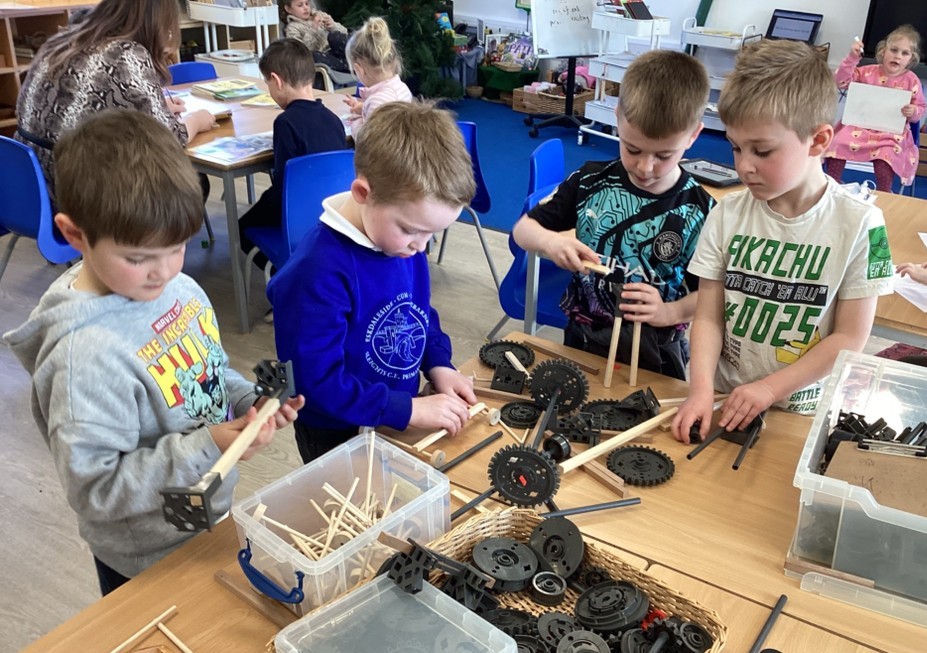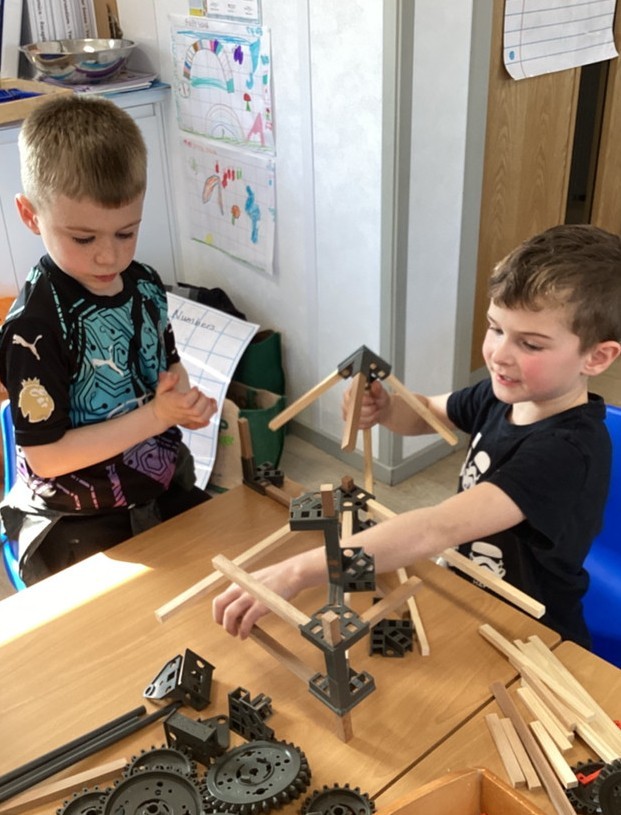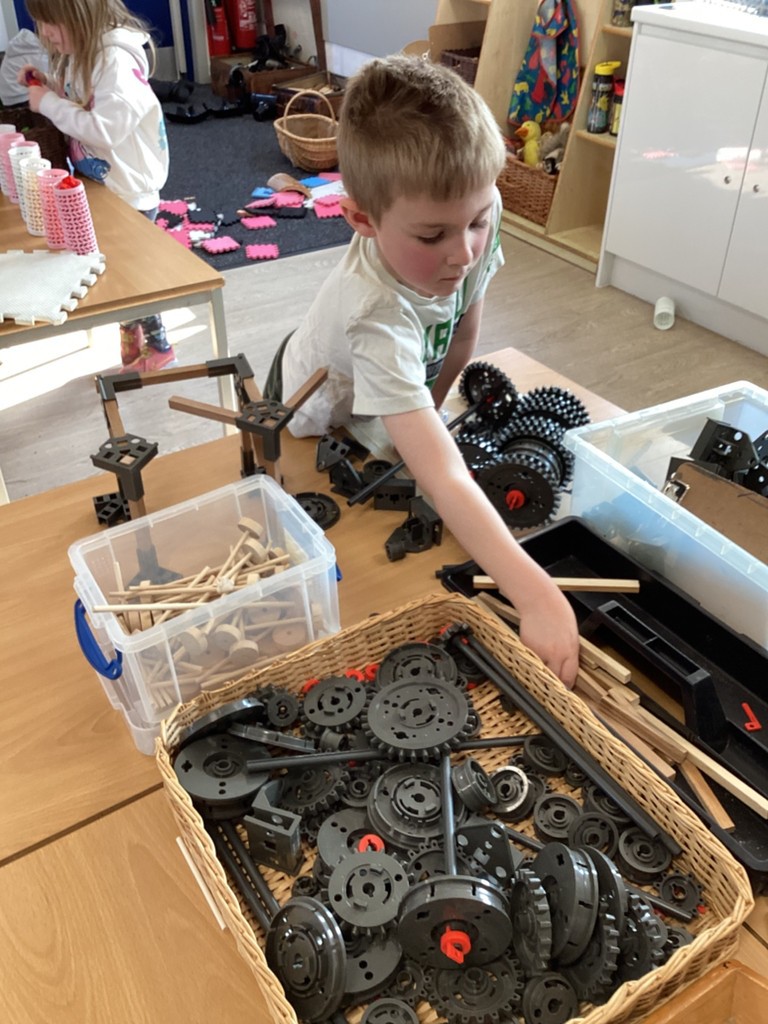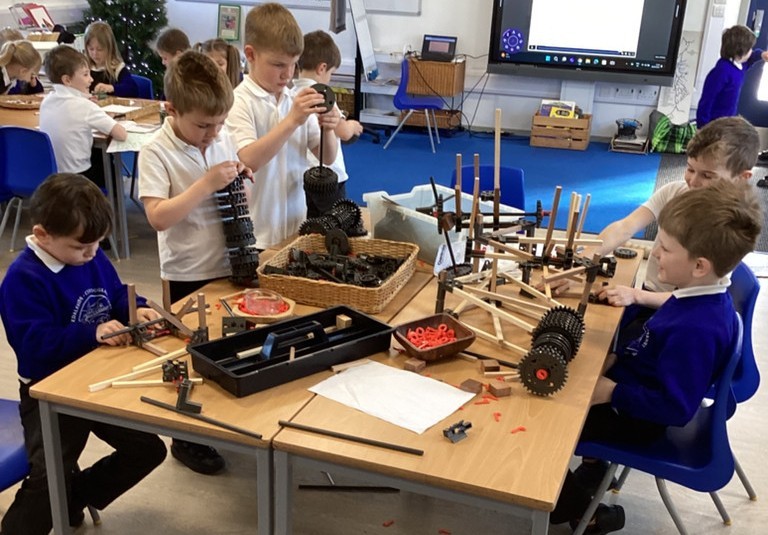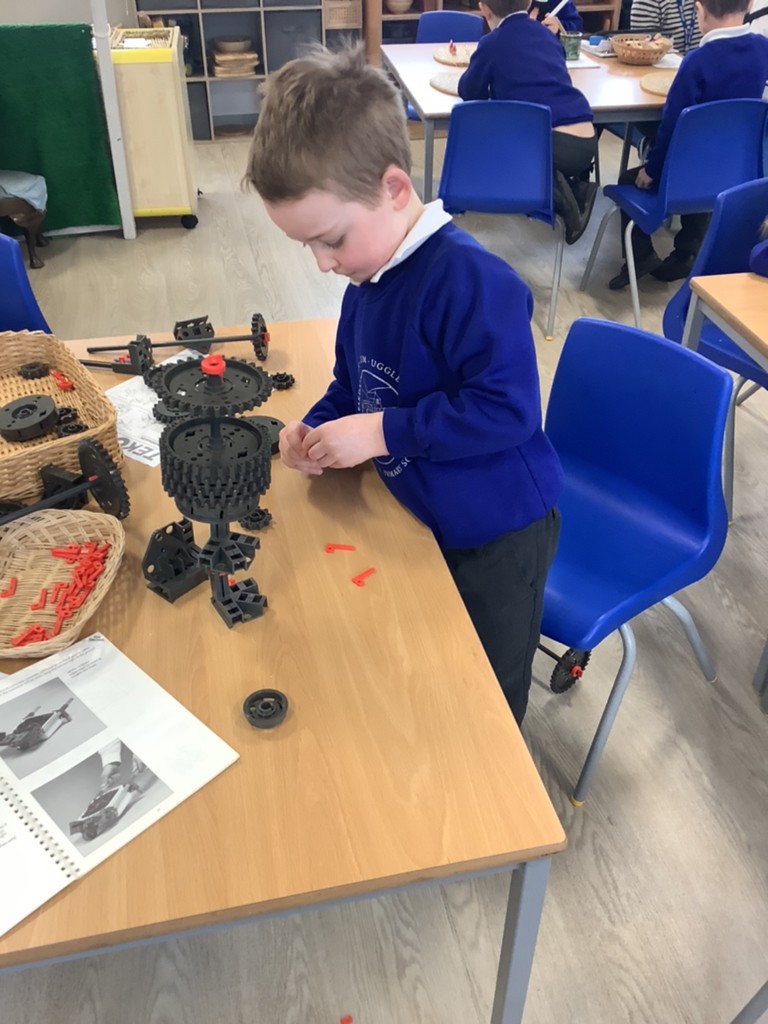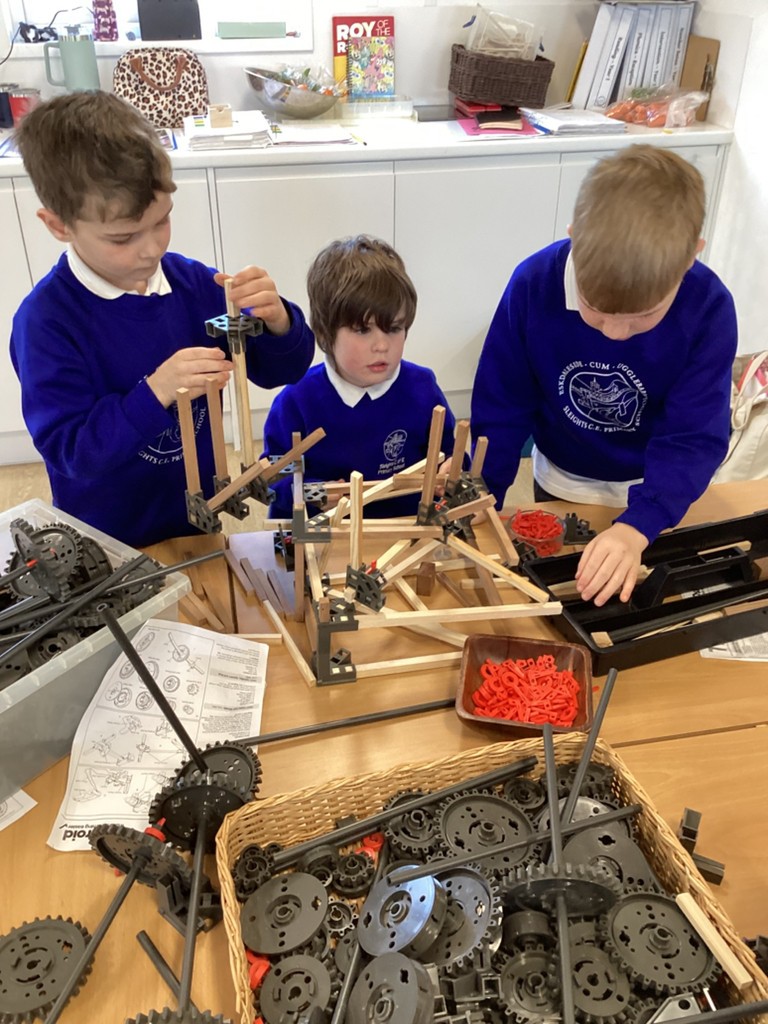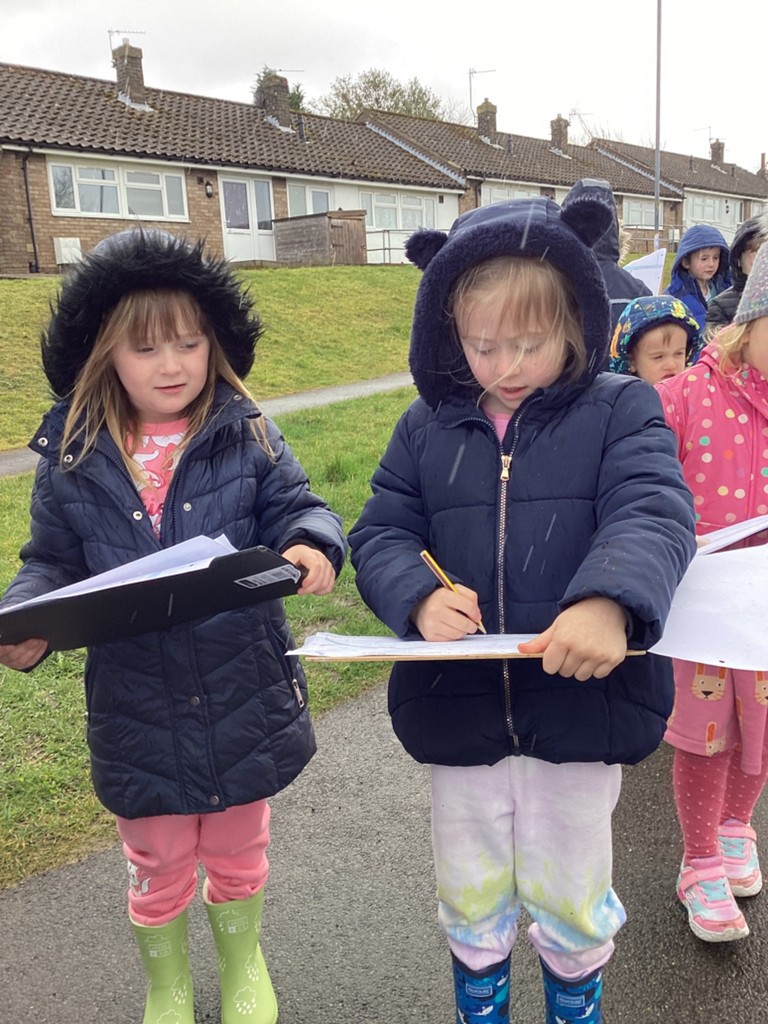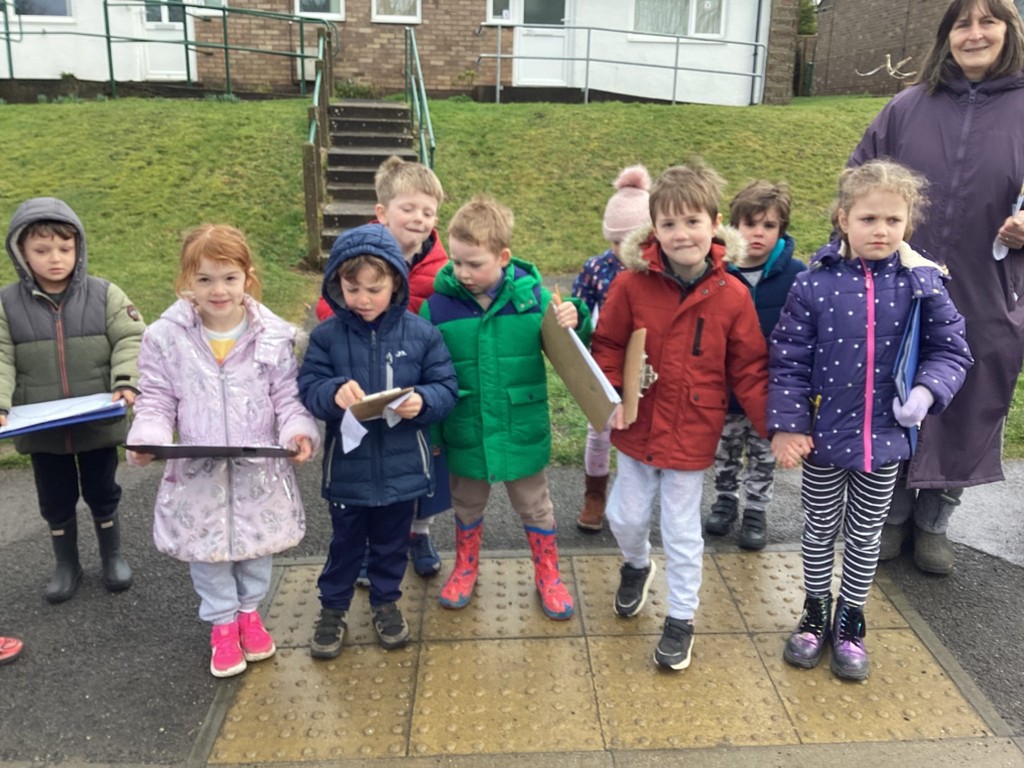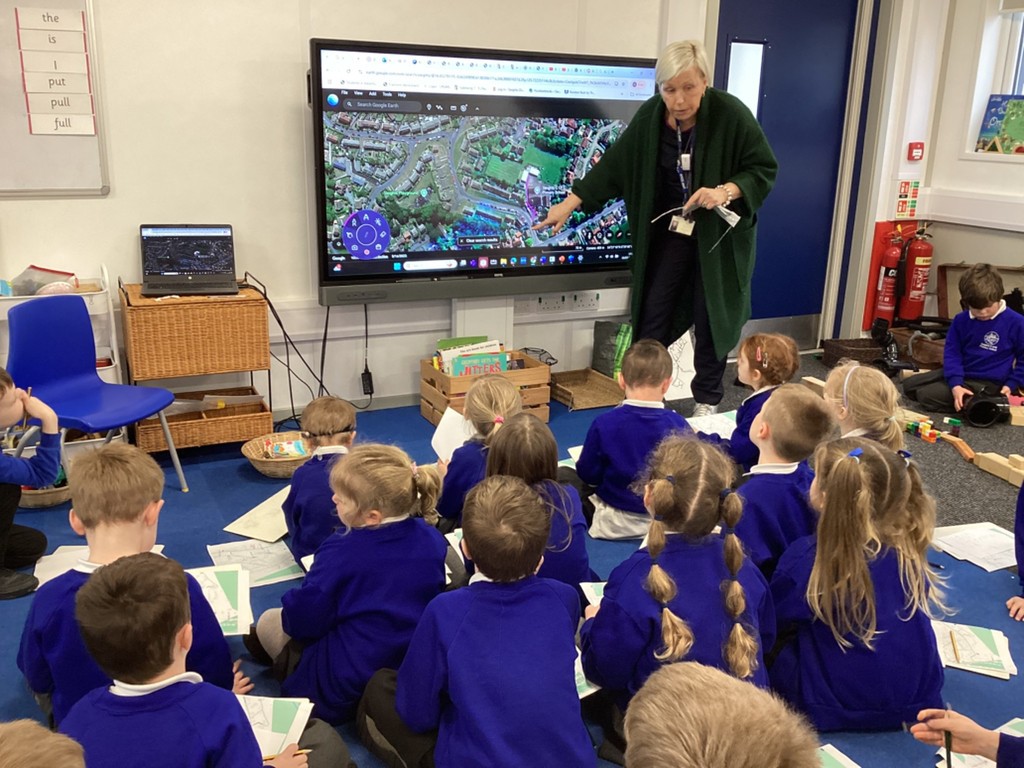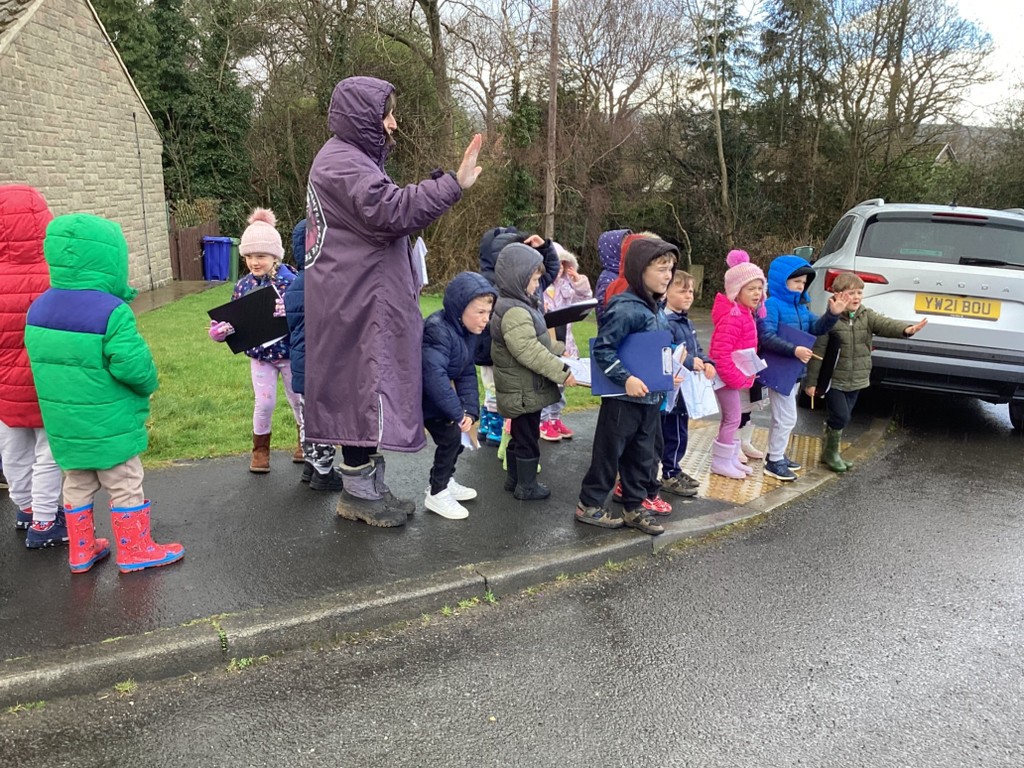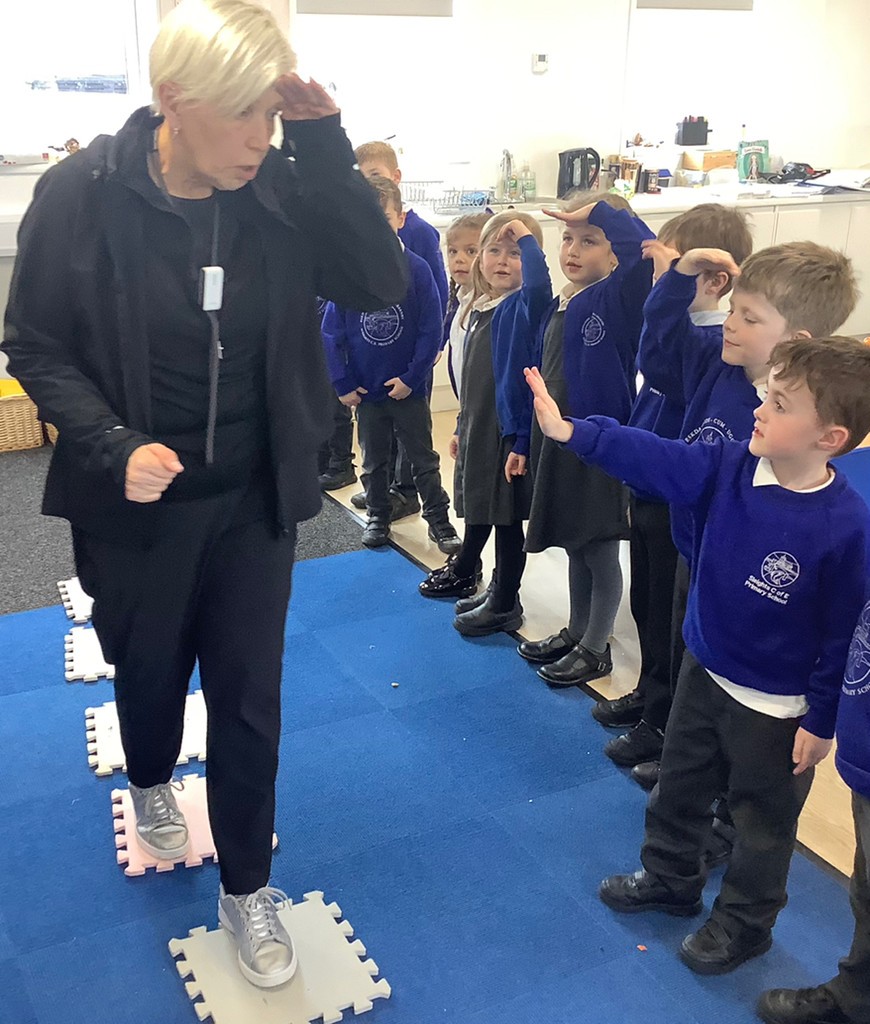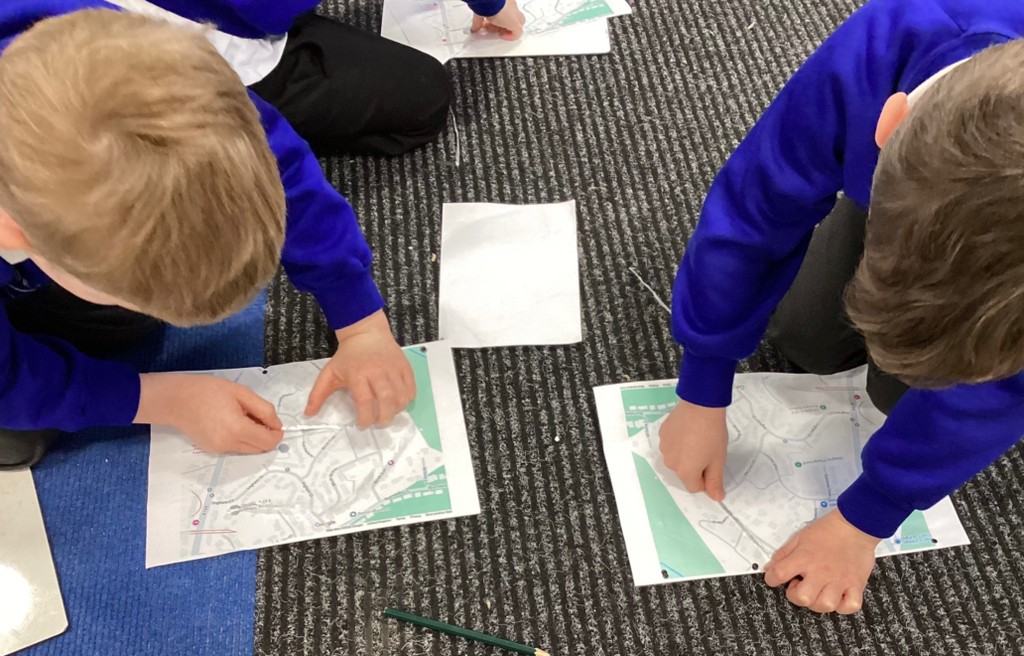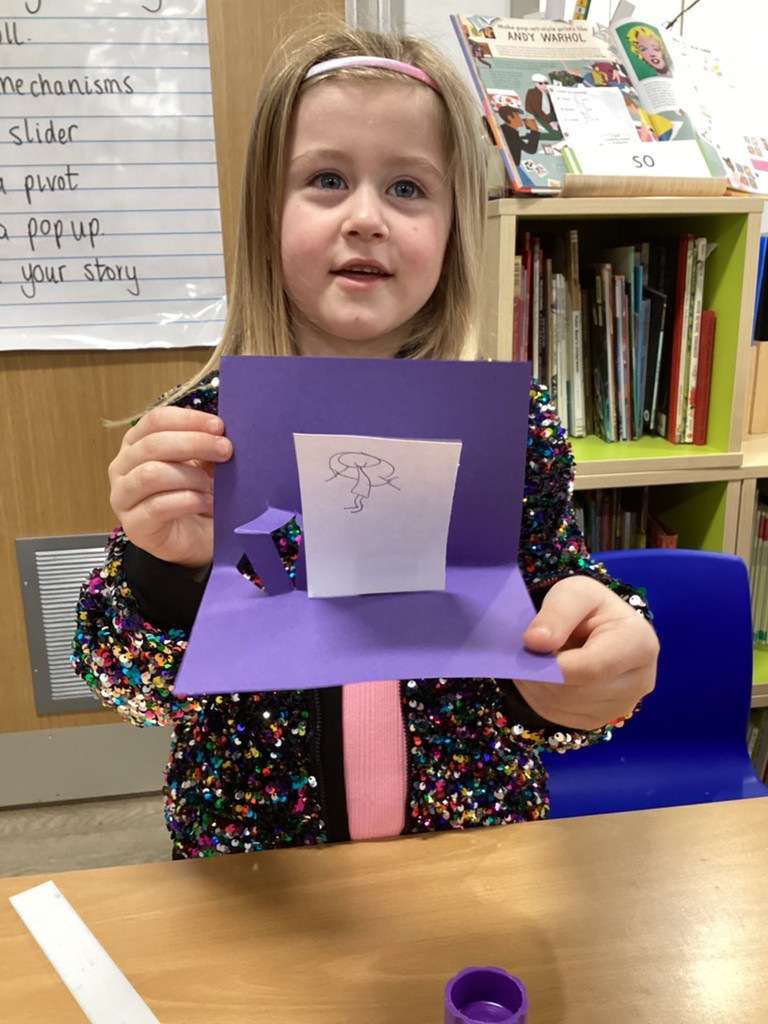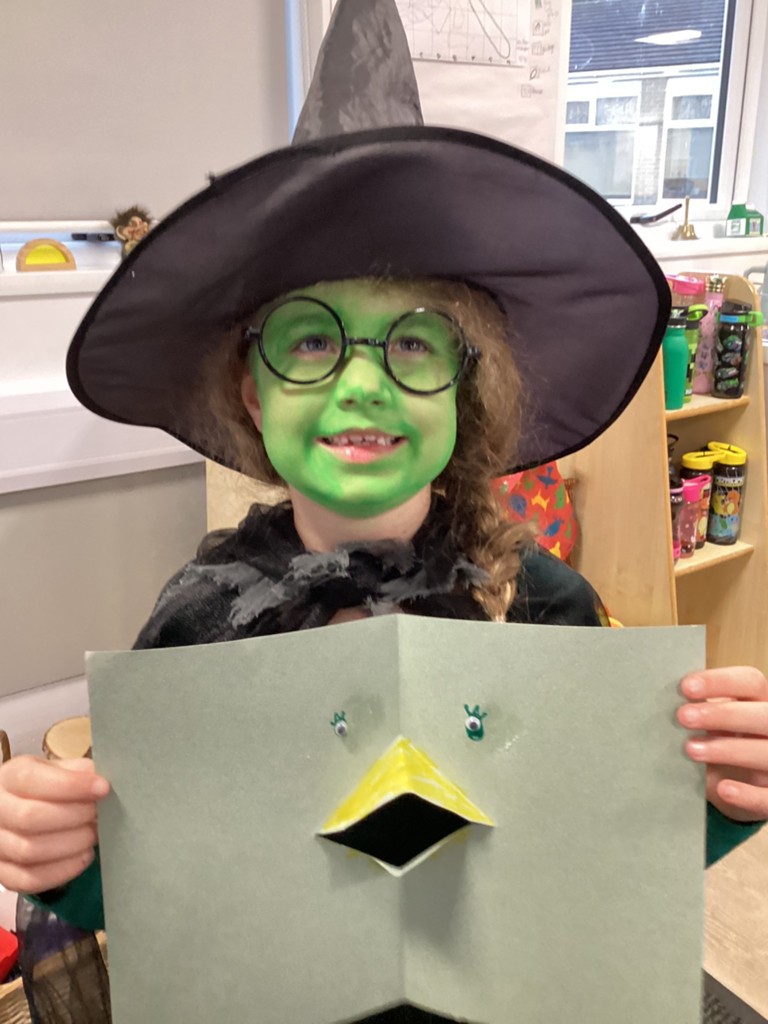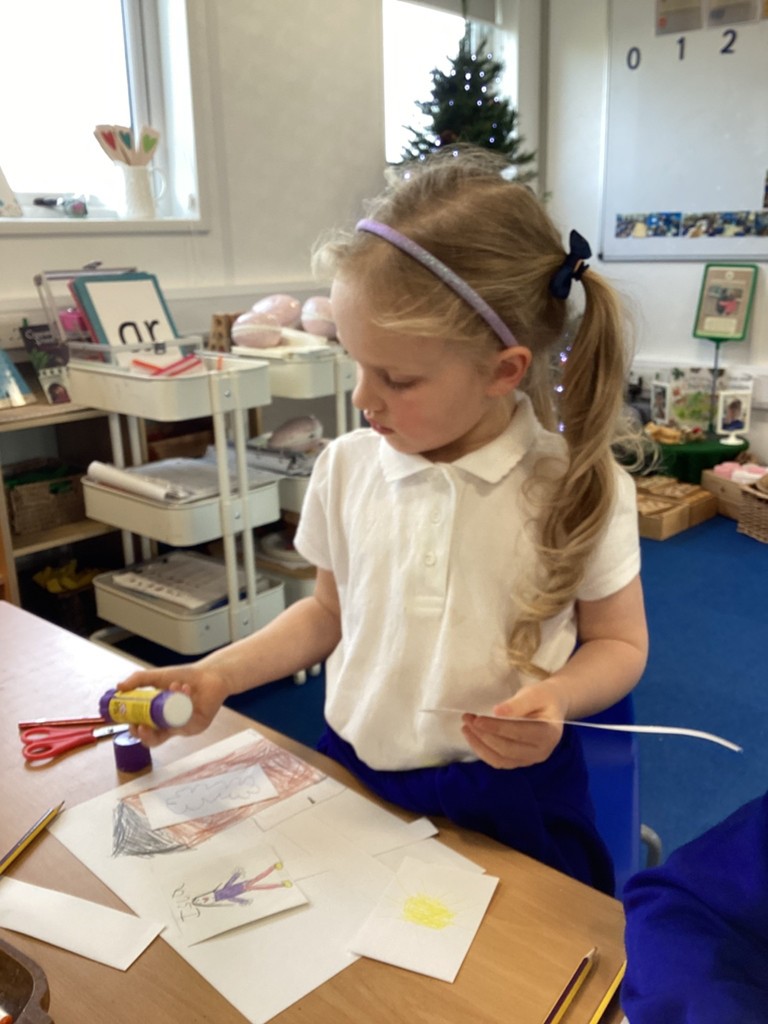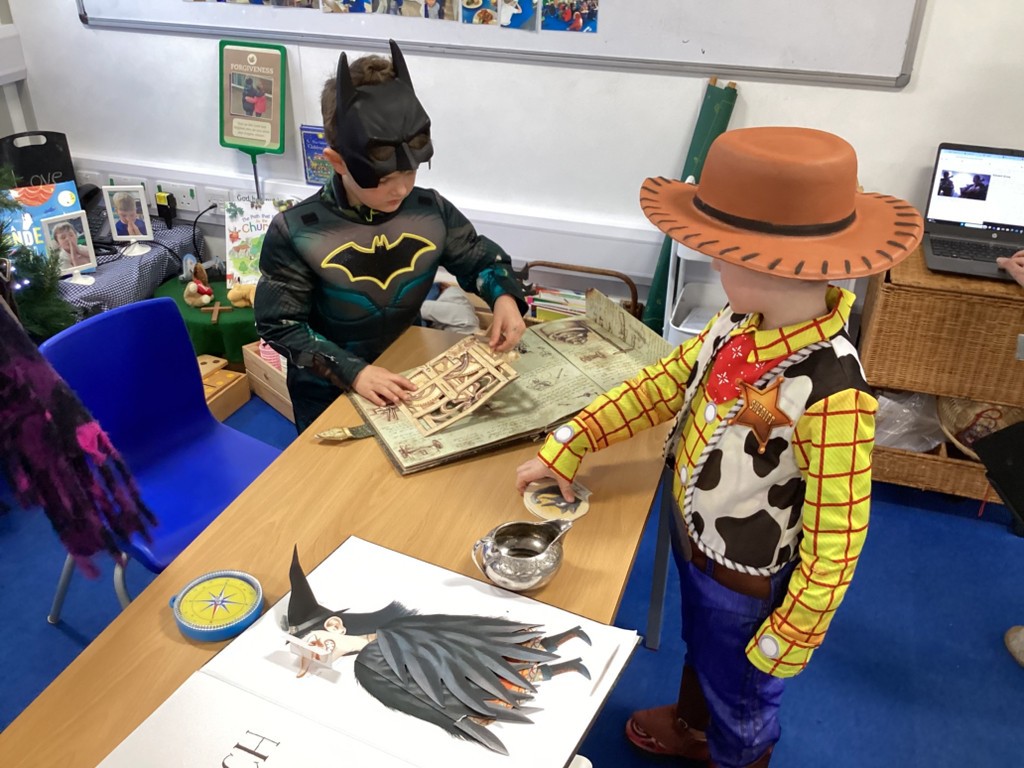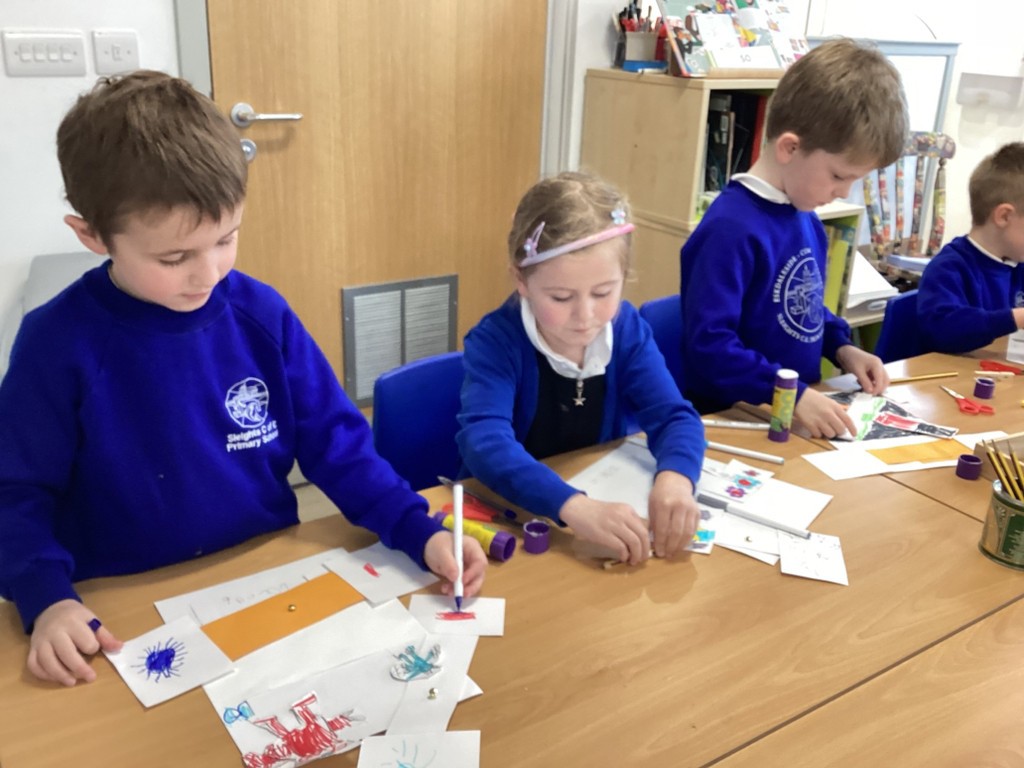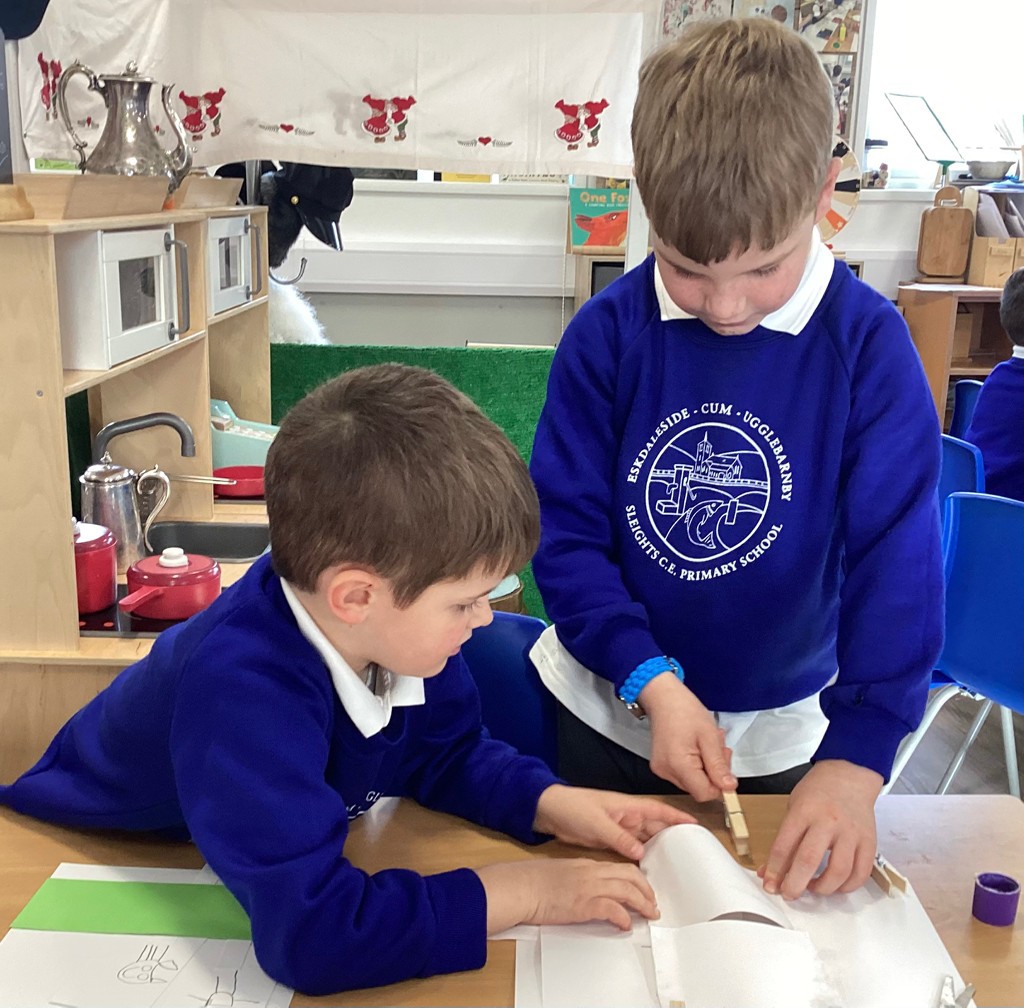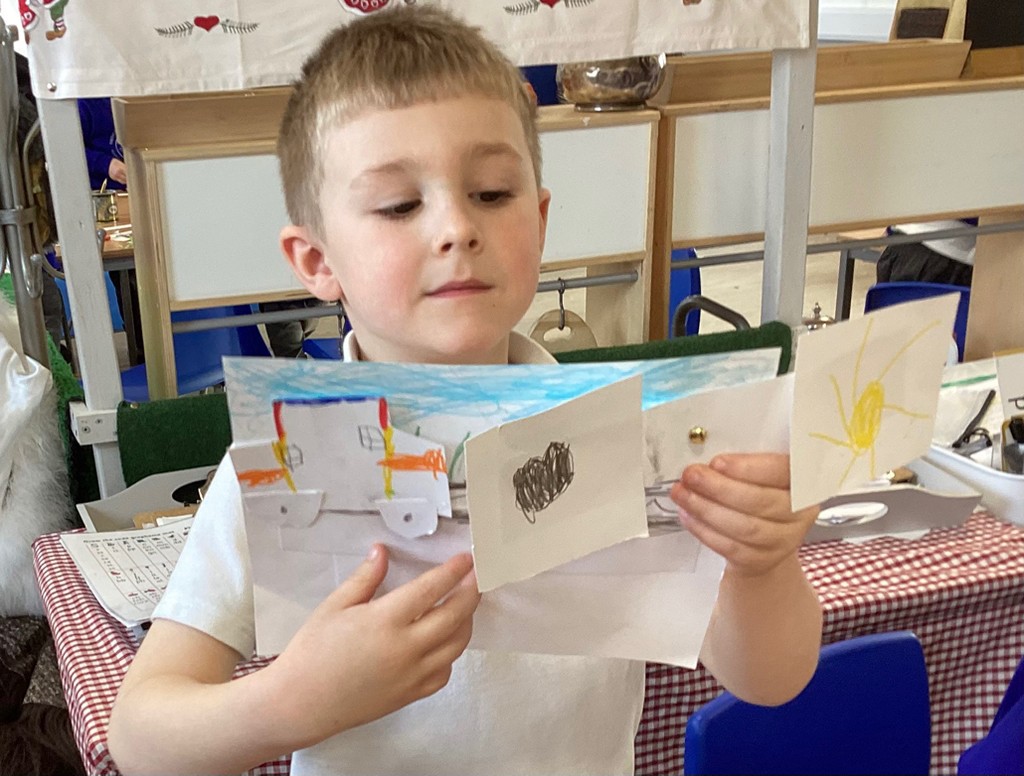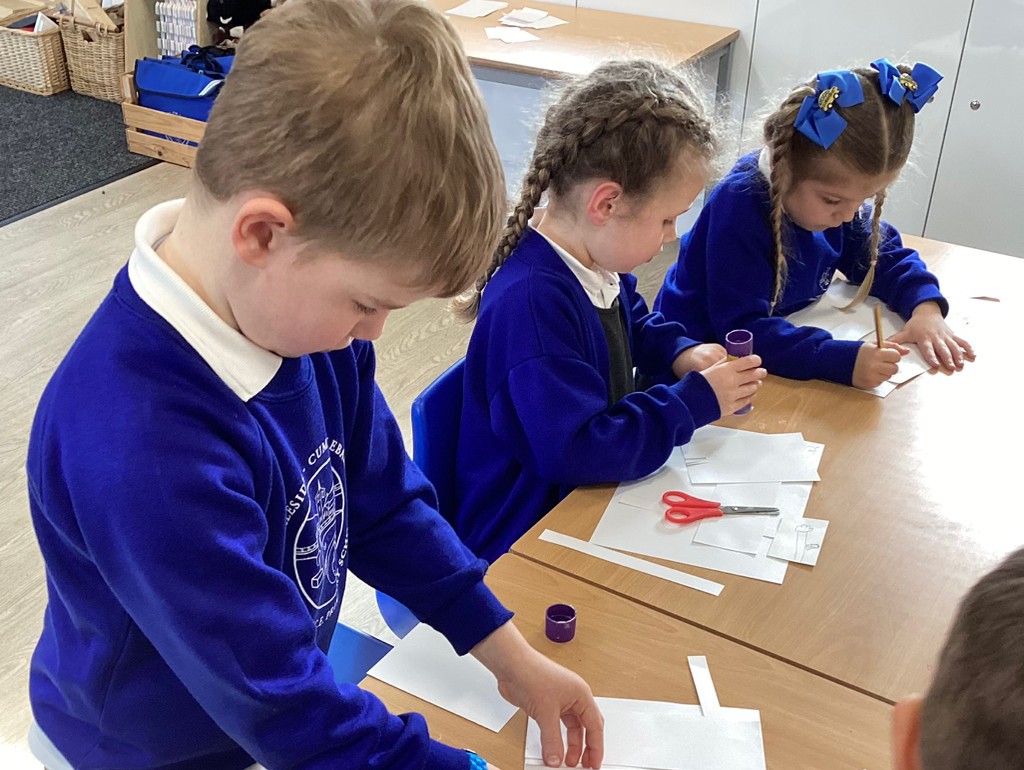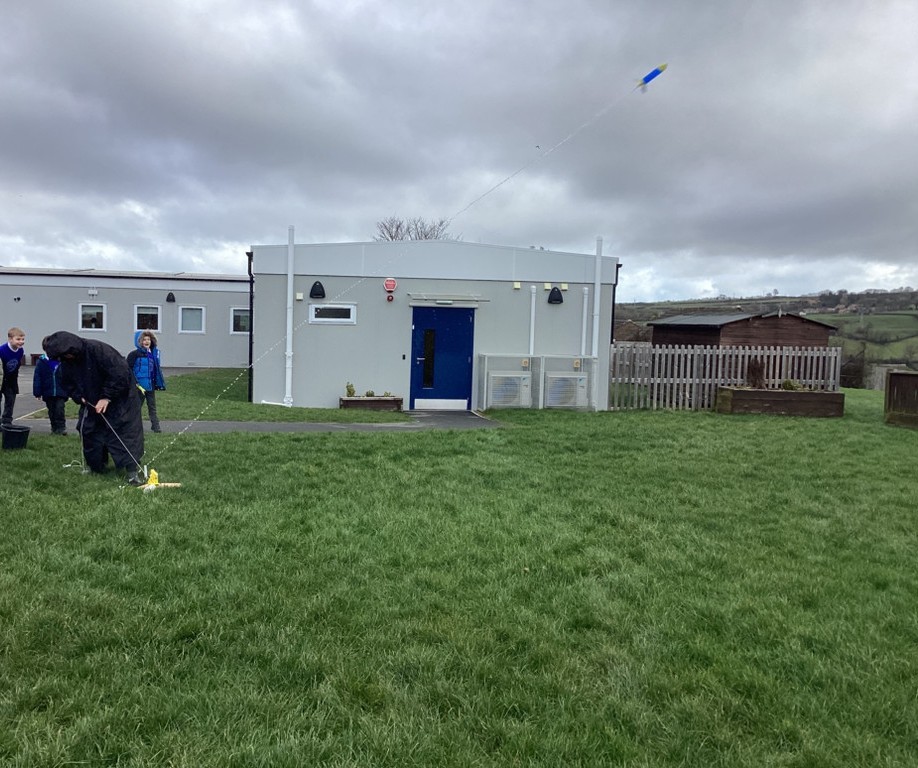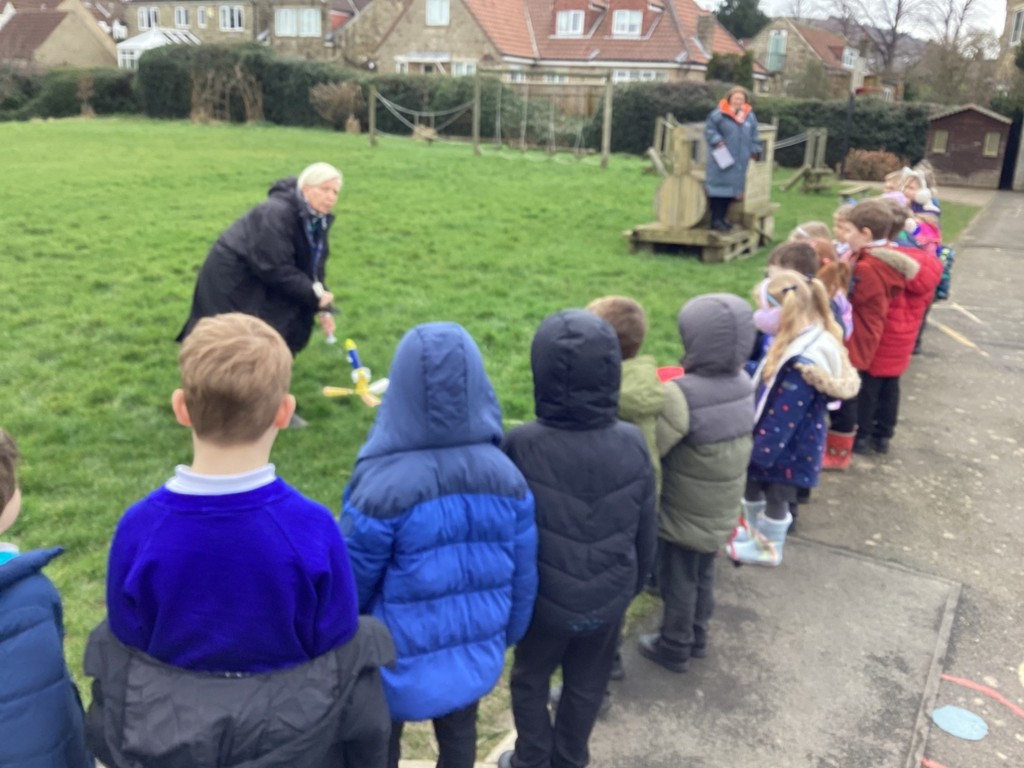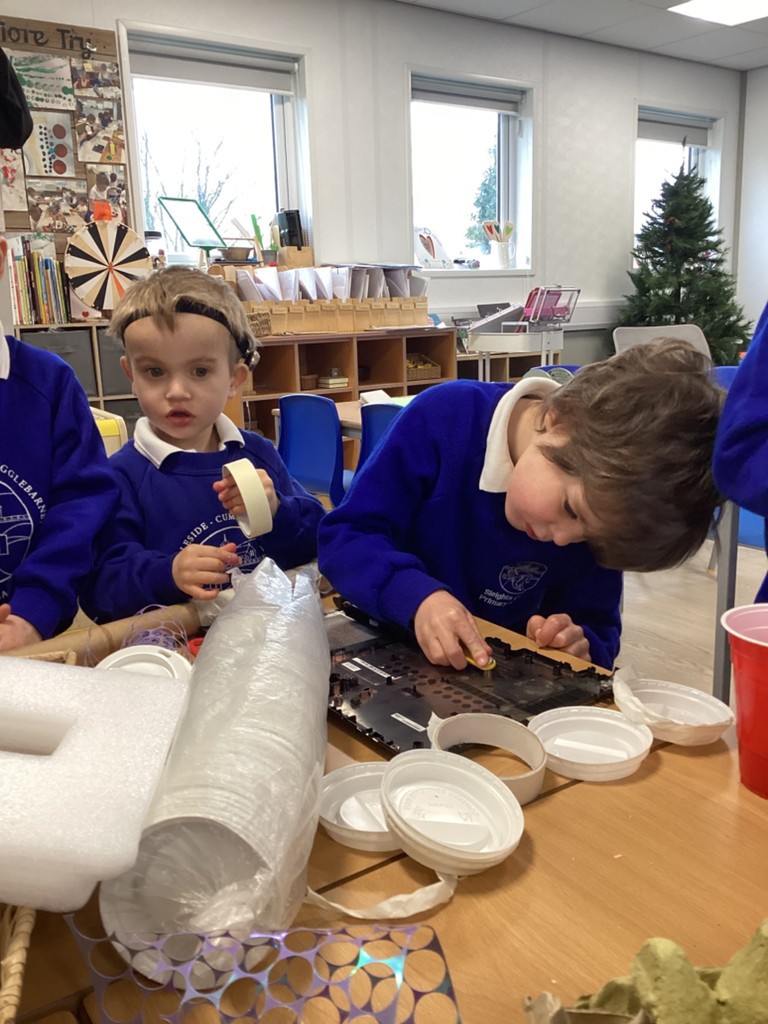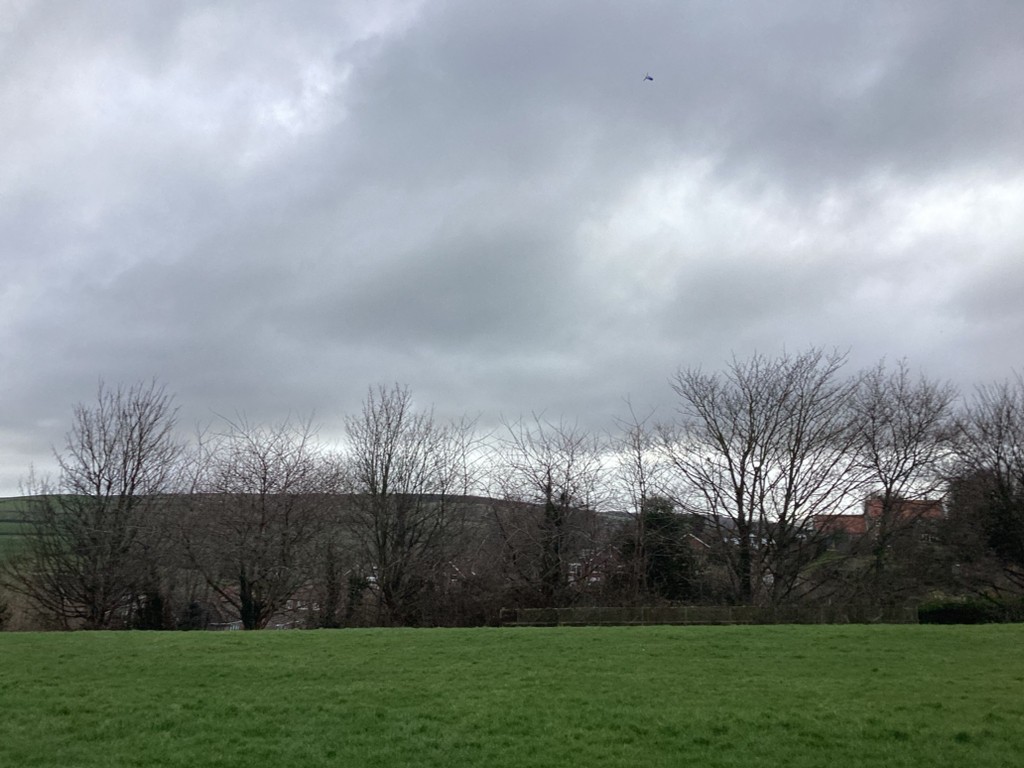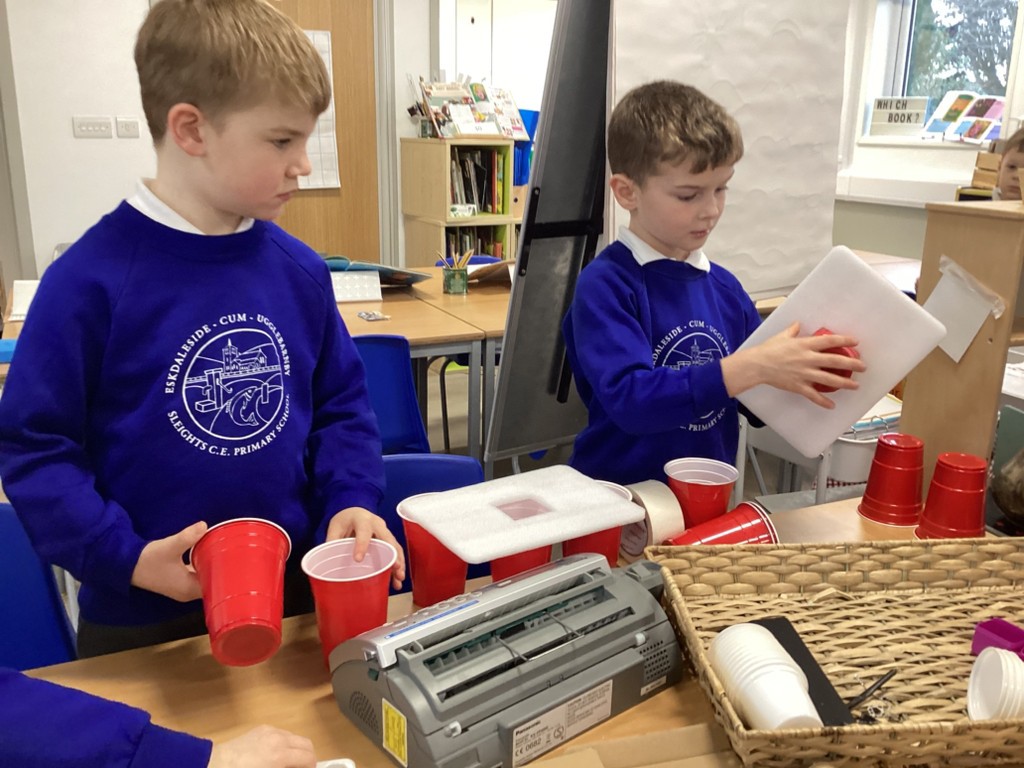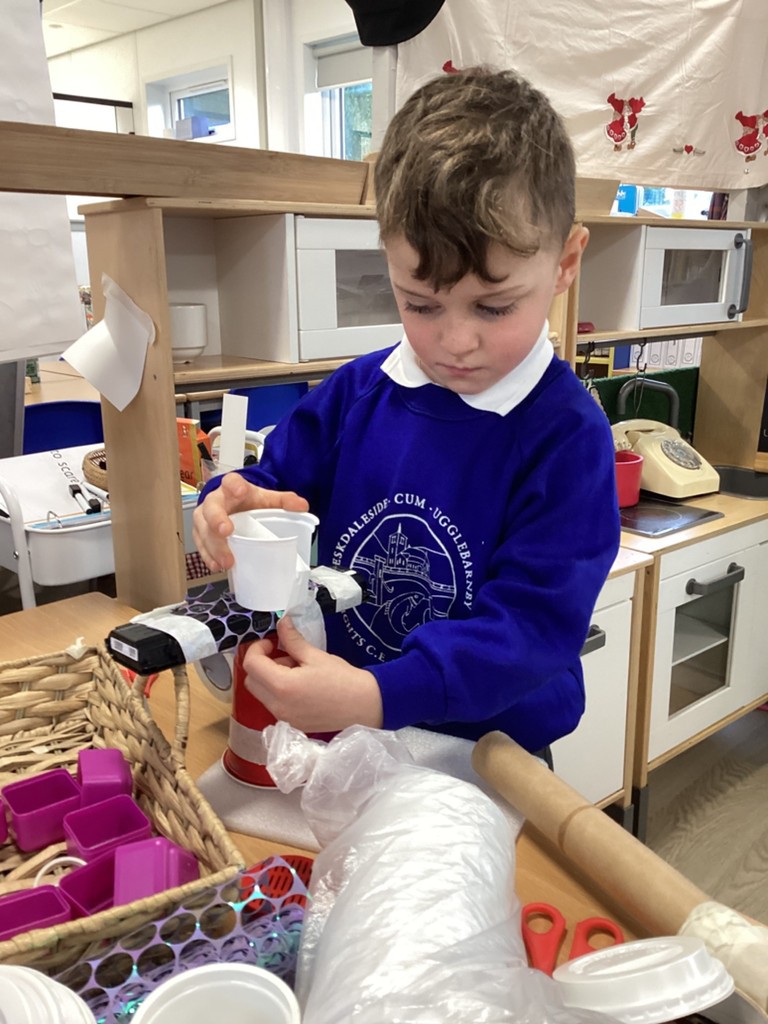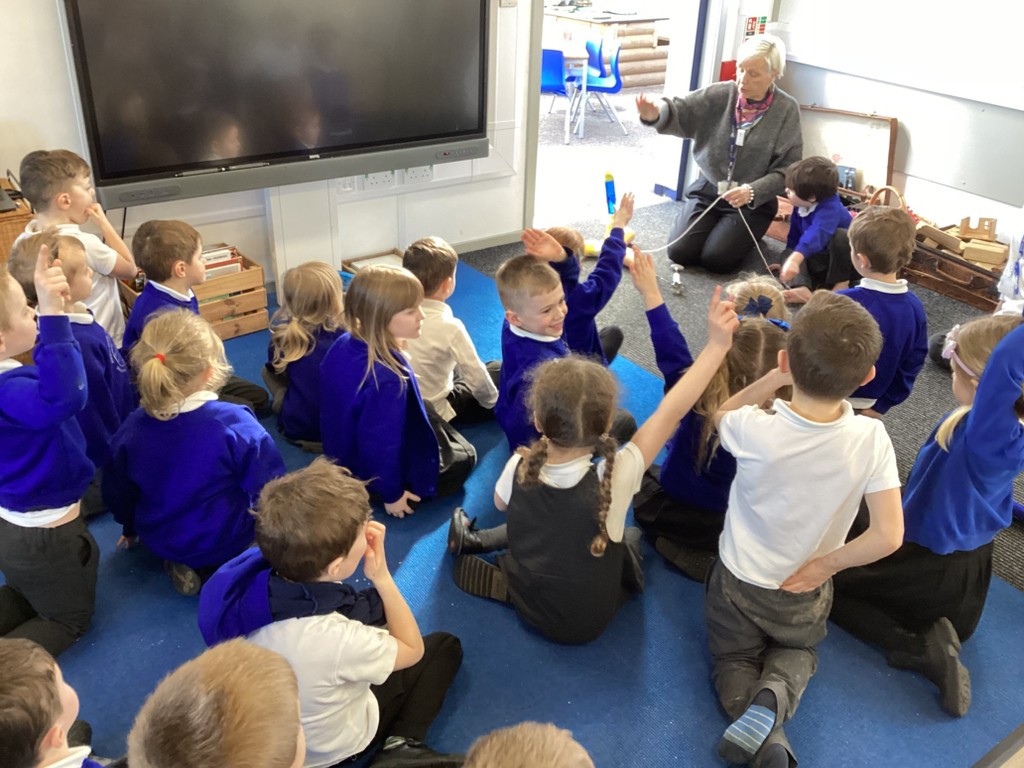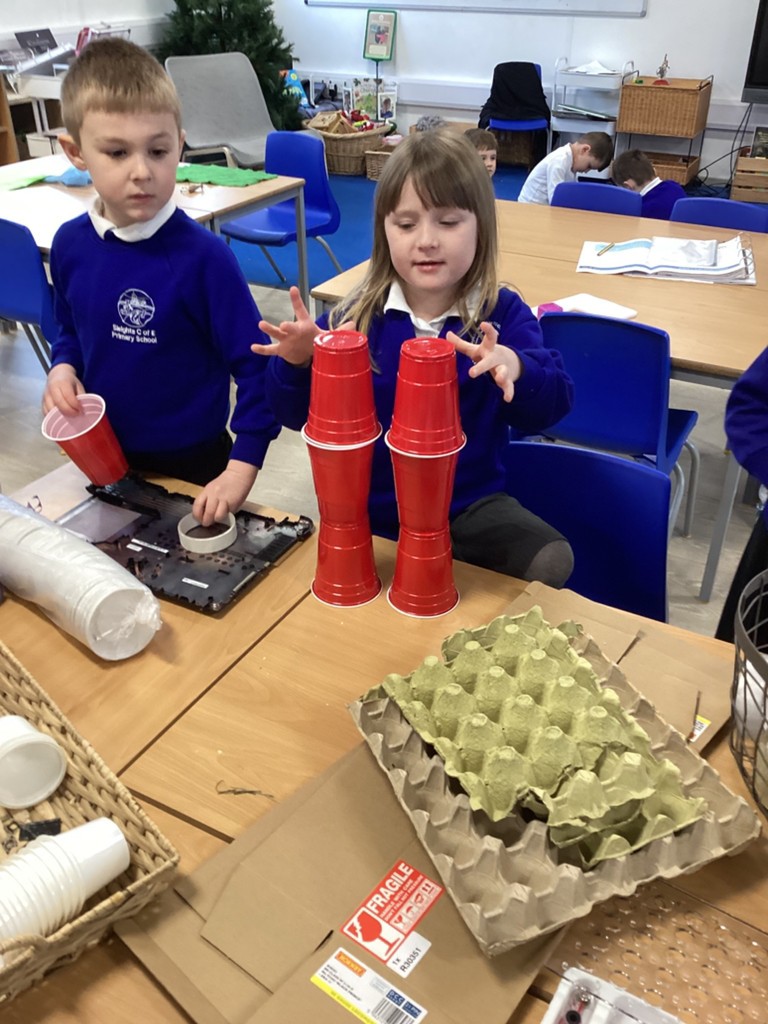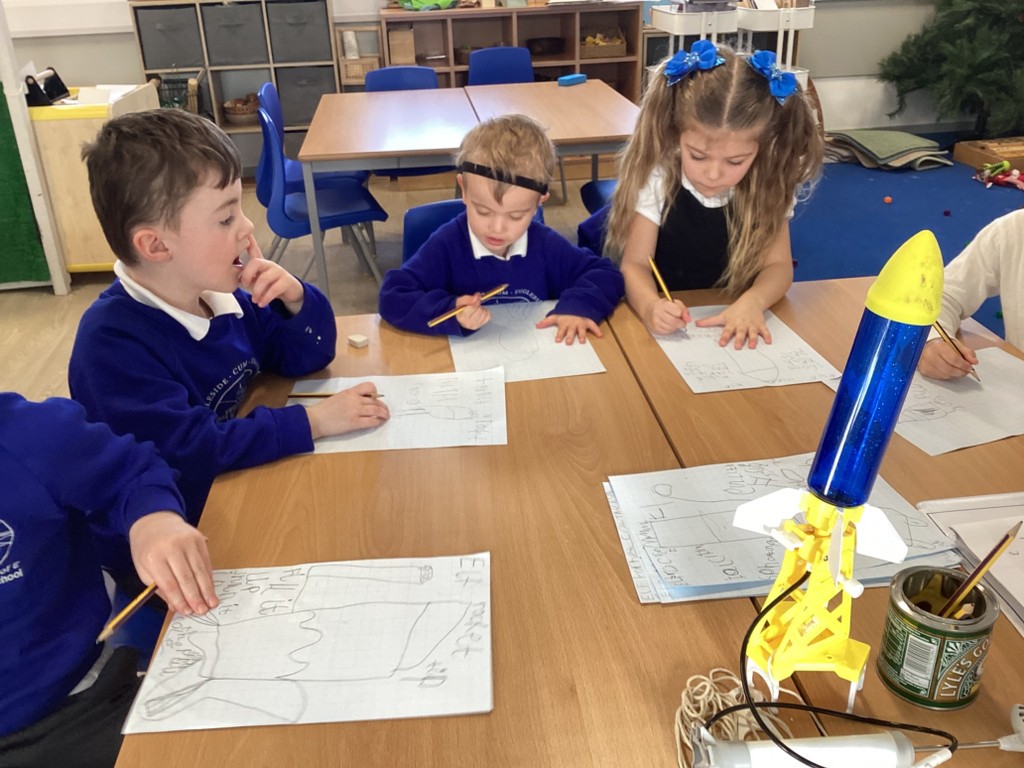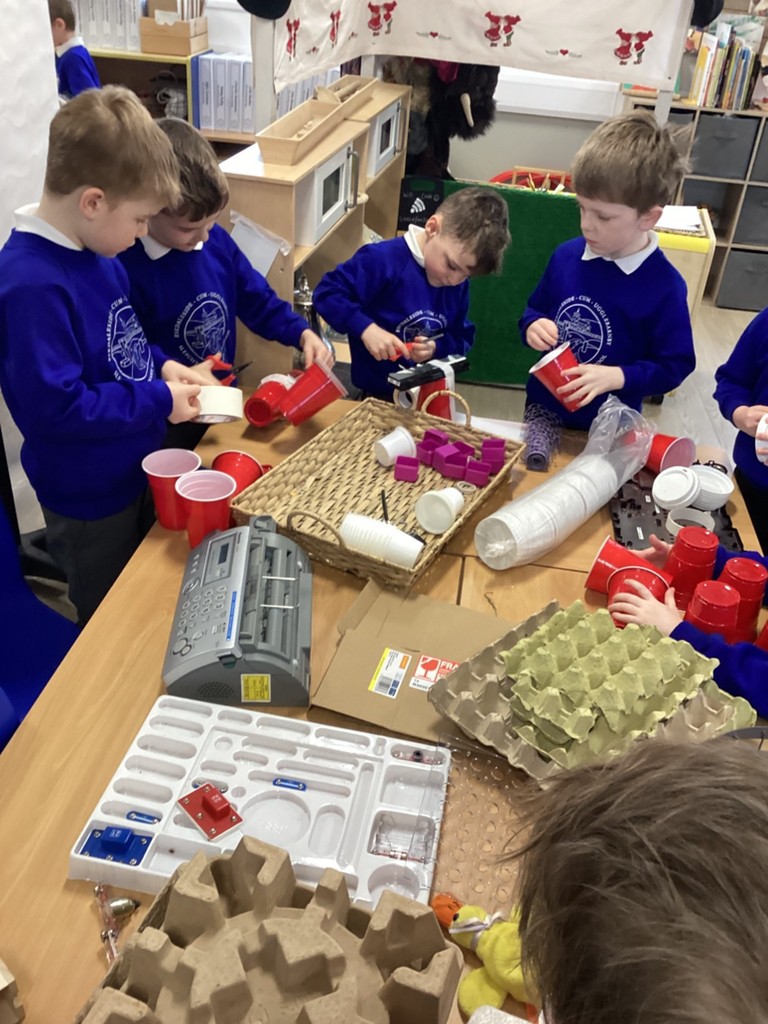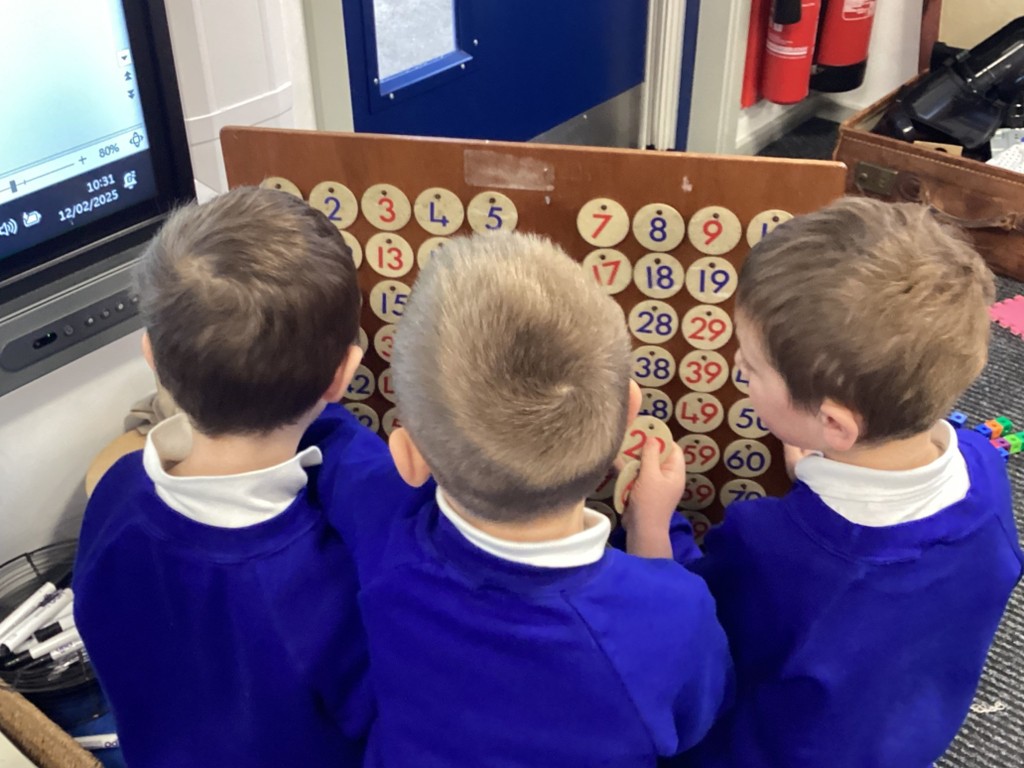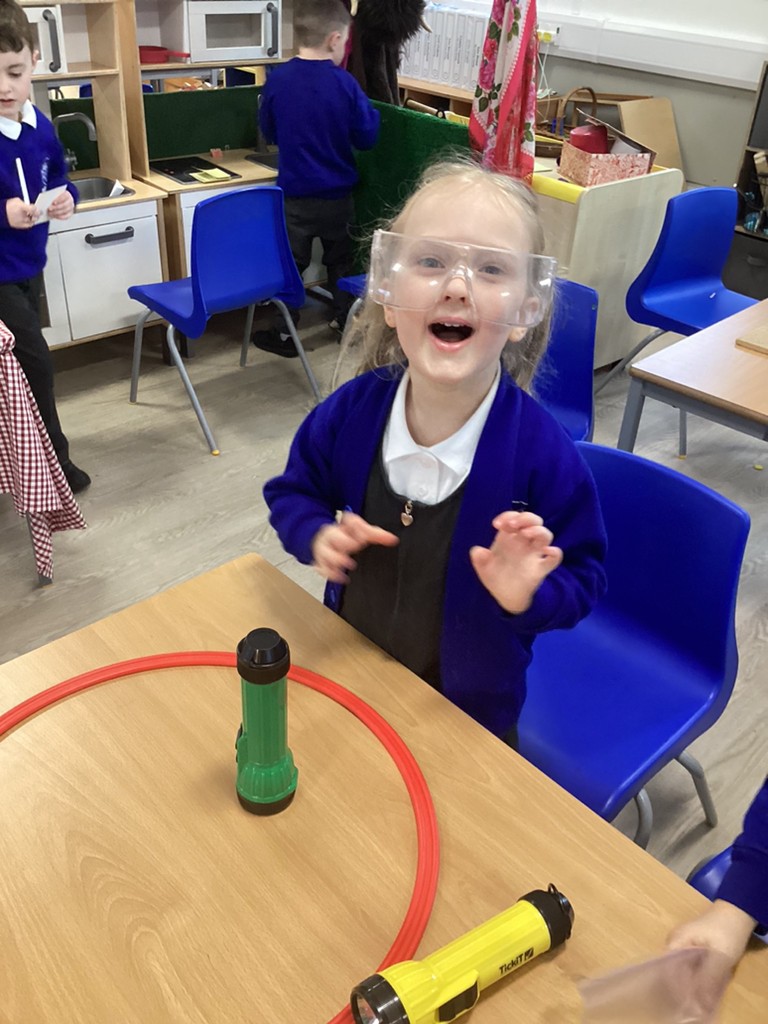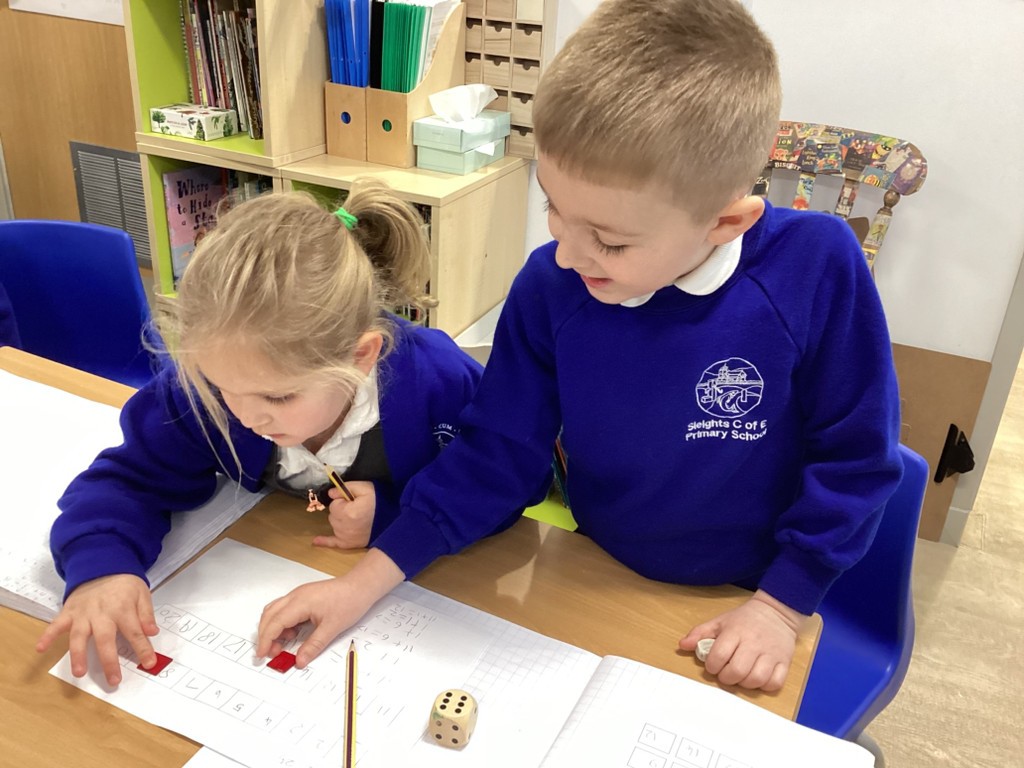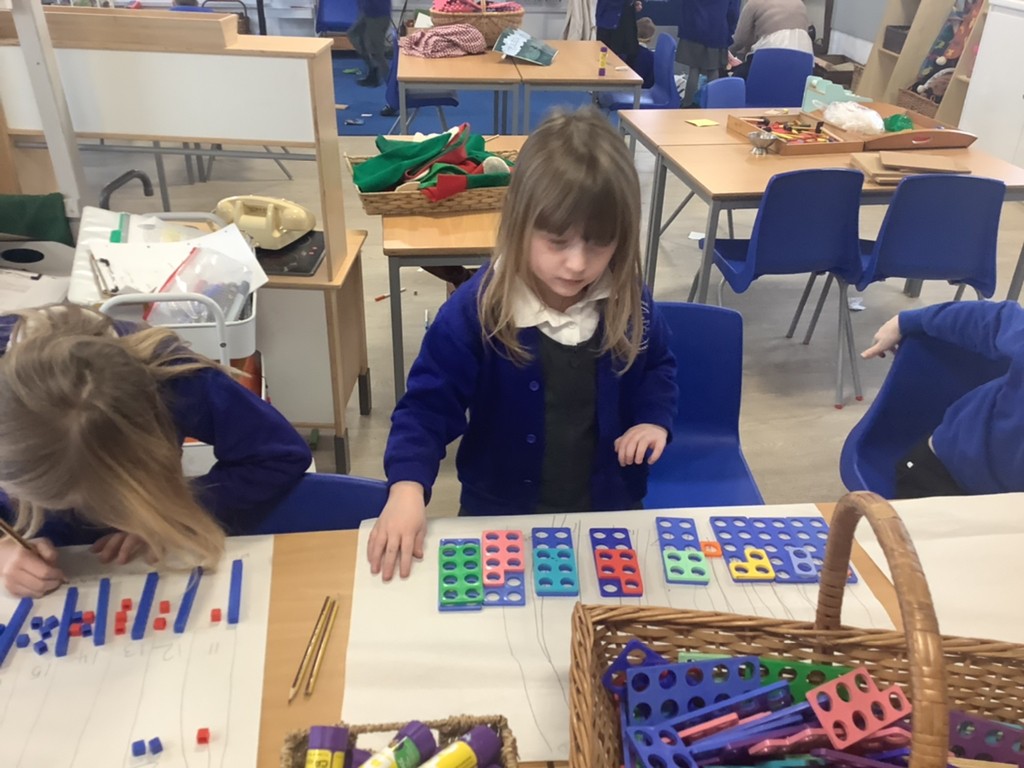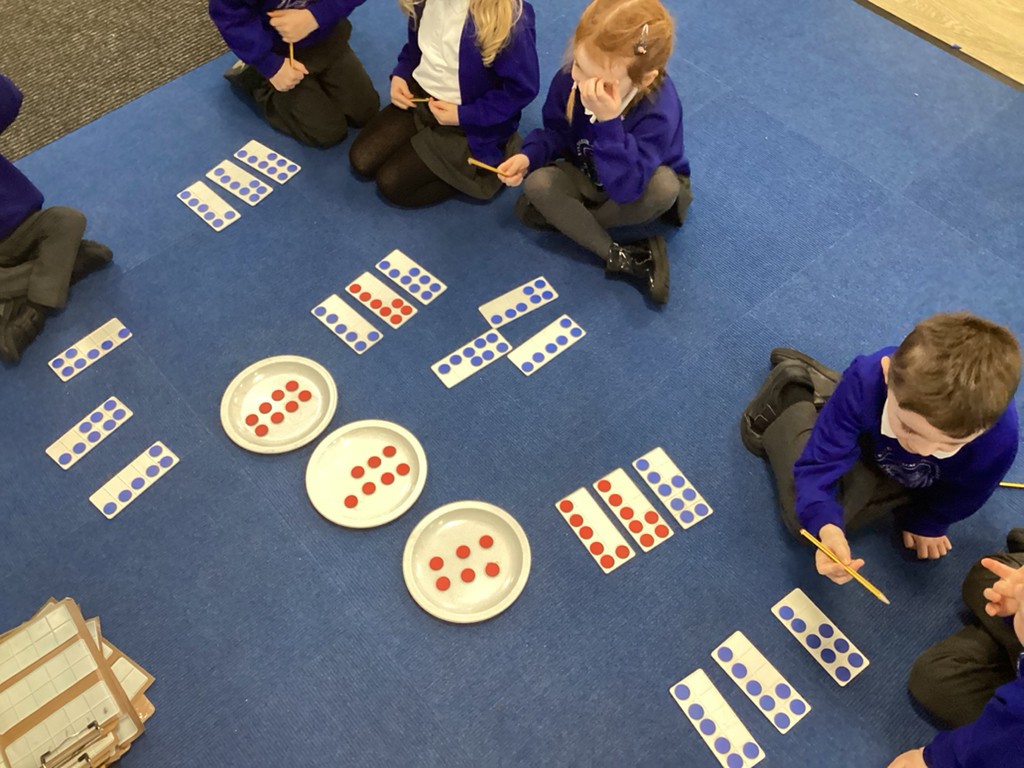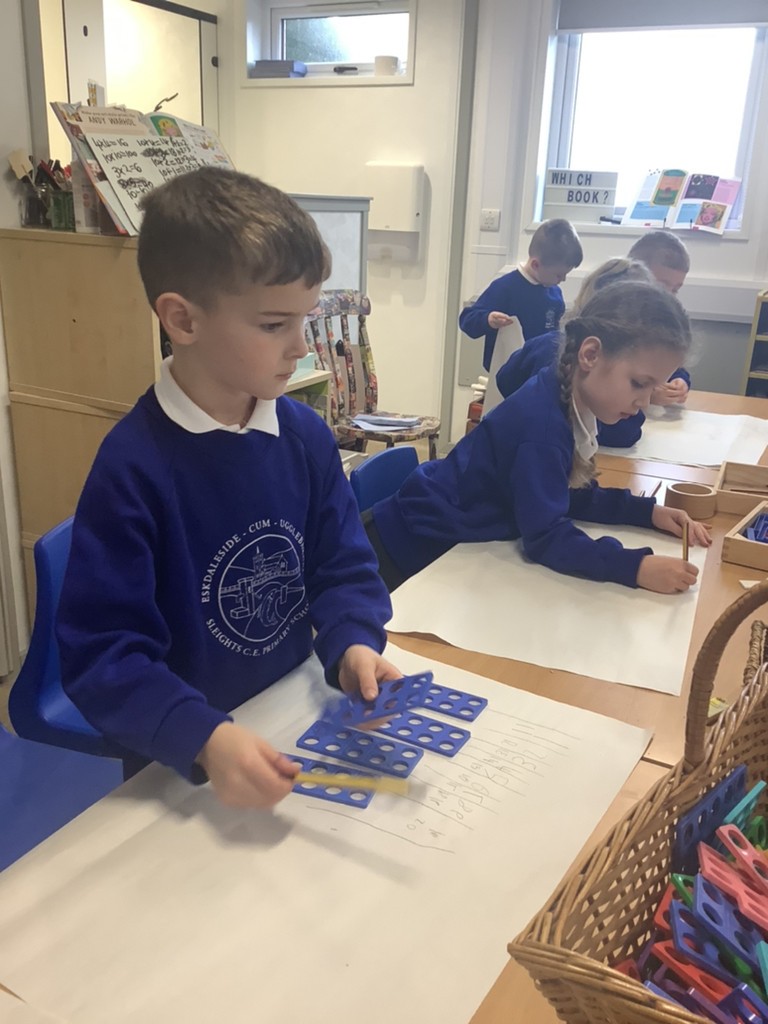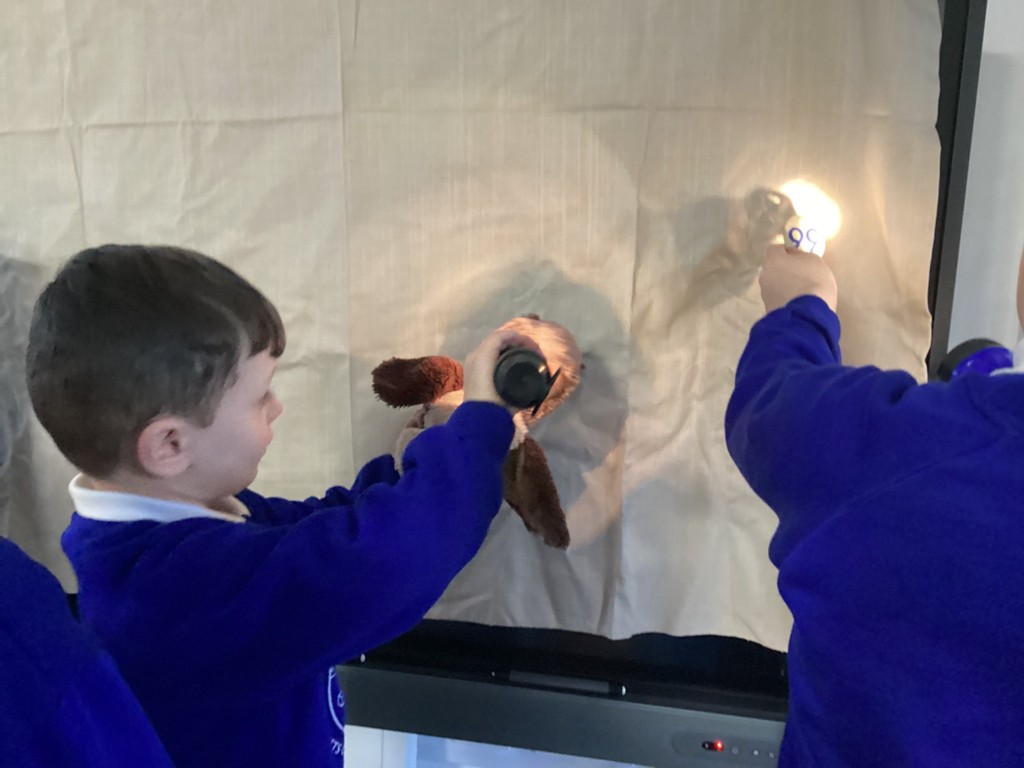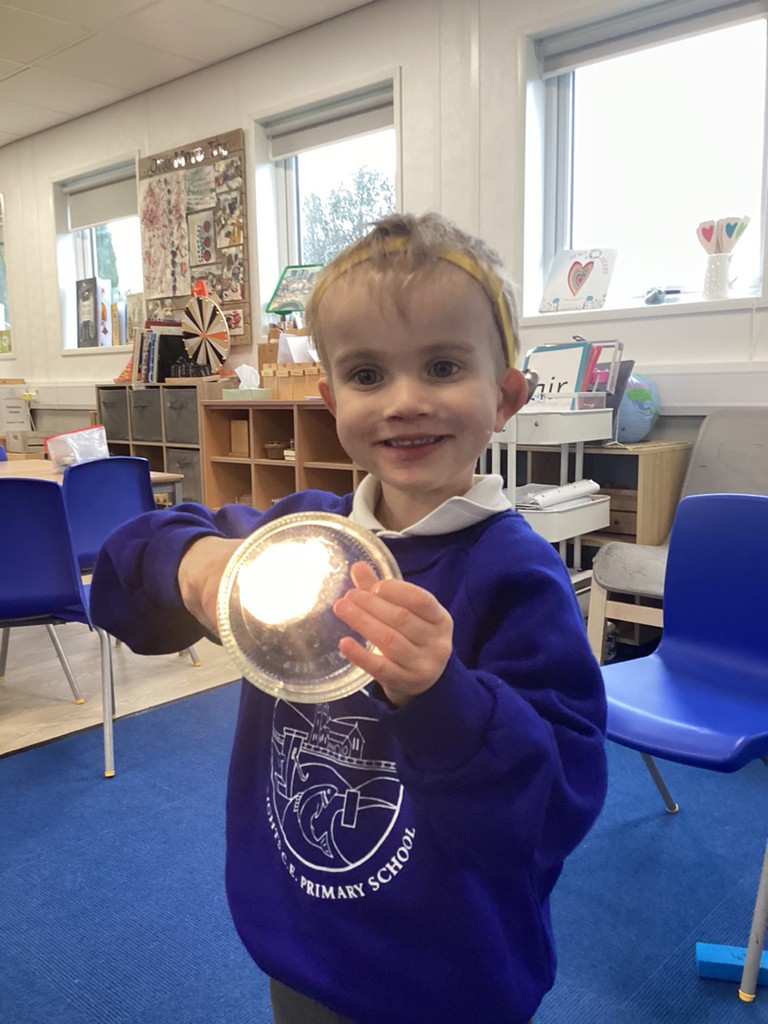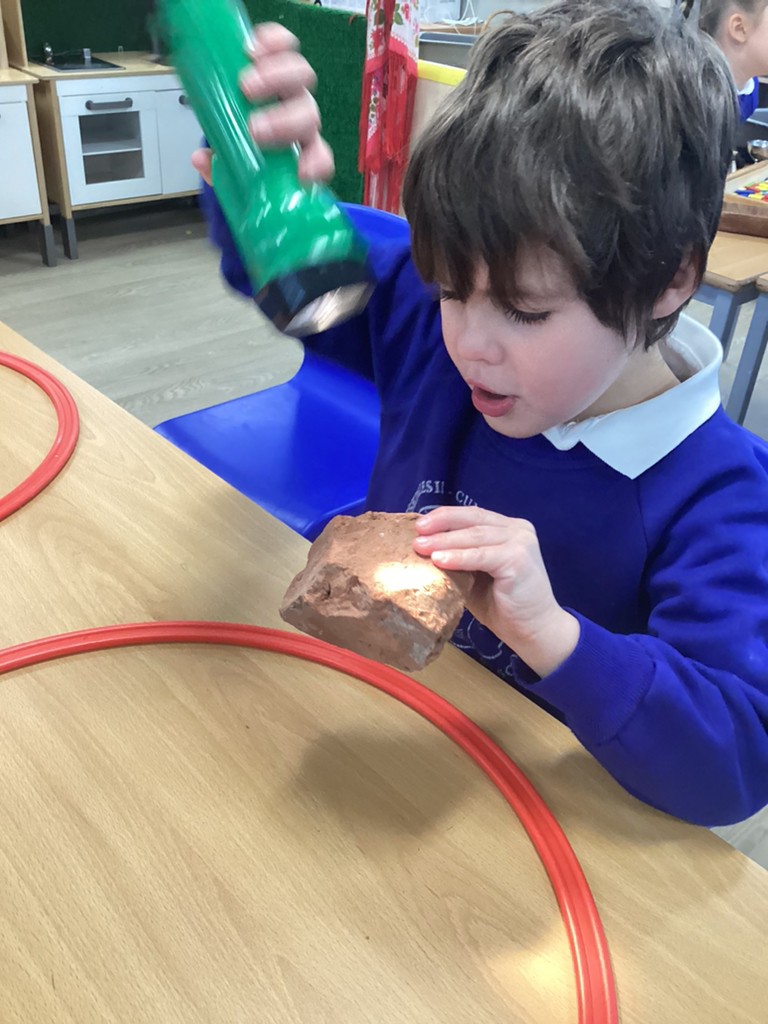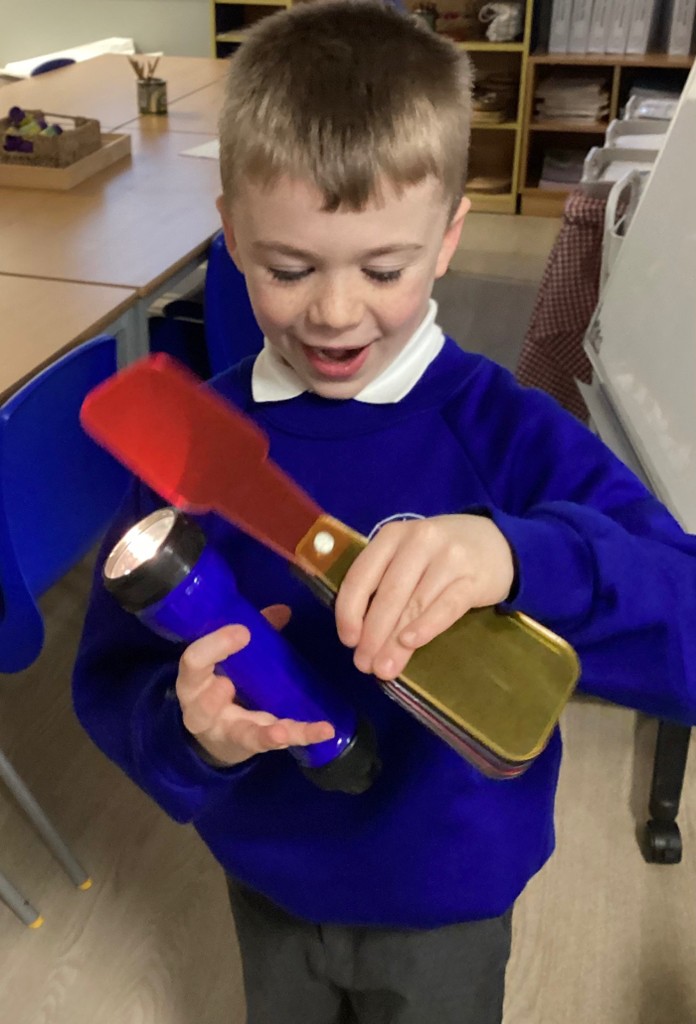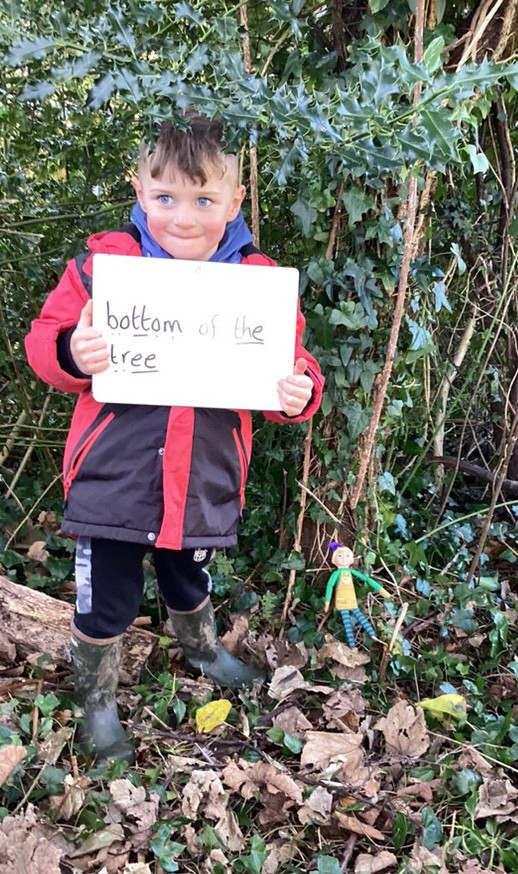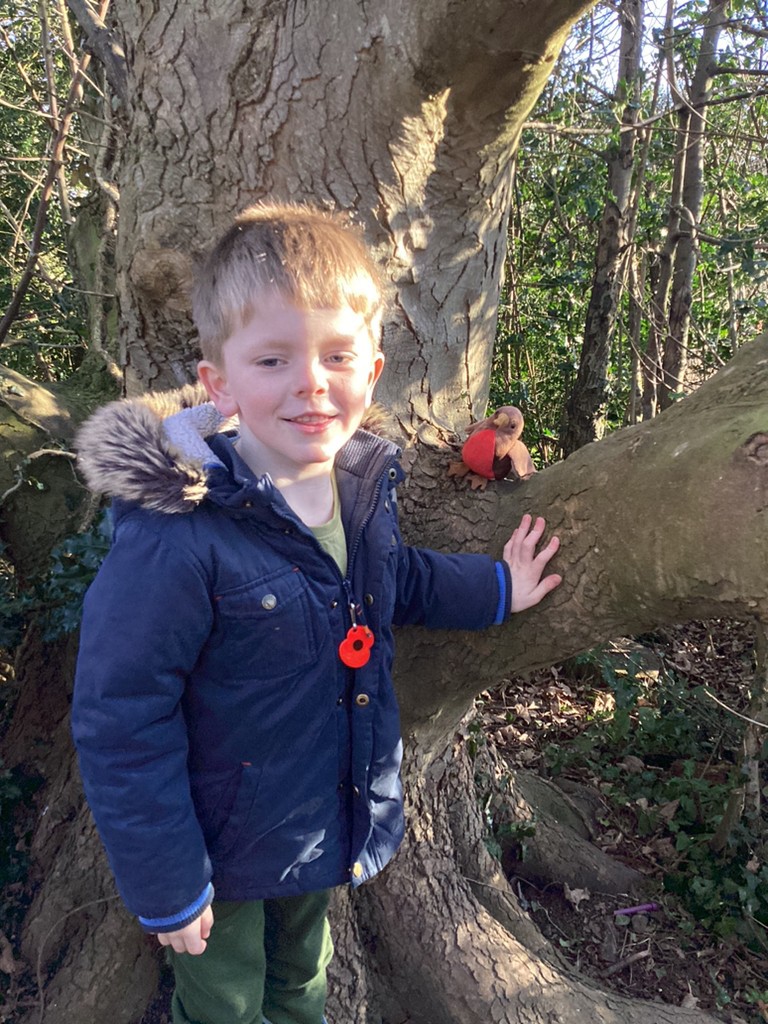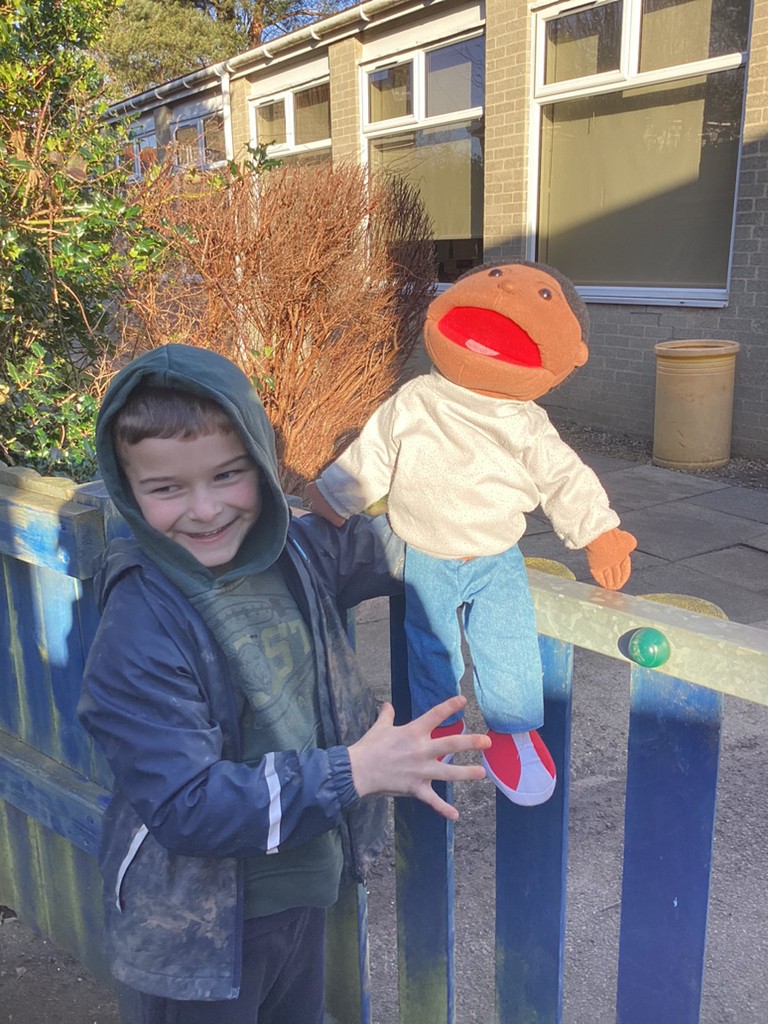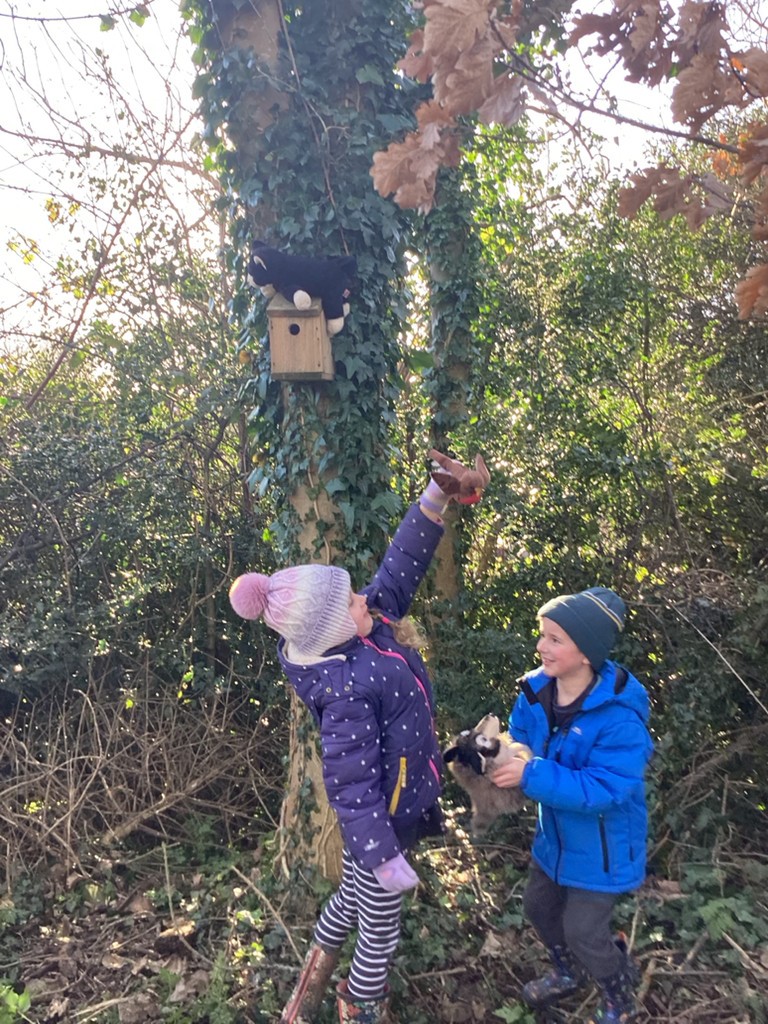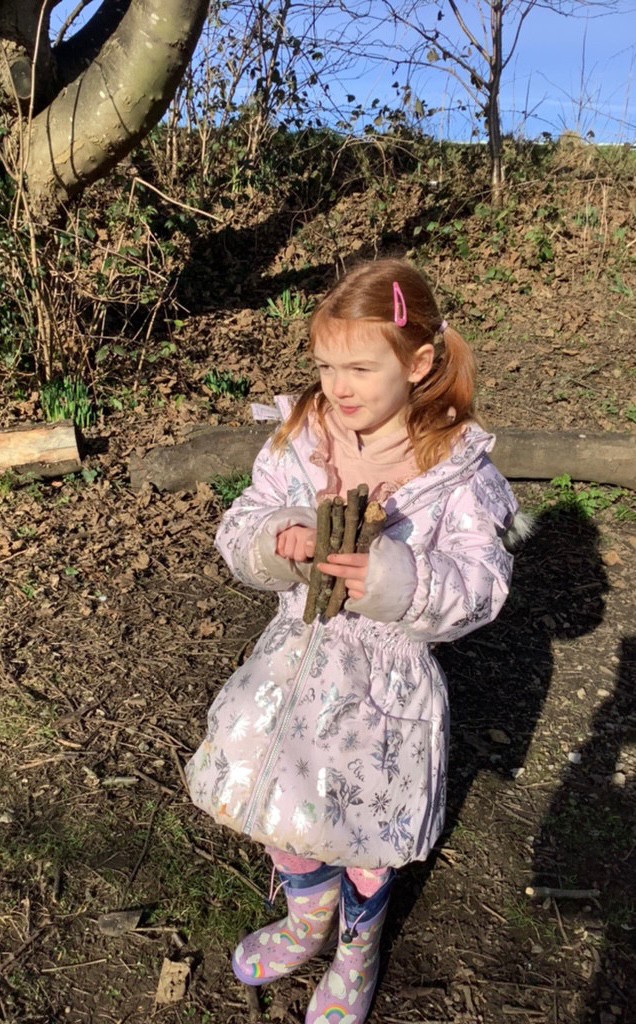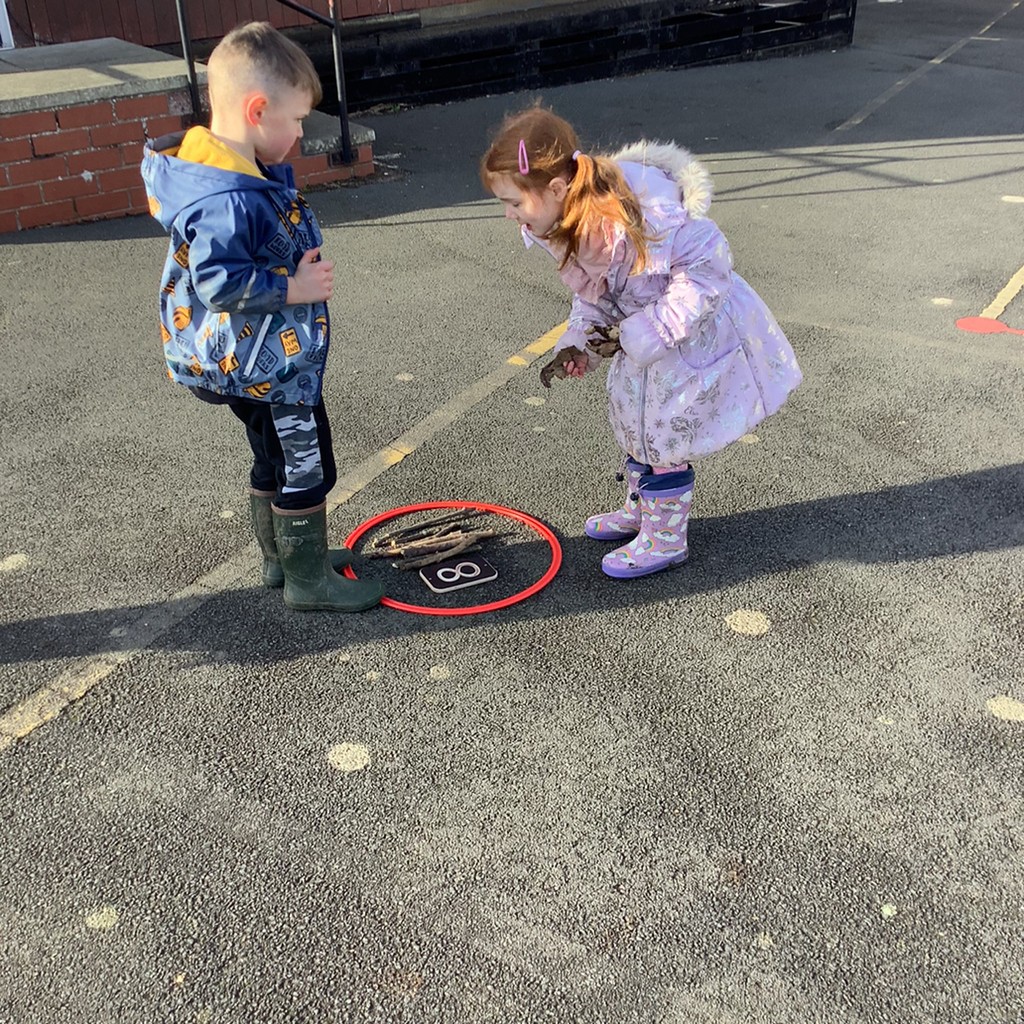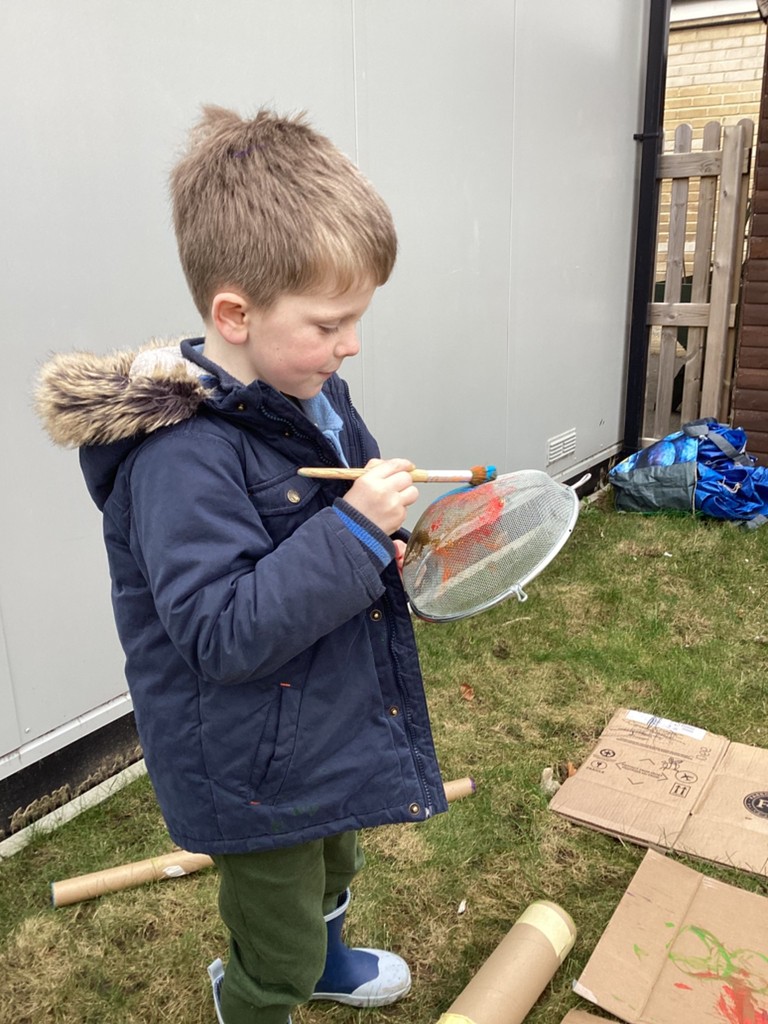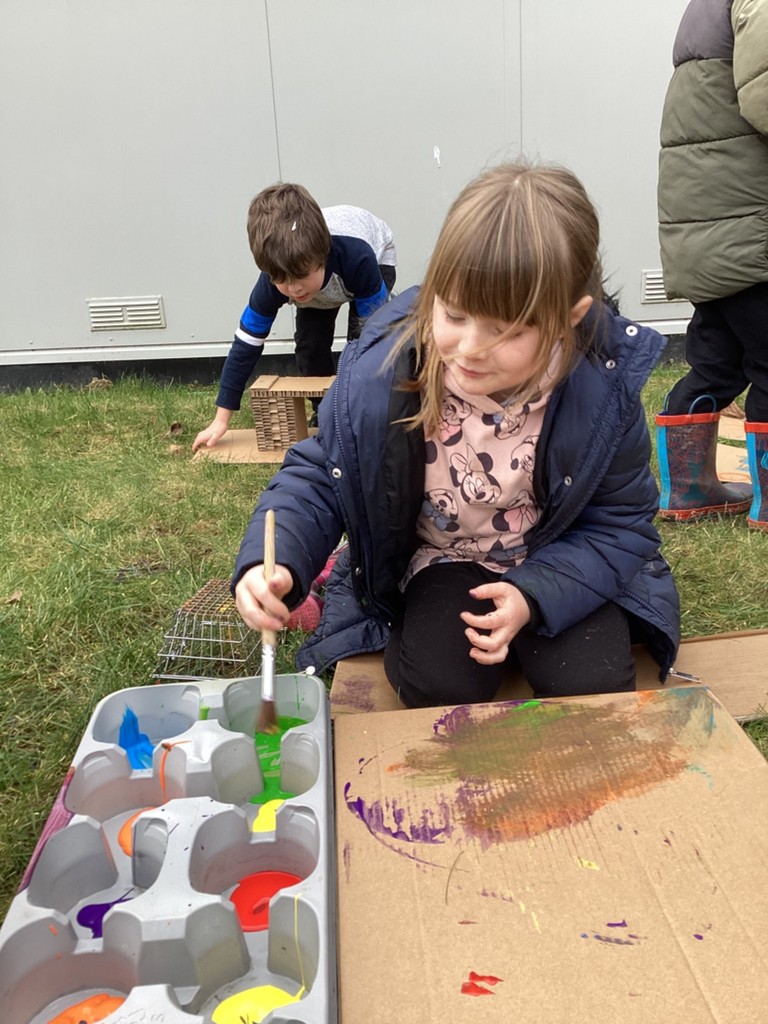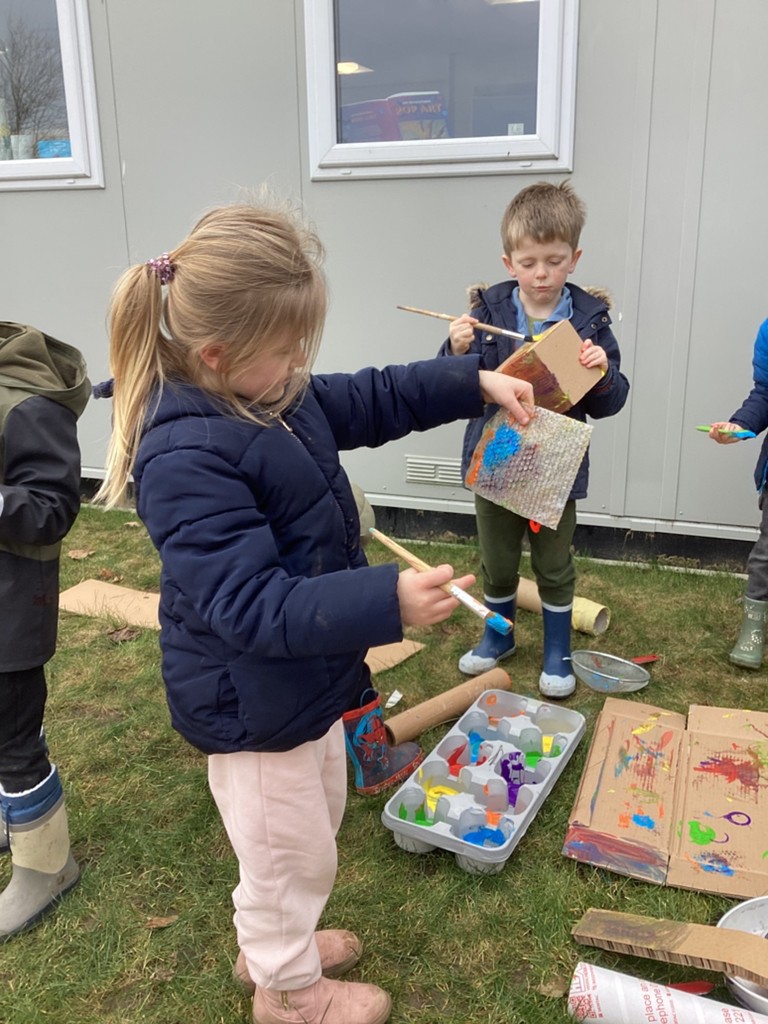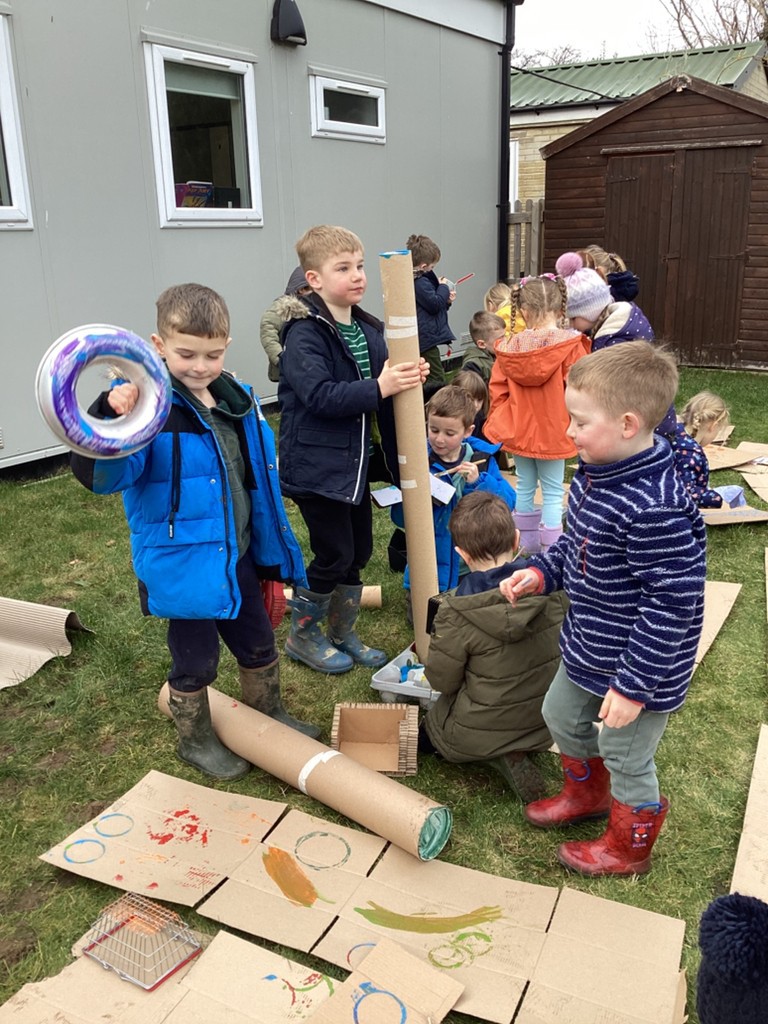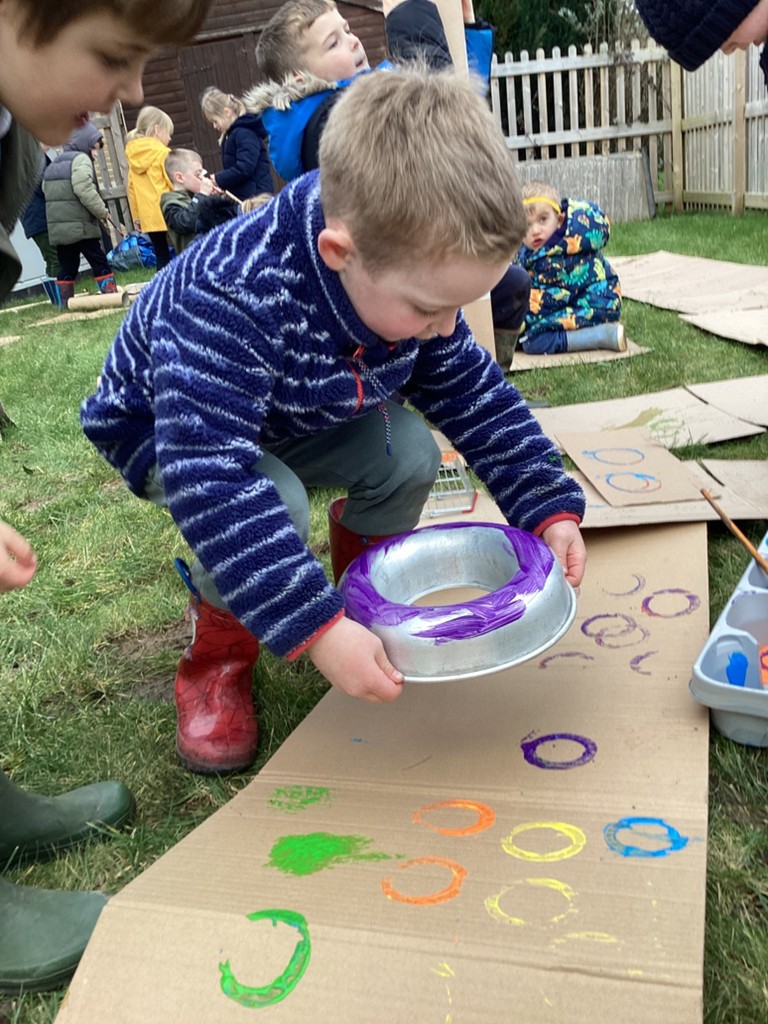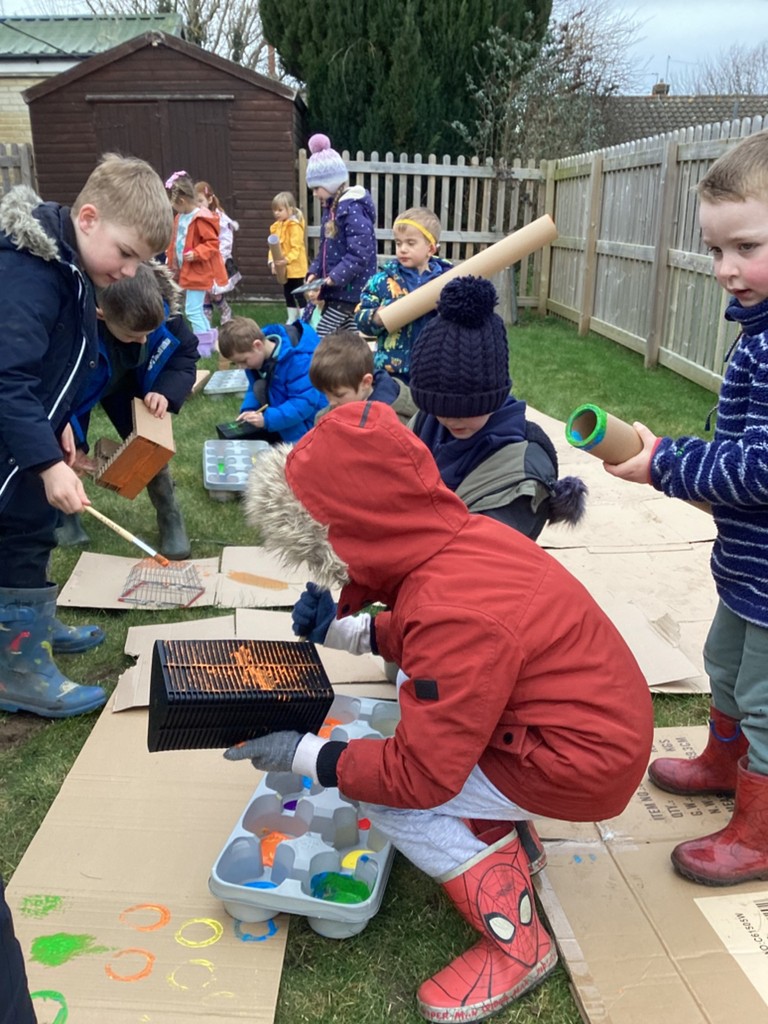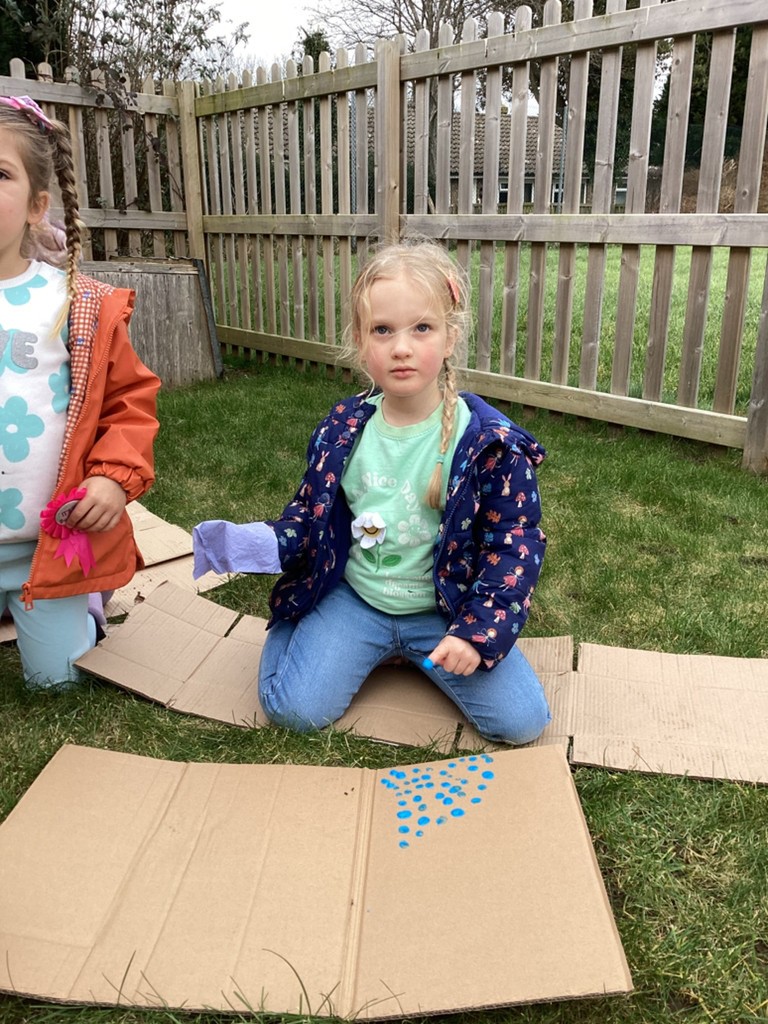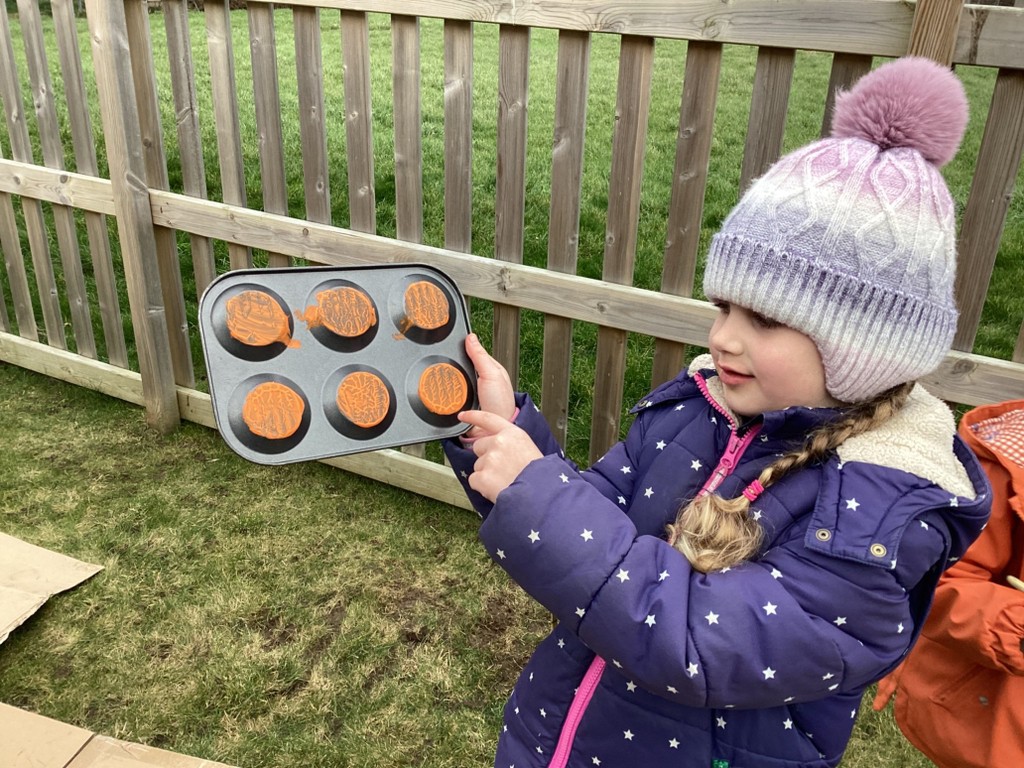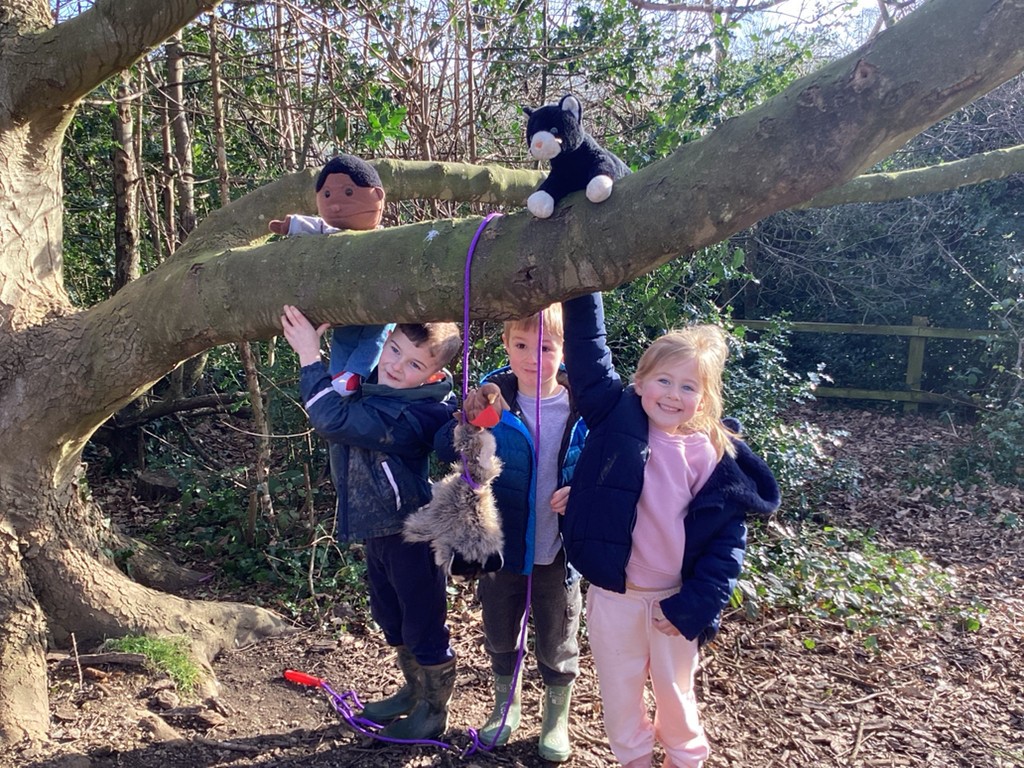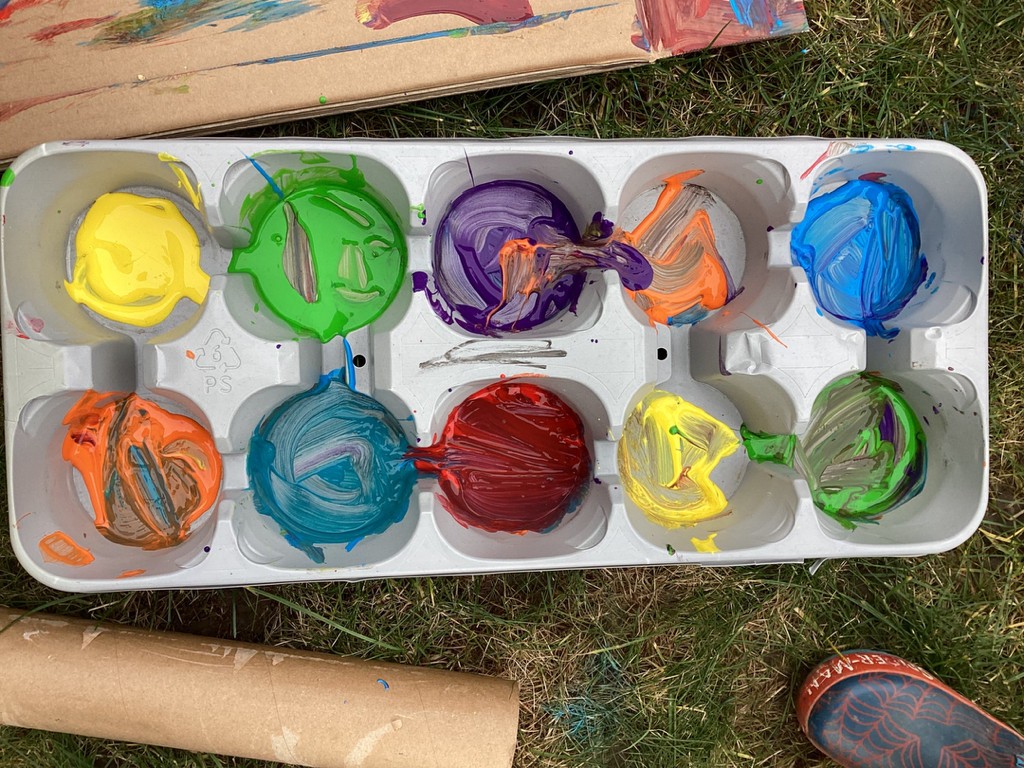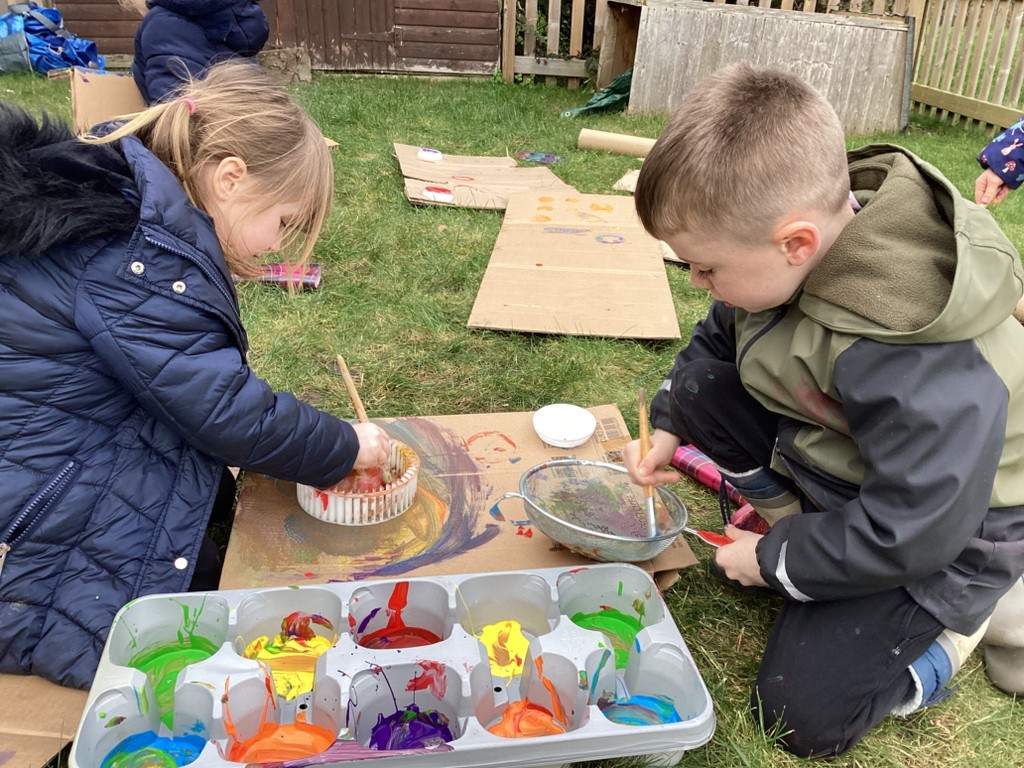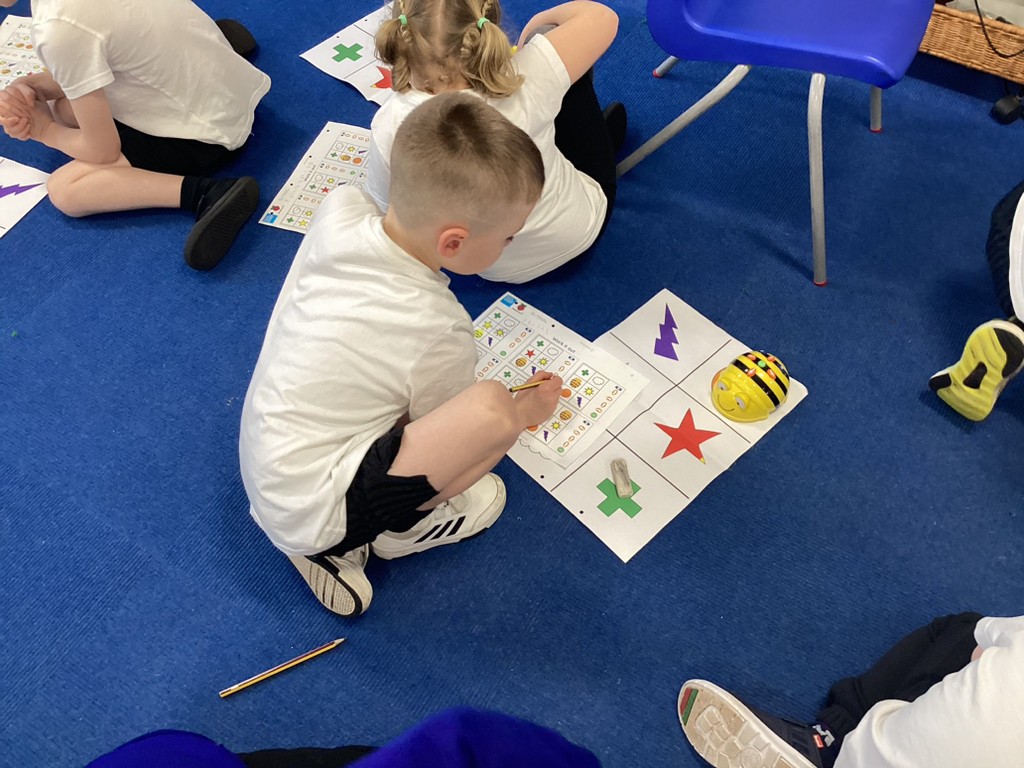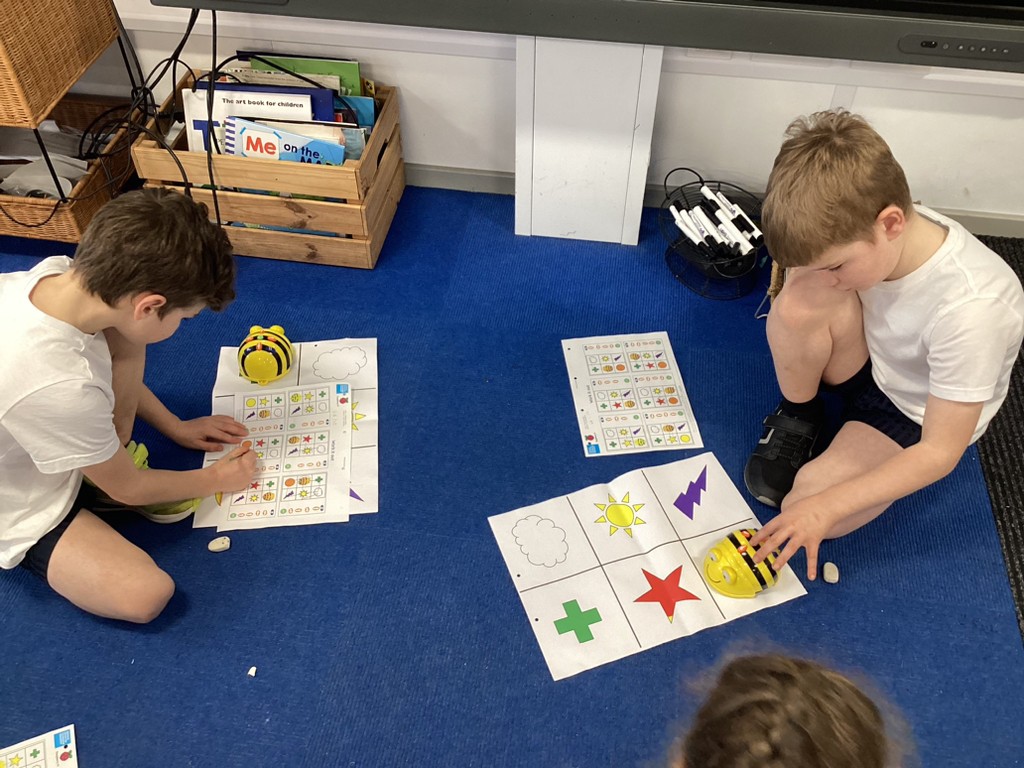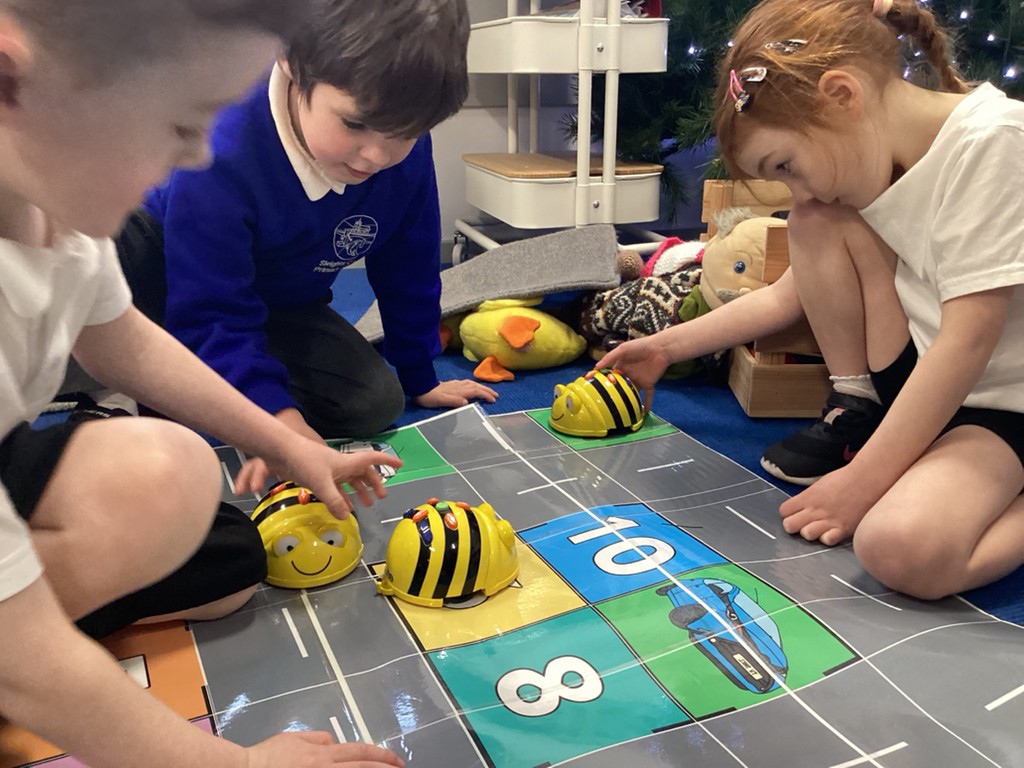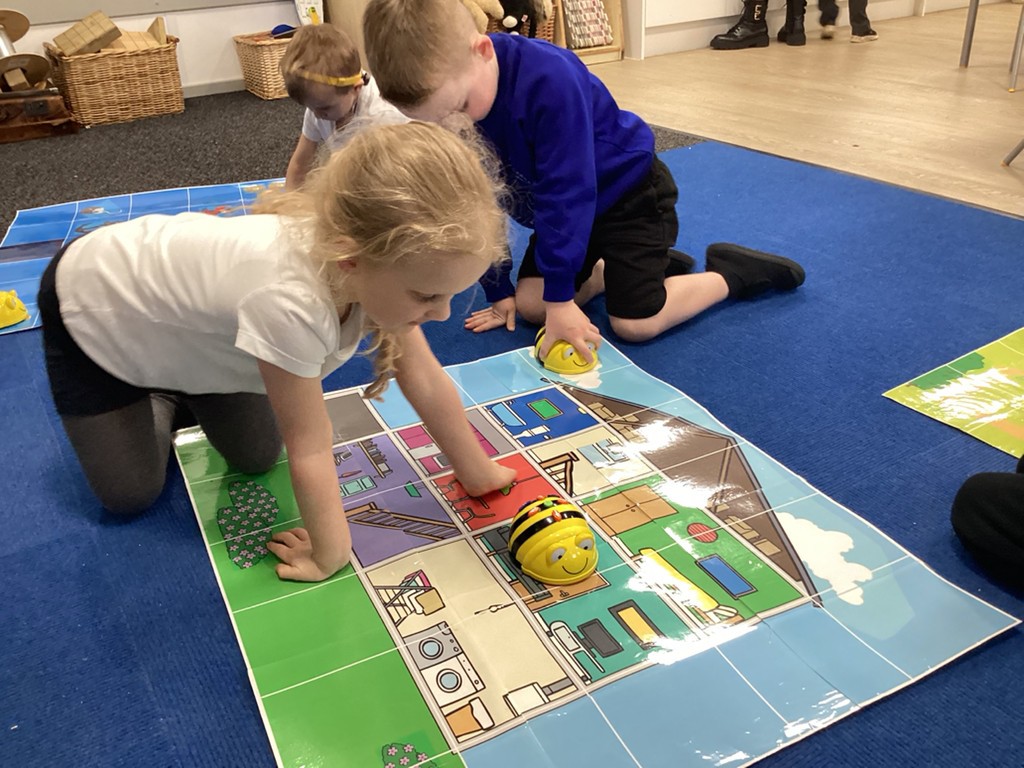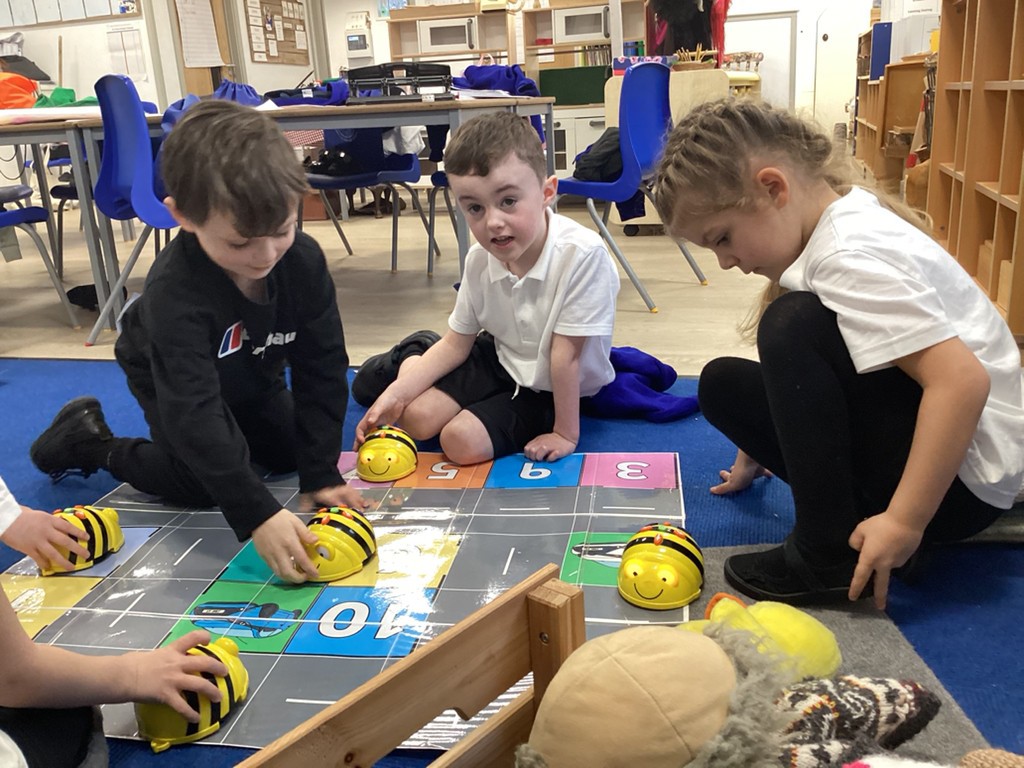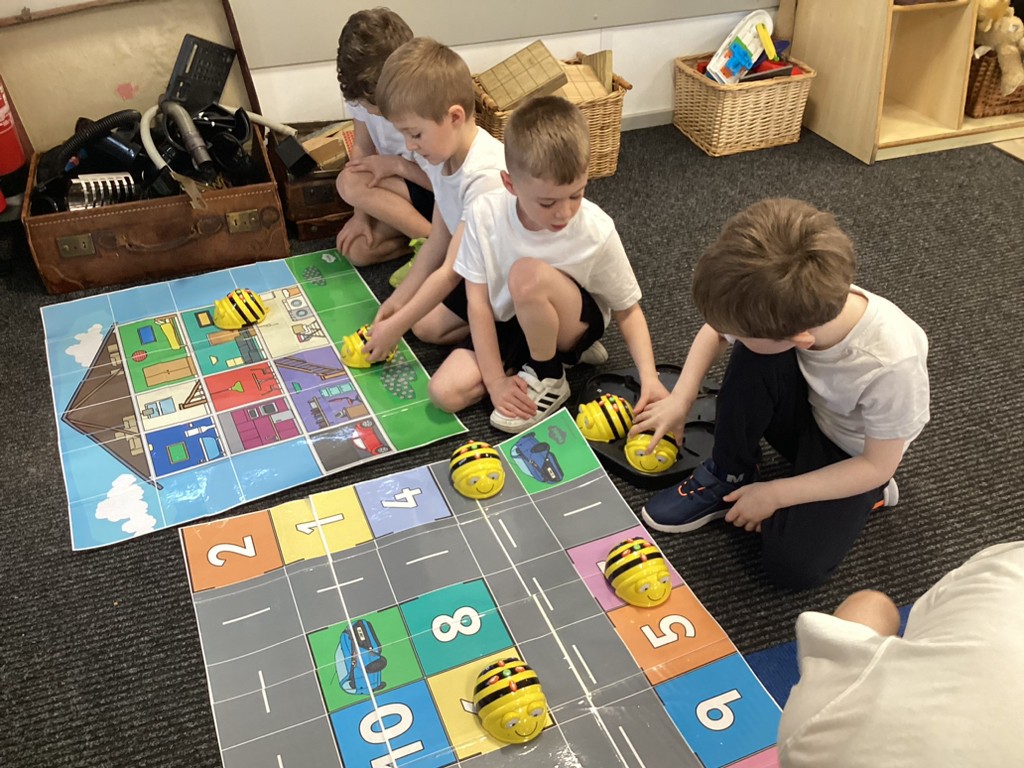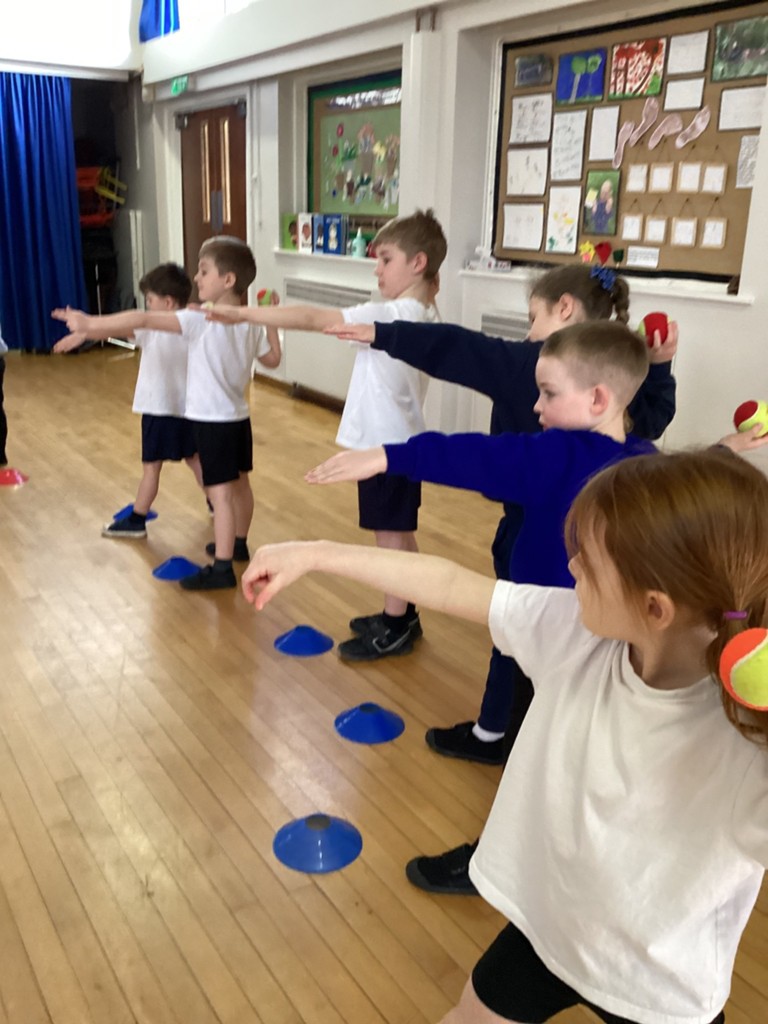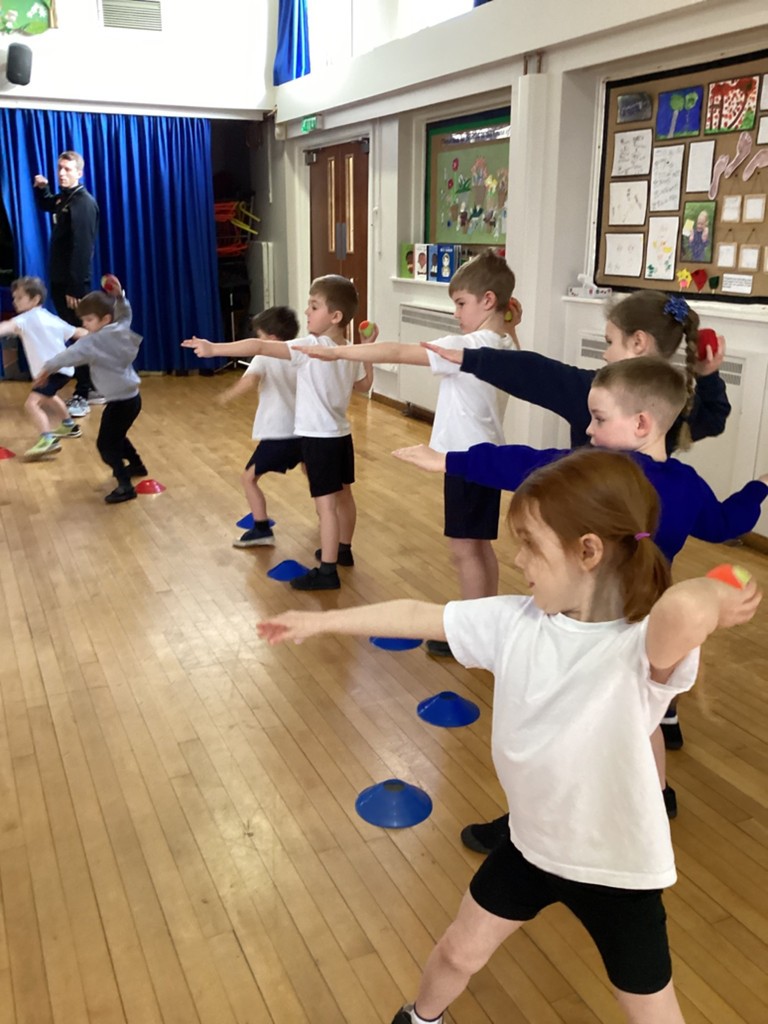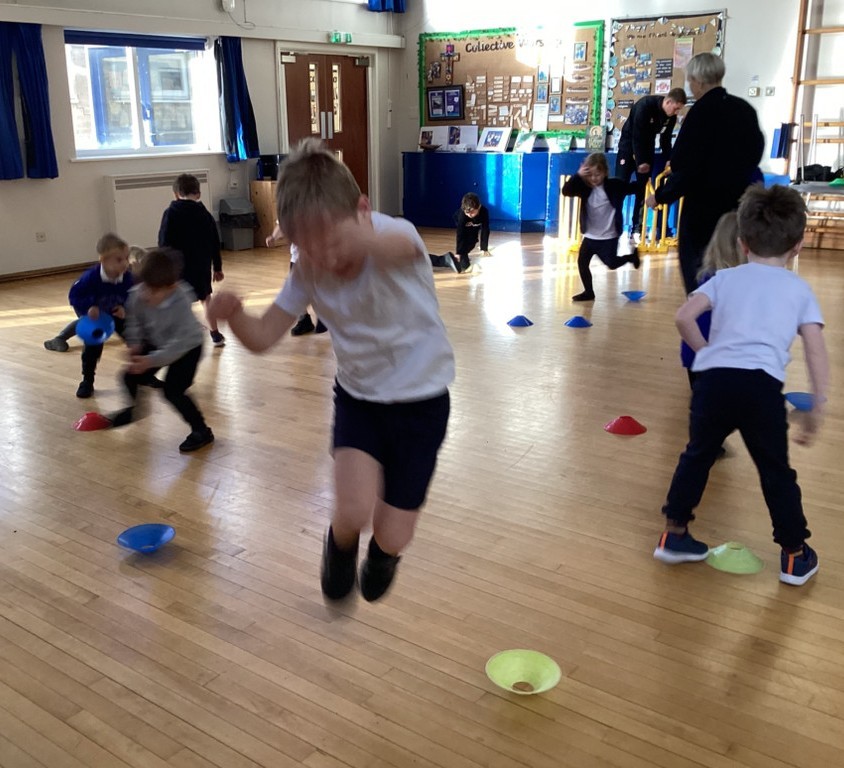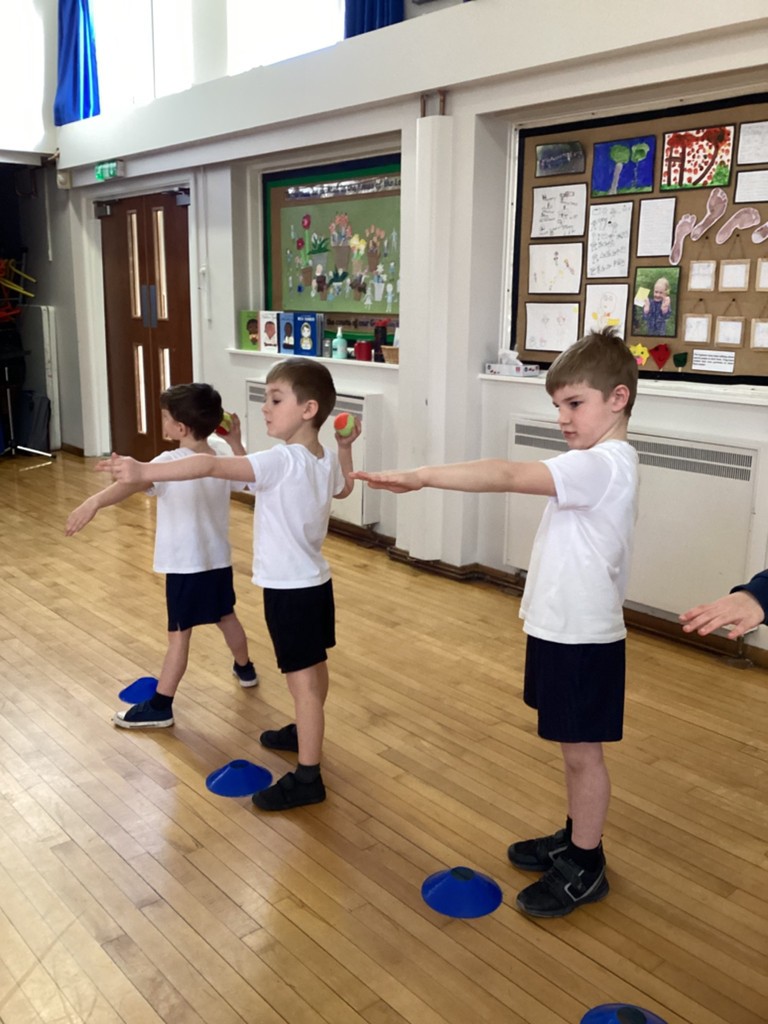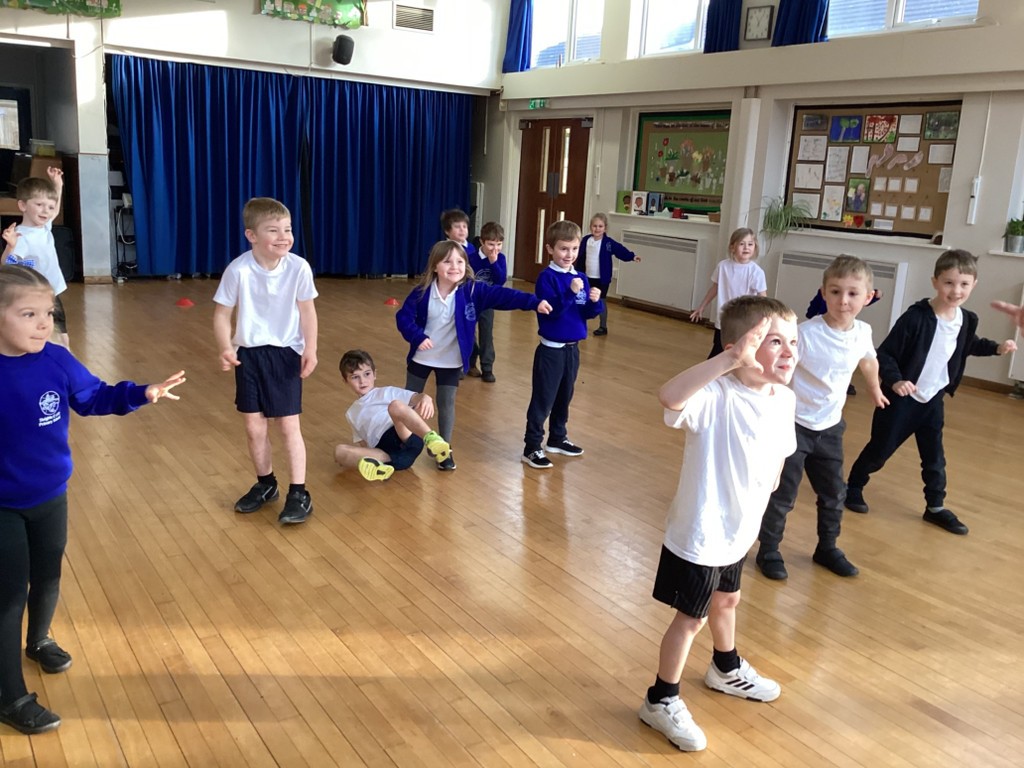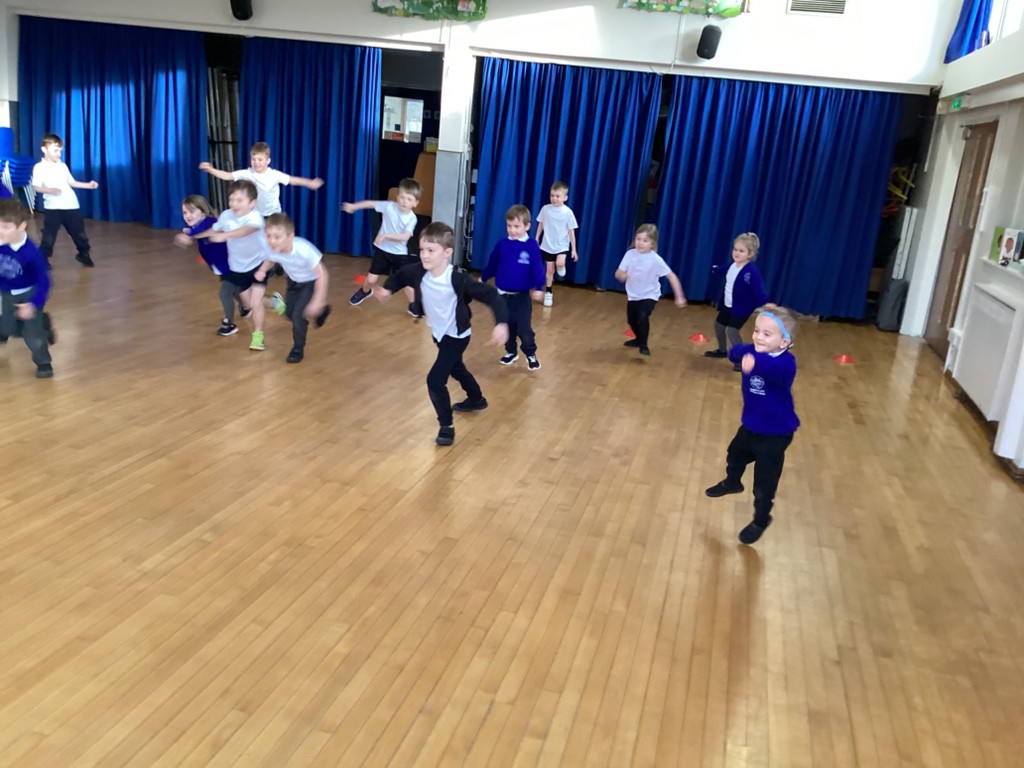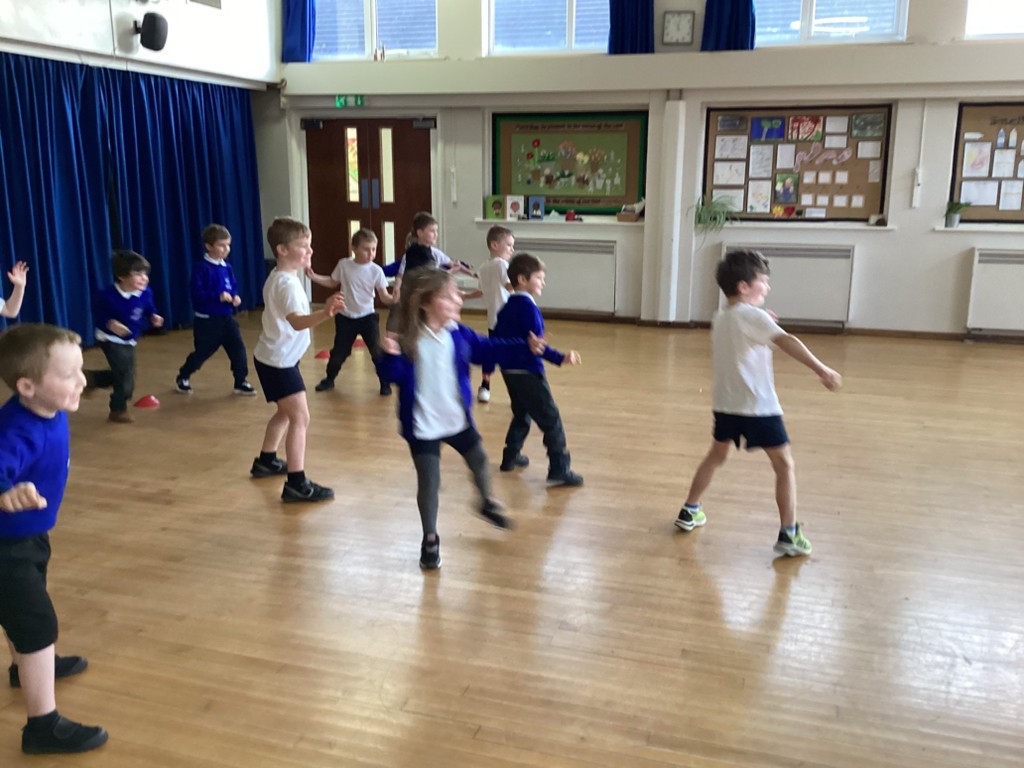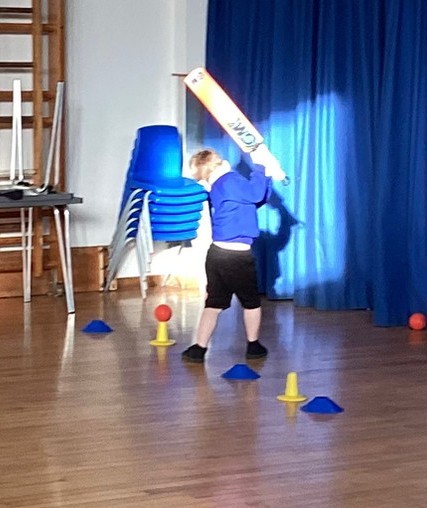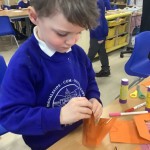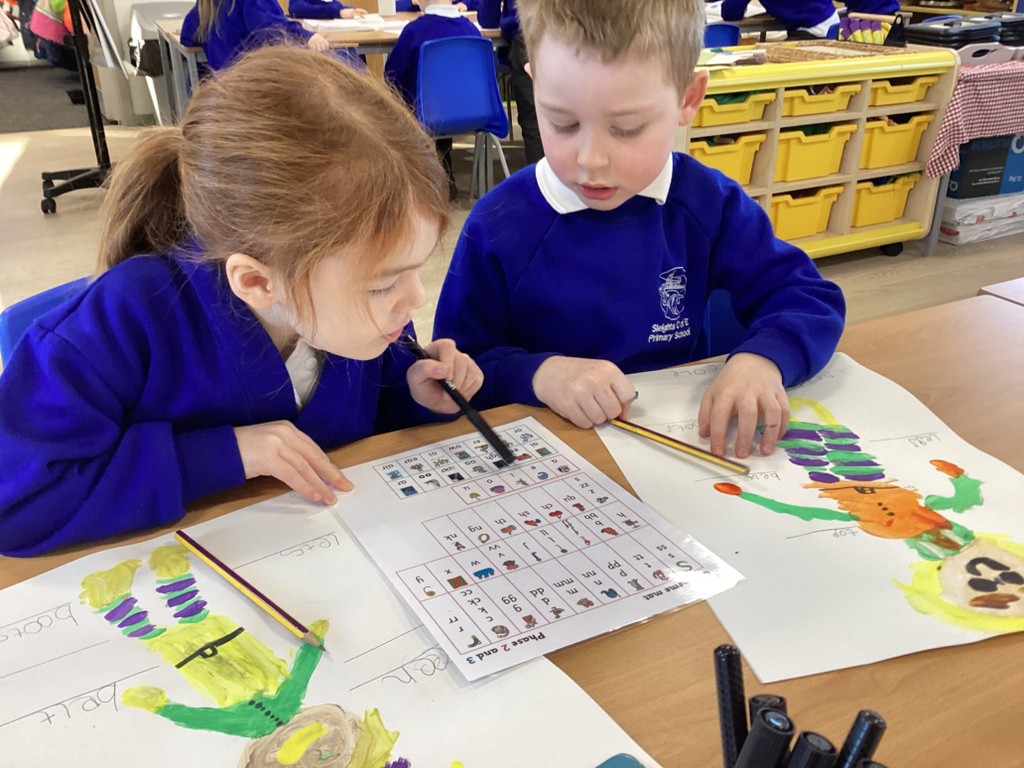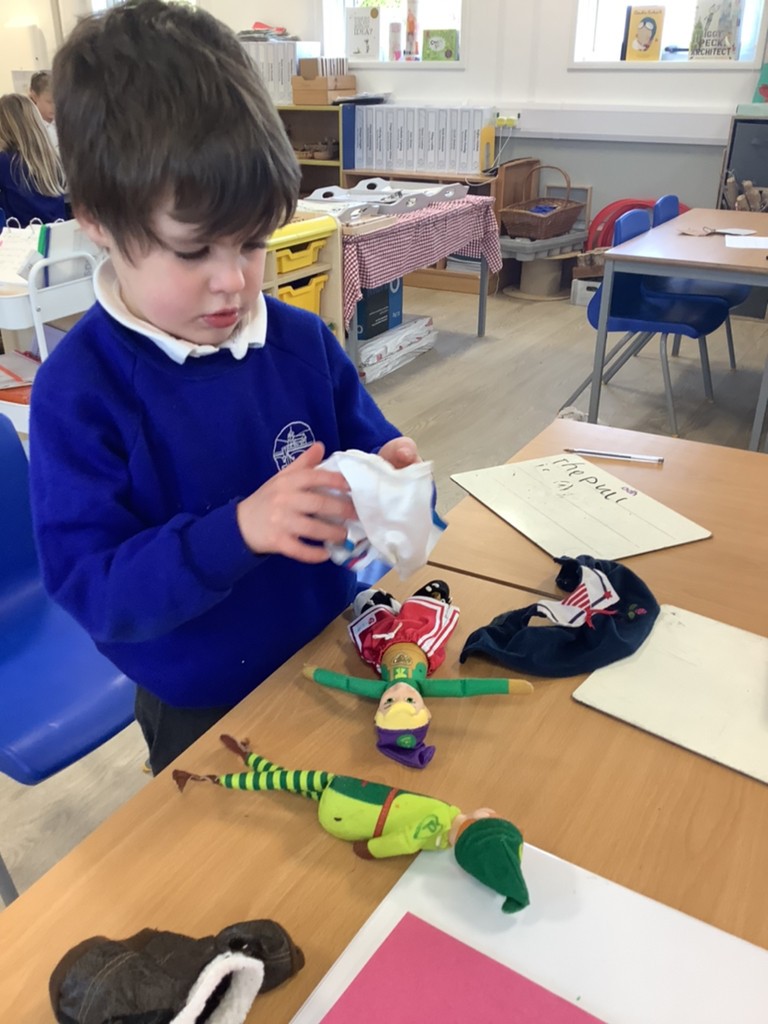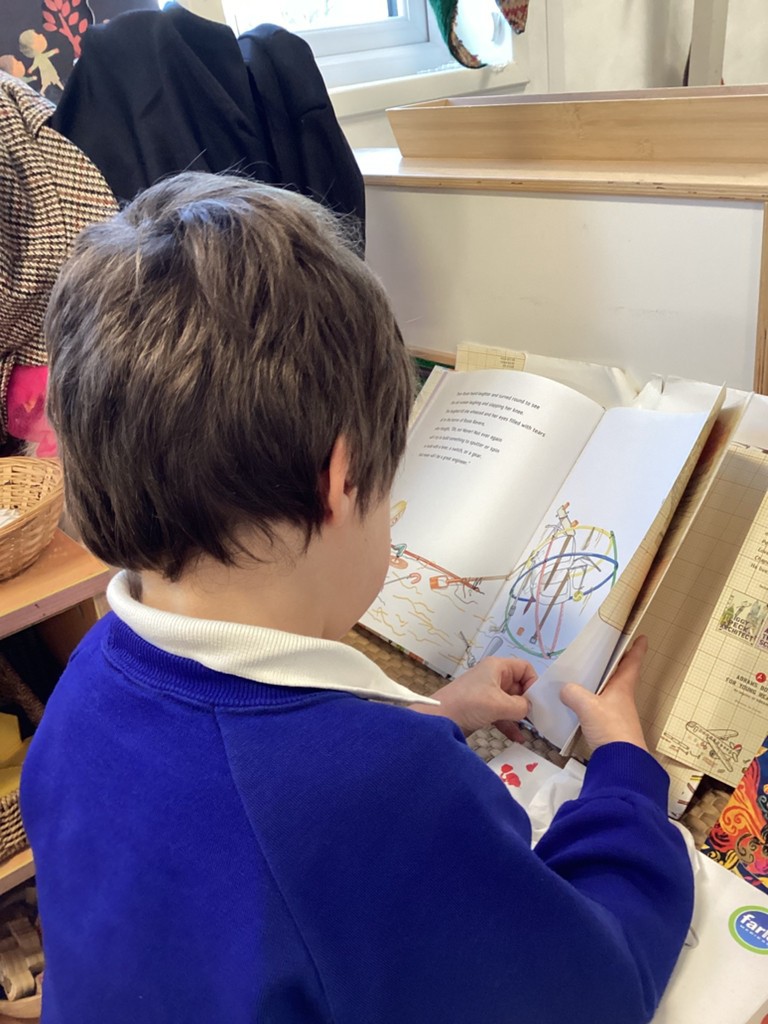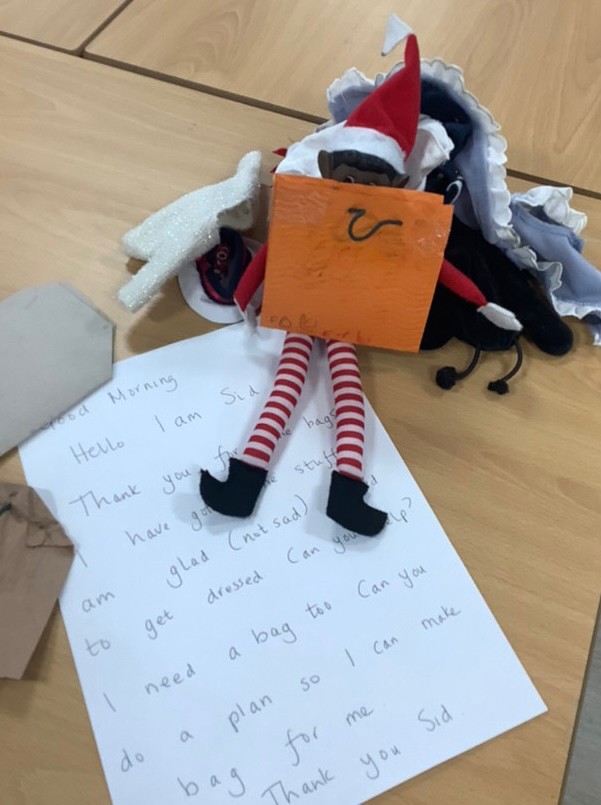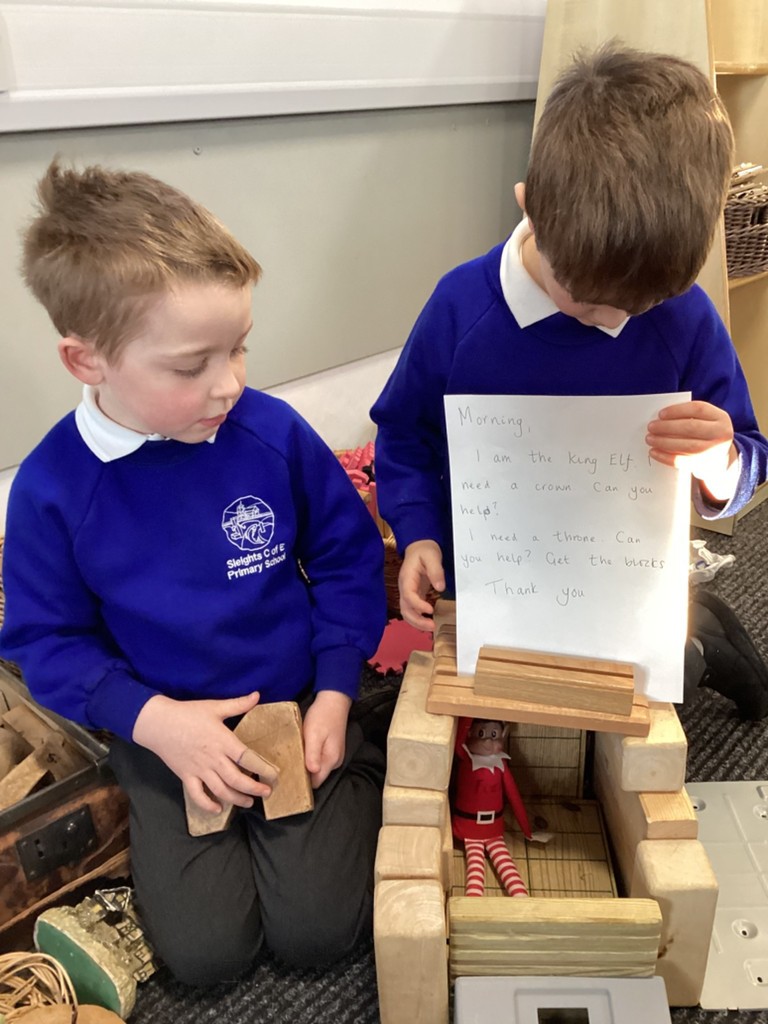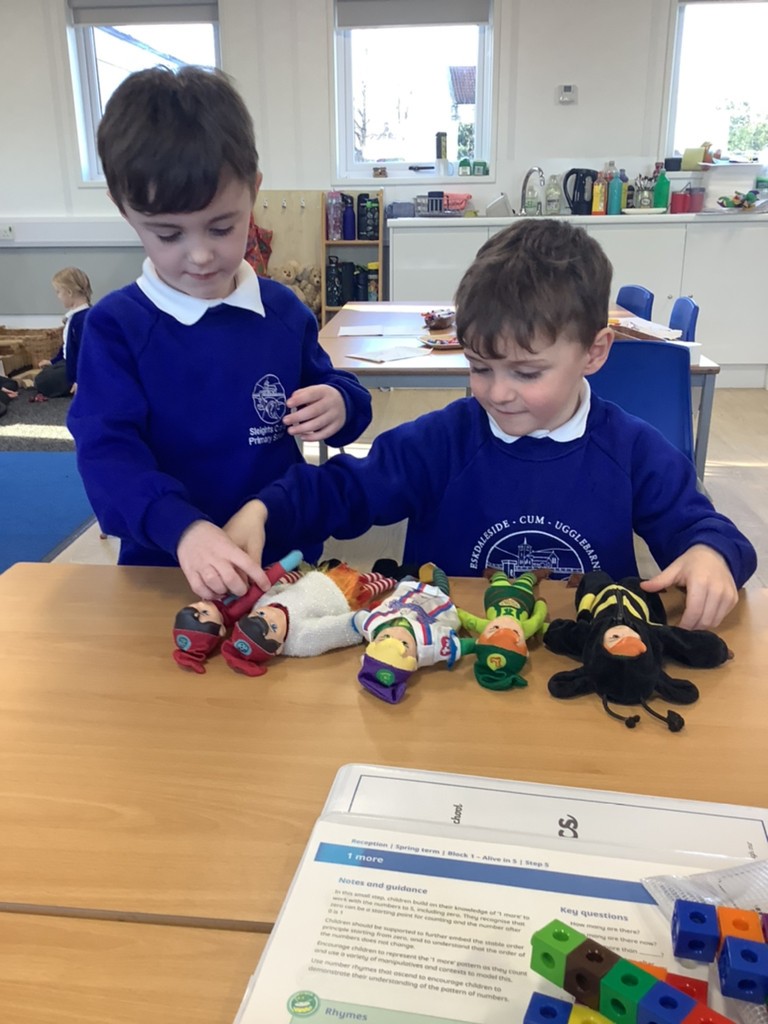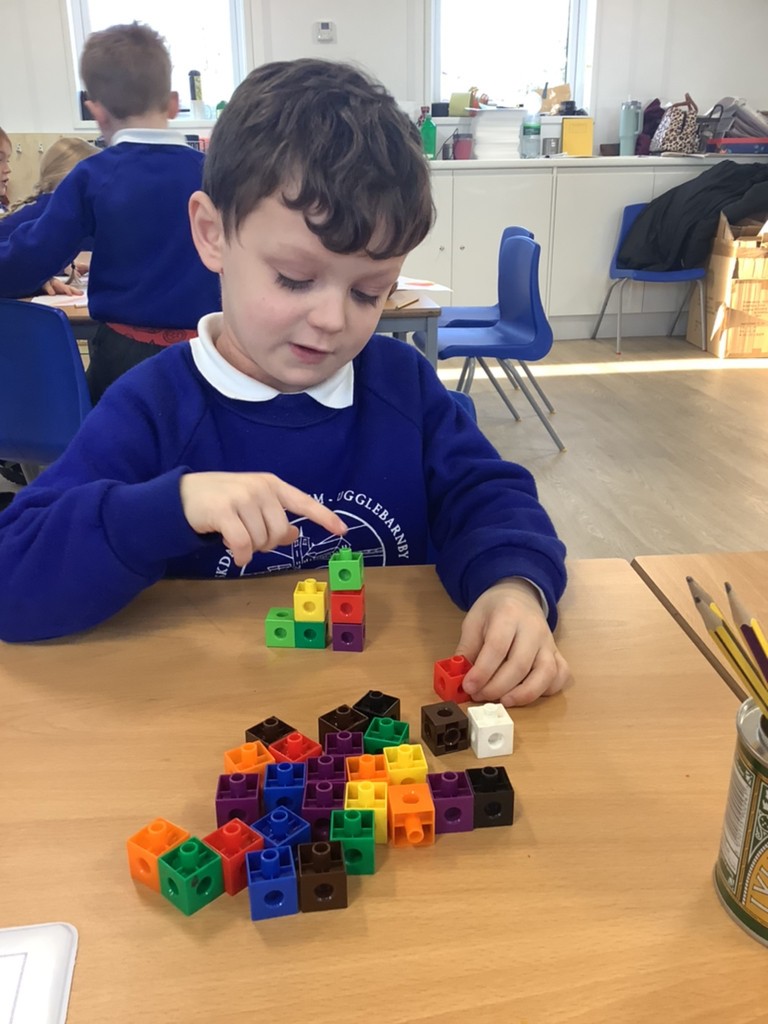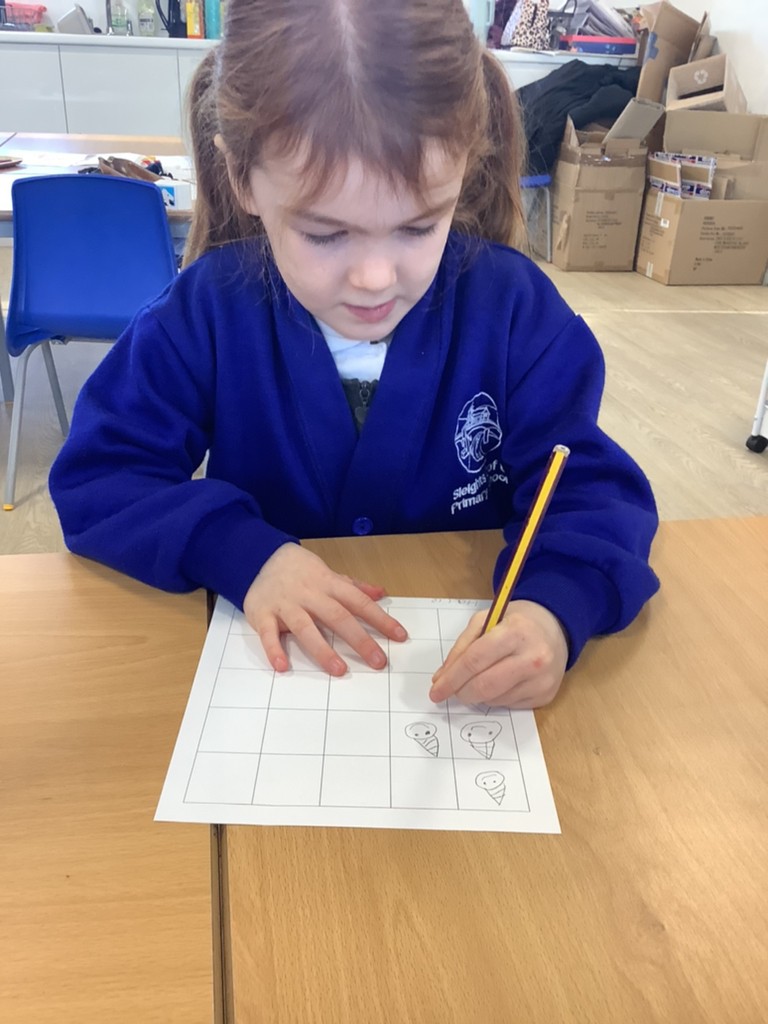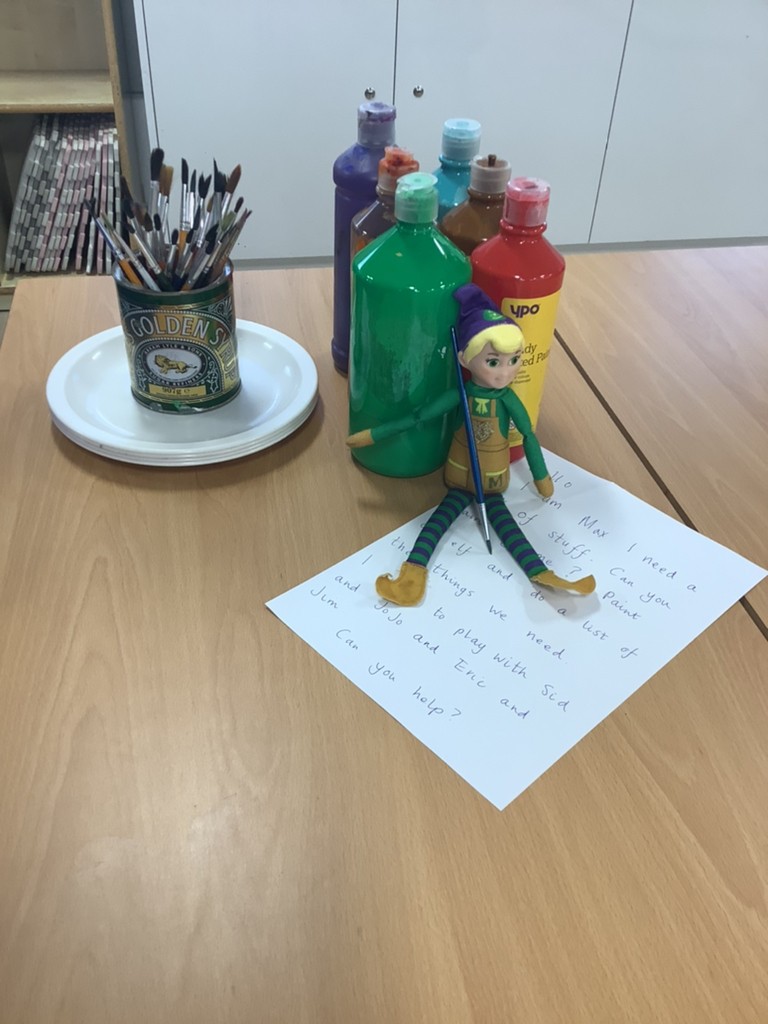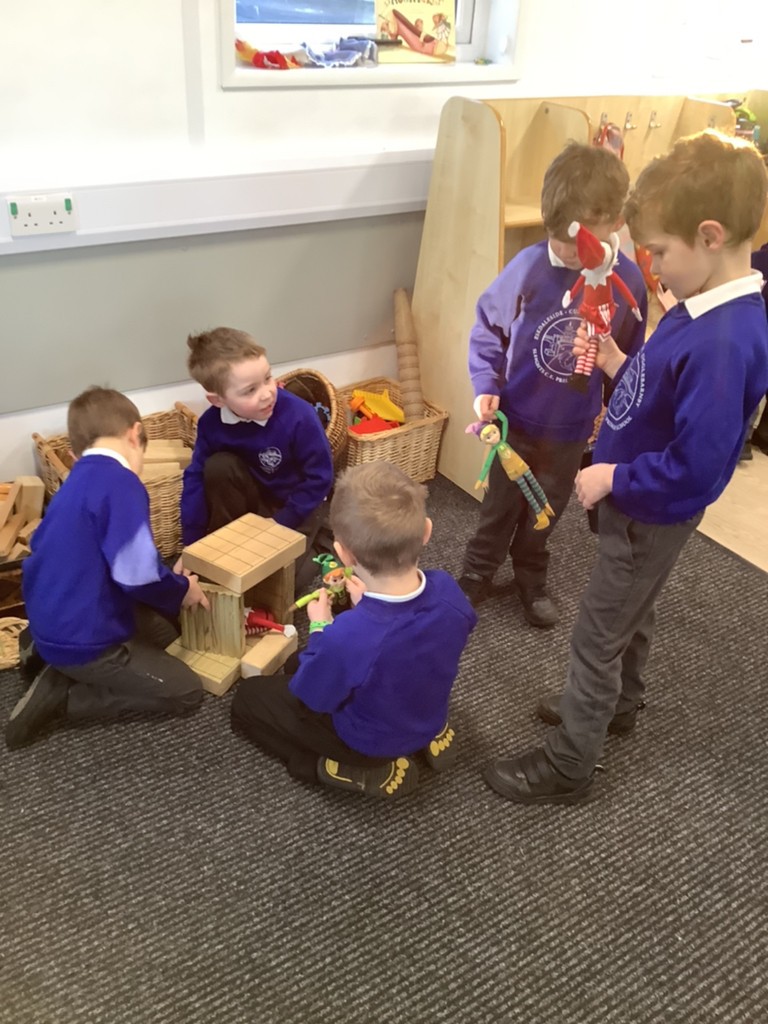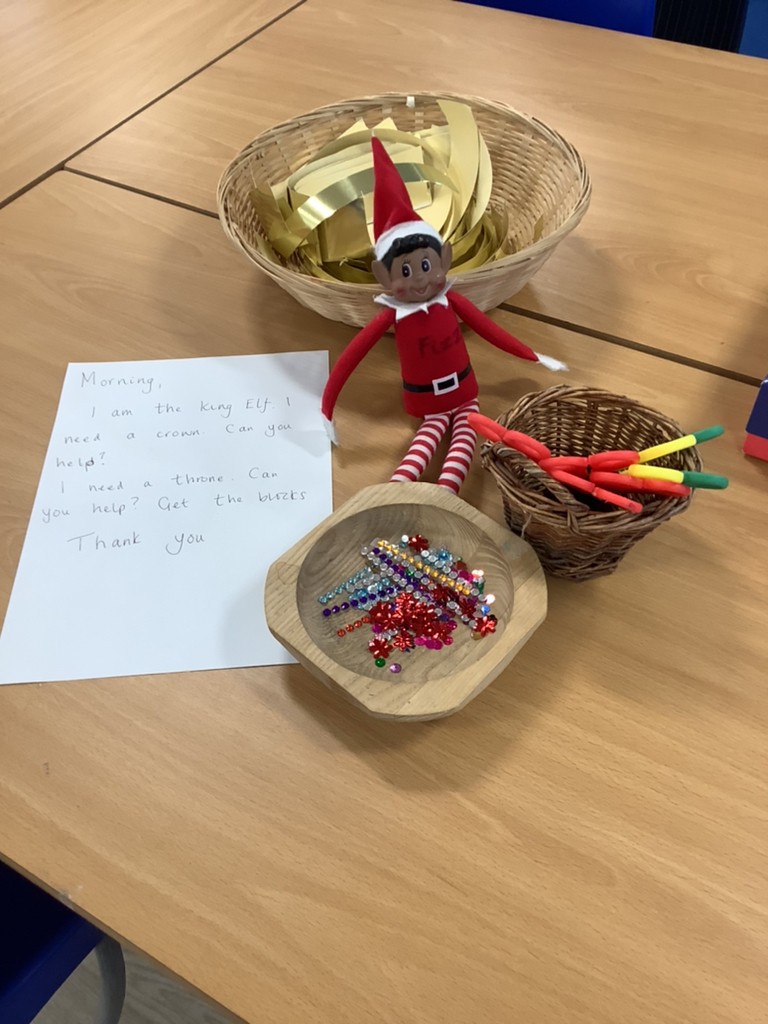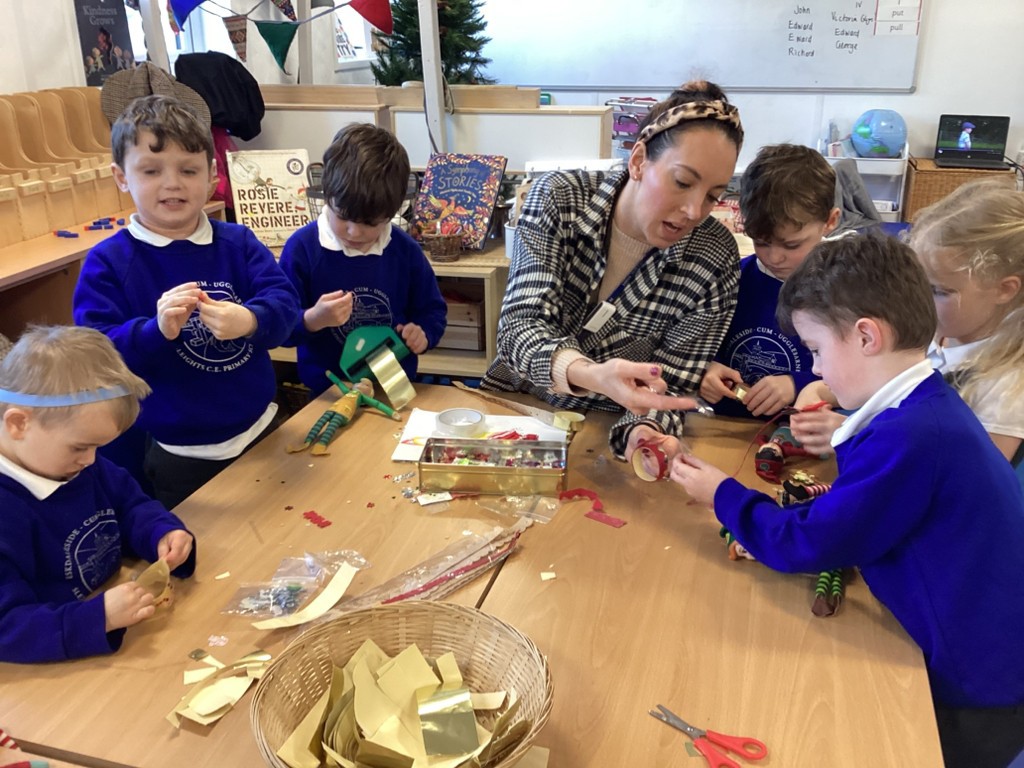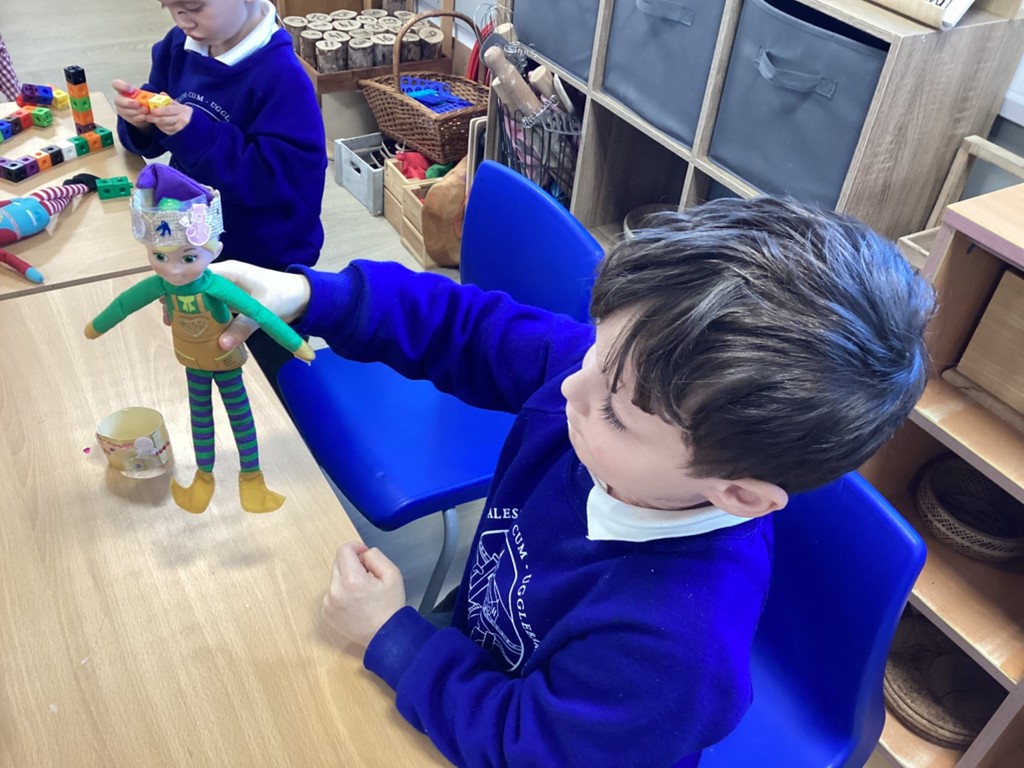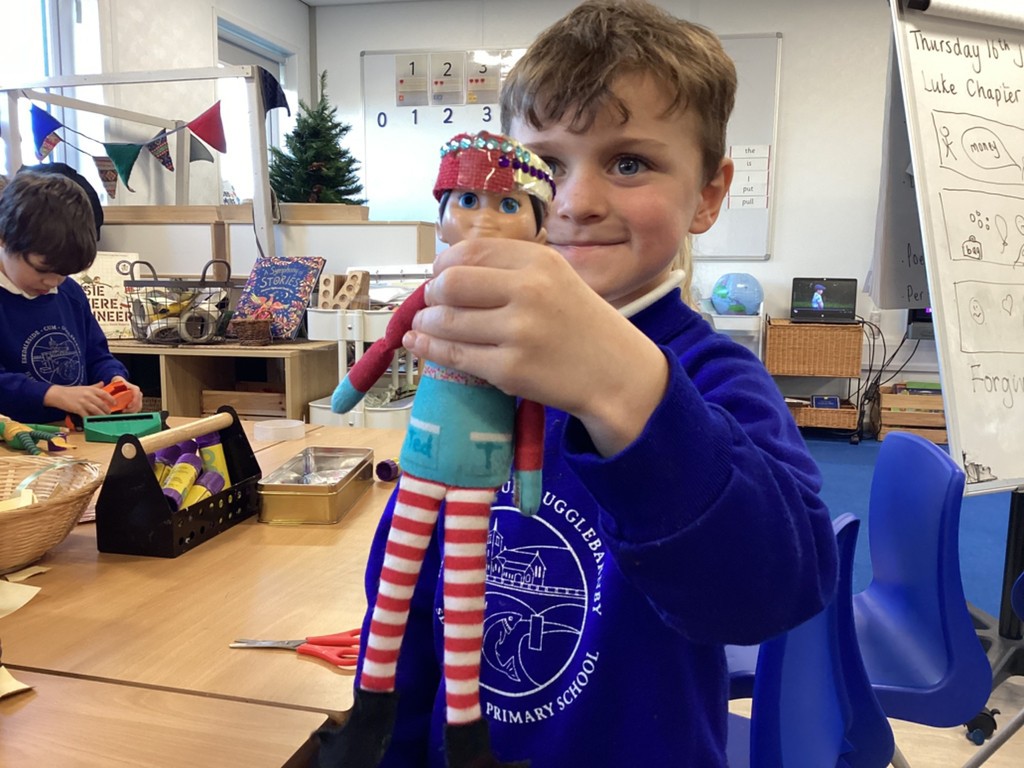Pioneers children are Reception children. The Pioneers enjoy a range of creative and engaging play based activities, as well as formal inputs, to support their development and growth. Children in Pioneers are taught by Mrs Hann, Mrs Gurney, Mrs McGill and Miss Greaves.
Learning begins the minute they walk through the door. The classroom is a carefully curated collection of wonderful things to allow the children to flourish. The classroom is theirs and everything in it is there for a purpose. What they chose to do may be completely different for each individual. This is when the learning happens. The resources are ready to use and accessible and the team work together to create, to communicate, to count and to grow
Each day starts with exploration of the resources and suggestions for learning set out around the room. The Pioneers will come together for teaching. This will happen in small groups, as a whole class and often one to one. Across the day we will gather for mathematics, reading, writing and phonics sessions, to share stories and to learn about the world.
PE kits are in school all week to allow us to do PE at any time.
Please read little and often and write a message in the reading record. All reading is good reading. This is such an exciting time.
Please look out for a text message to let you know when we will go to the forest. We will use our wonderful outdoor space as much as we can and this will not always be on the same day each week.
Children’s progress and activities are recorded in their own Learning Journeys. These act as a summary of the journey children embark upon during their time in Reception and demonstrate the progress and success that has been achieved, as well as the next steps that may need to be taken.
Visit to St John’s Church
We picked a beautiful day for our visit to St John’s church and the walk together was a real treat.
Before our visit we discussed the features of a Christian Church and we knew what we were looking for. From a data handling perspective, Year 1 made a pictogram to help gather and organise their information.
Once we got up to church we walked together spotting the features and discussing their purpose. We then split into smaller groups to look more closely and take time to question.
We located and discussed:pews, the font, the aisle, the altar, the pulpit, the lectern, the bible, the organ and many candles,crosses and statues.
We looked carefully at the content of the stained glass windows focussing particularly on the image behind the altar showing the crucifiction. At this time of year the cloth on the altar is purple and linked this with the colour on our Worship Table at school and the church liturgical calendar. We noted that there were no flowers in church either.
We finished our session with a parable from the bible, also shown in one of the windows-The Shepherd and the Lost Sheep.
Such a lovely way to spend an afternoon of wonderful learning.
Mechanisms and Structures
We continued our work in Design and Technology,exploring wheels and axles. During our exploration we began to see how cogs worked together. The addition of some longer pieces of wood allowed the Pioneers to build on a bigger scale,working together to secure long pieces.
We built a tower from the left over parts of a wardrobe. This formed a platform for our ramp (a carpet inner tube) We ran the trains down the tube and had a discussion about friction.
Some intricate structures have been made this week and we will continue to develop these next week.
Stop,Look,Listen,Think
The Pioneers planned a trip to our local park and we needed to risk assess the route after looking at it on a map. We noted trip and slip hazards, parked cars and discussed the shape of the road.
After watching a road safety video in the classroom, we rehearsed what we would do when out on the road.
The weather was not kind to us for our Field Trip but the Pioneers battled on through the sleet and the rain. We discovered the pavement surface indicating where it was safe to cross.
Pop-Up, Slide and Pivot
The Pioneers love to cut and stick and create and in Design and Technology we have been looking at mechanisms and creating our own. Our initial designs were simple but soon became personalised, combined and complex.
The Pioneers are aware of how to keep themselves safe when cutting card and paper and making holes, placing a blob of blu-tac behind.
On World Book Day, Pioneers worked with their families to create pop-up pages and they were simply stunning.
Zoom to the Moon
The time had come for the visiting elves to leave and go back to their day job. The Pioneers have enjoyed their daily letters and tasks and had one final job to do. They needed to launch a rocket with moving parts and water power to zoom to the moon. We looked at the sliders and the pivots and discussed mechanisms. We used the pump to push the air into the bottle, half full of water. We discussed liquids and gasses and the materials the rocket was made up of.
In the classroom we used joining techniques to create our own rockets before heading to the field for launch day.
The elves have all gone and been replaced by trolls and a few goats.
We listened to In the Hall of the Mountain King by Edvard Grieg and discussed how this made us feel. The story and the music work very well together.
Happy Learning
Exploring and Making Links
The Pioneers love to be active and to look for patterns and links and find ways to explain these. We have been exploring patterns in number looking at 5 and a bit and 10 and a bit. We have used a variety of materials to create number lines and representation. We used a big wooden number square and a number splat on the whiteboard. The work was full of new thoughts which require a bit of grappling to articulate once we had spotted links.
The elves are still with us and wanted a material to make a window in their rocket. The Pioneers were asked to test materials to decide which would work best. We explore testing all and everything in the classroom by looking to see if light could pass through or not. We then recorded our results on a table, discussing our findings as we went. The Pioneers now know how to record results on a table and the words transparent and opaque.
Spring Sunshine, Story Telling and Big Printing
The sun shone and there was a little bit of a warm feeling in the air. Pioneers spent most of the day out and about making use of our wonderful school grounds.
We worked on story telling and story making linked to Peter and the Wolf and our visiting elves. We enjoyed maths in the forest and on the playground. In the afternoon we did some printing on a big scale using tubes and lots of loose parts to experiment and create.
Such a wonderful day.
Bowling, Batting and Fielding
Pioneers love their cricket sessions and learn so much during the sessions. Listening and focus are a priority. Teamwork is required. The Pioneers know the routine and each week we build new skills to perfect technique. Our expert coach Owen guides us through a series of games to highlight the required body position and thinking.
We played “What’s the Time Mr Wolf”, “Craters and Volcanoes” and “Hit the Alien”. Hit the Alien allowed us to focus on bowling, hitting the alien to knock it out. Within our session we managed to get rid of them all.
The Elves are Making Requests
The elves are arriving daily and bringing written requests for all sorts of things. The letters include tricky words and the new digraphs taught this week. It is funny how they know just what we are learning about. They must have known that we are looking at materials in science and about joining techniques in DT as lots of their requests were related to using different materials and using a variety of methods to secure these!
We have made little bags to contain boots and crowns and painted pictures to annotate. The Pioneers have built thrones and used the elves to help when finding one more in maths. The Pioneers are writing lists of elf names and elf items and this is so wonderful.
So much collaboration and consideration is happening. There is a lot to get to grips with when sharing resources and space and elves.
So much progress this week! Go Pioneers
